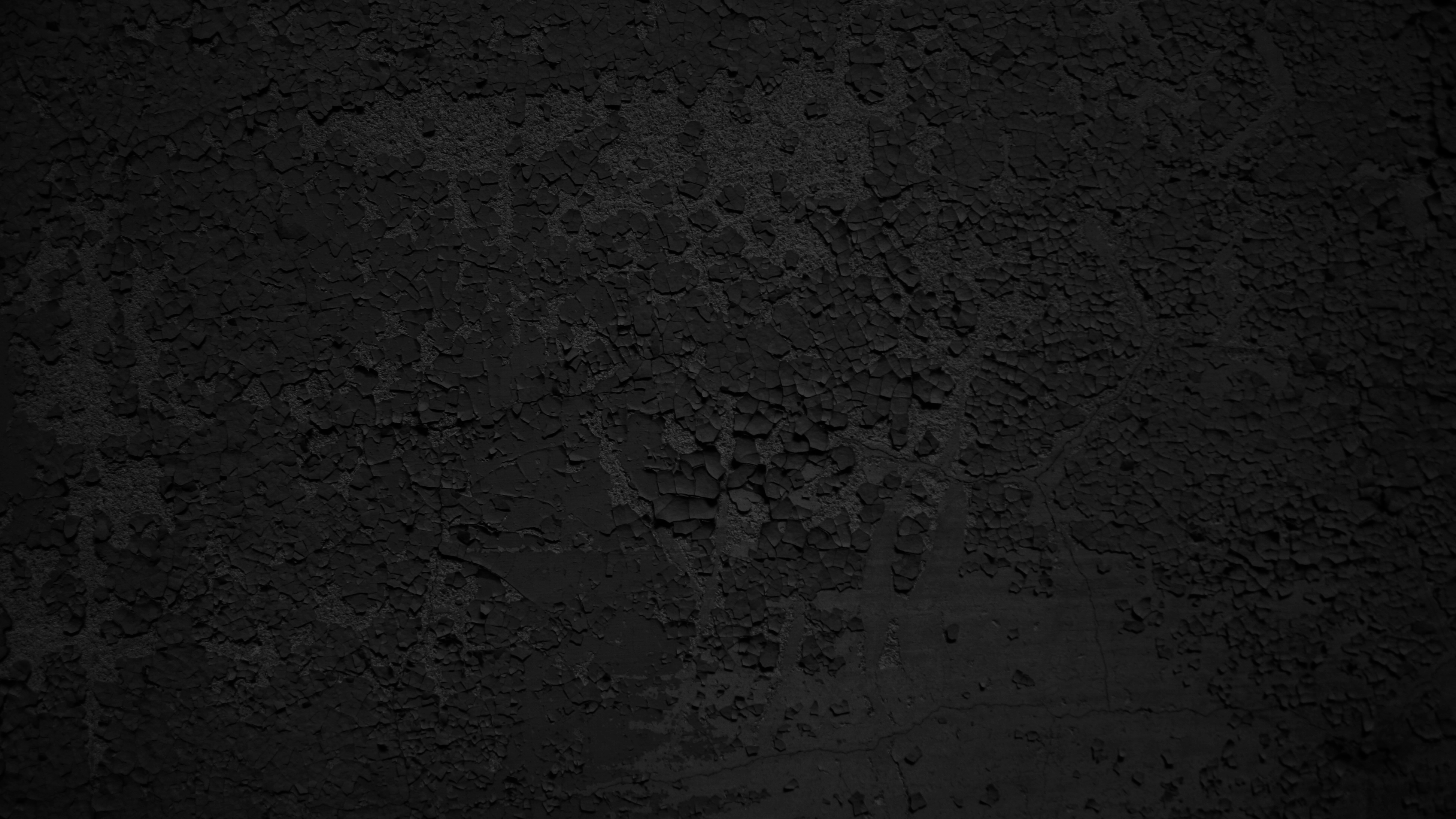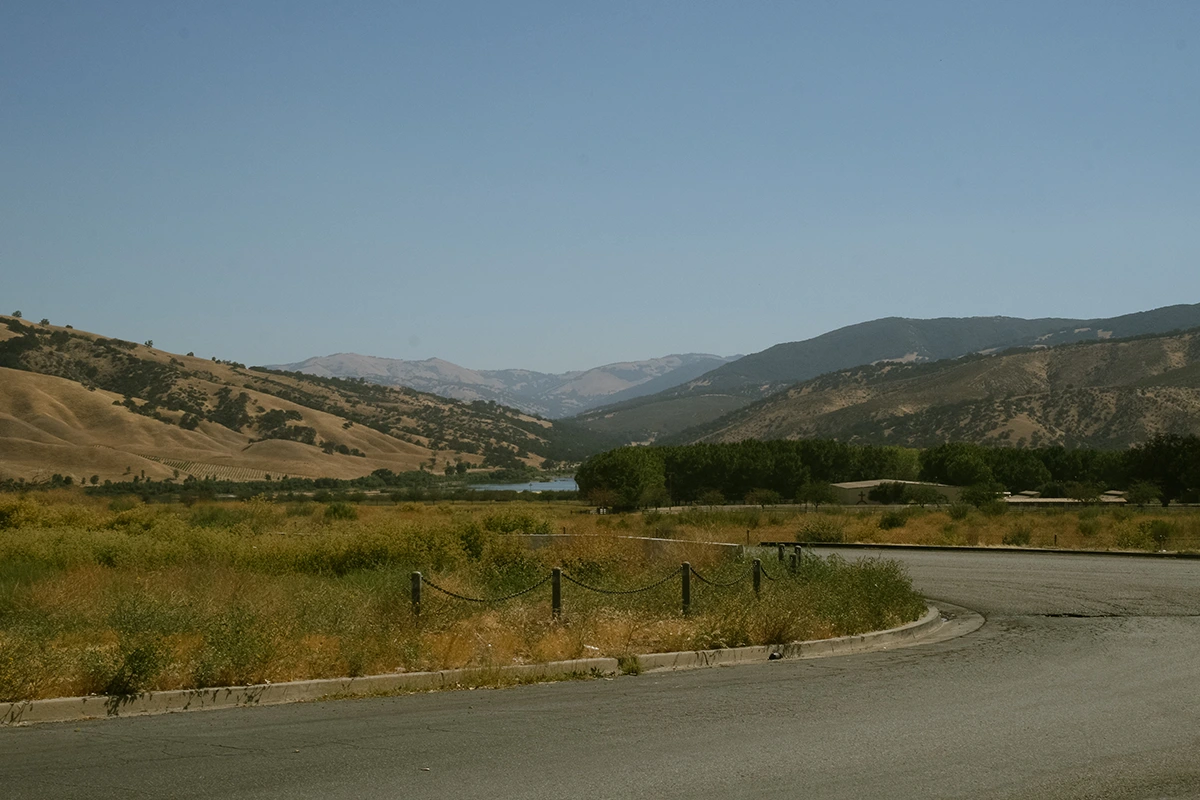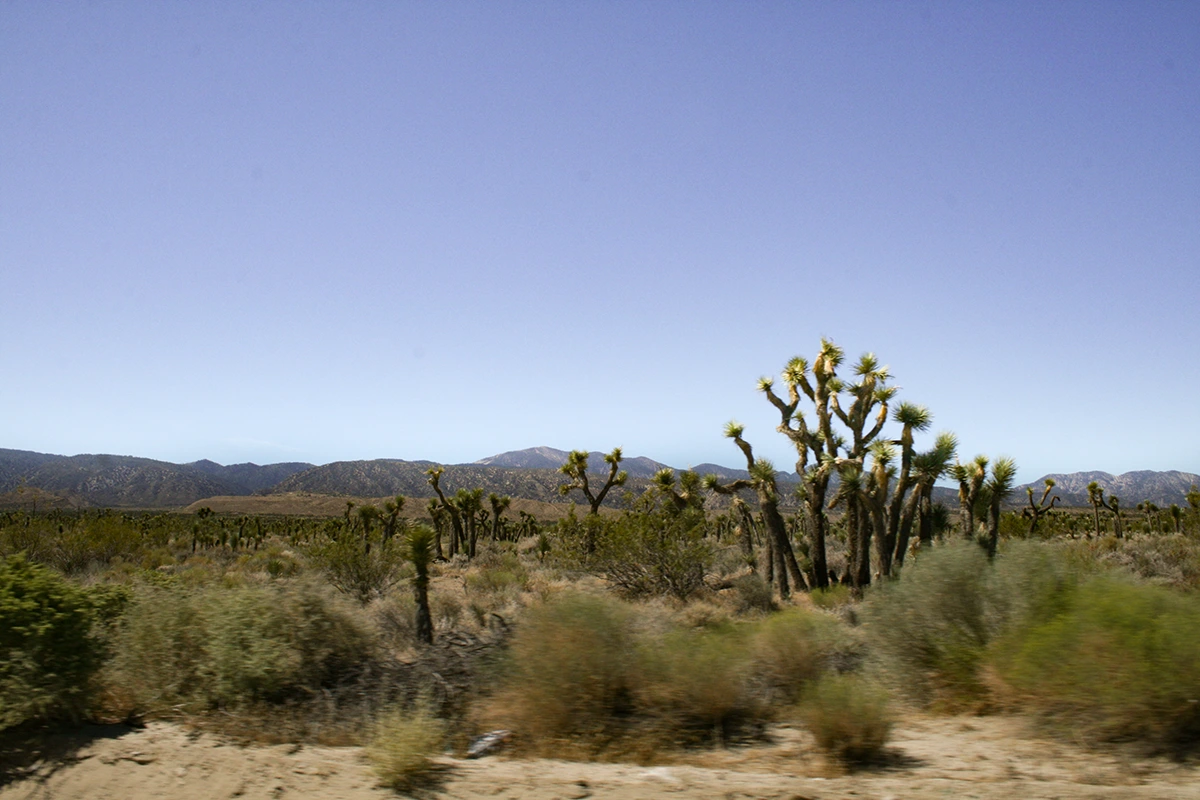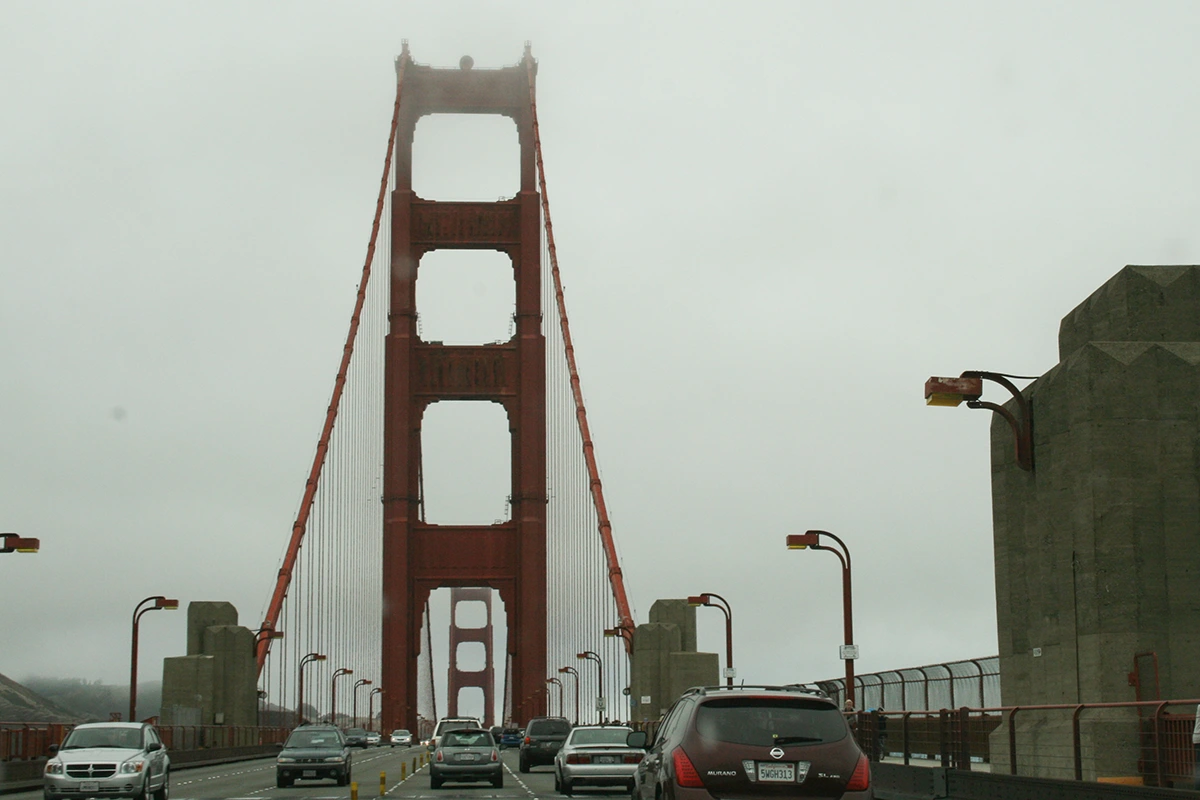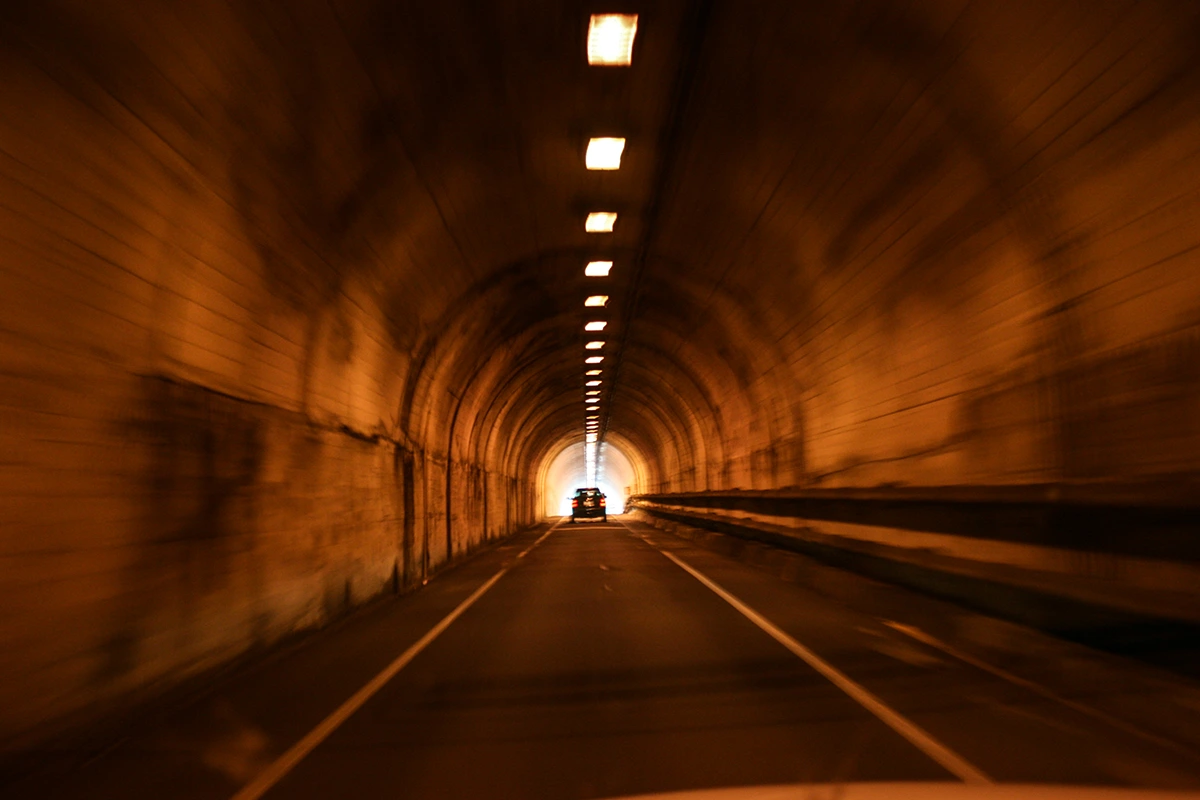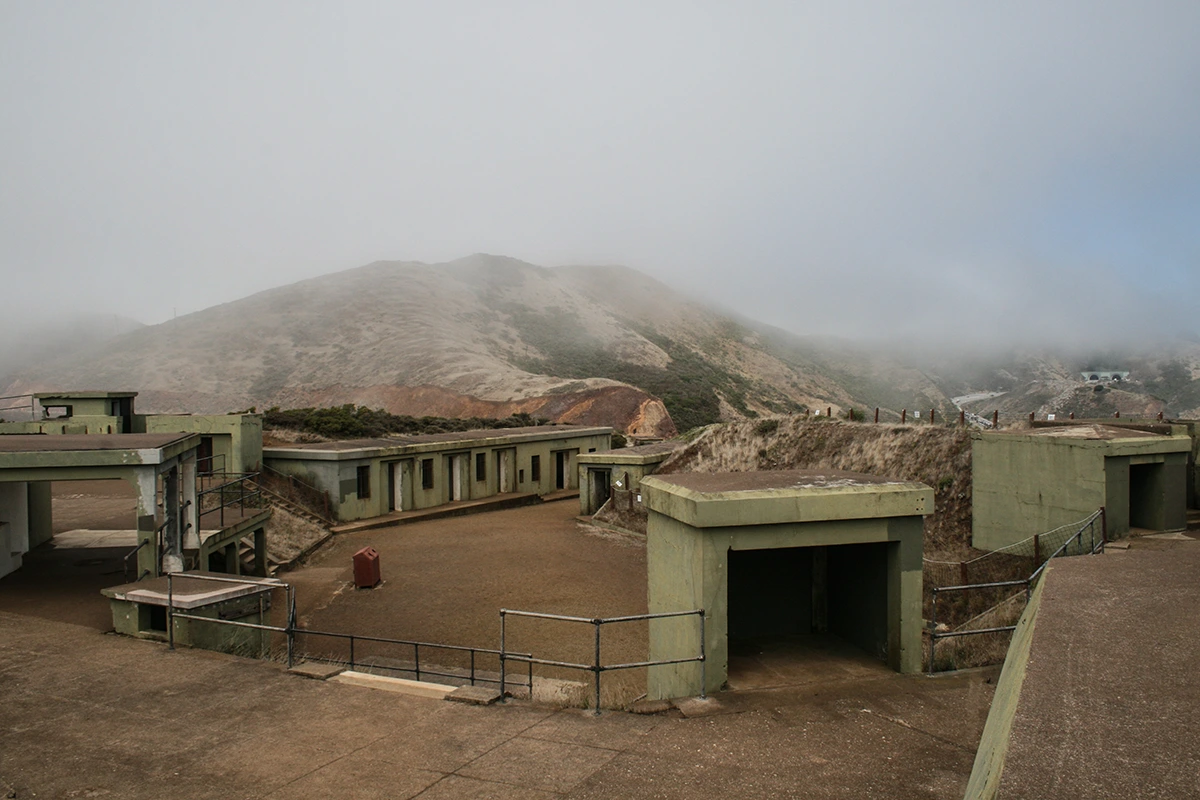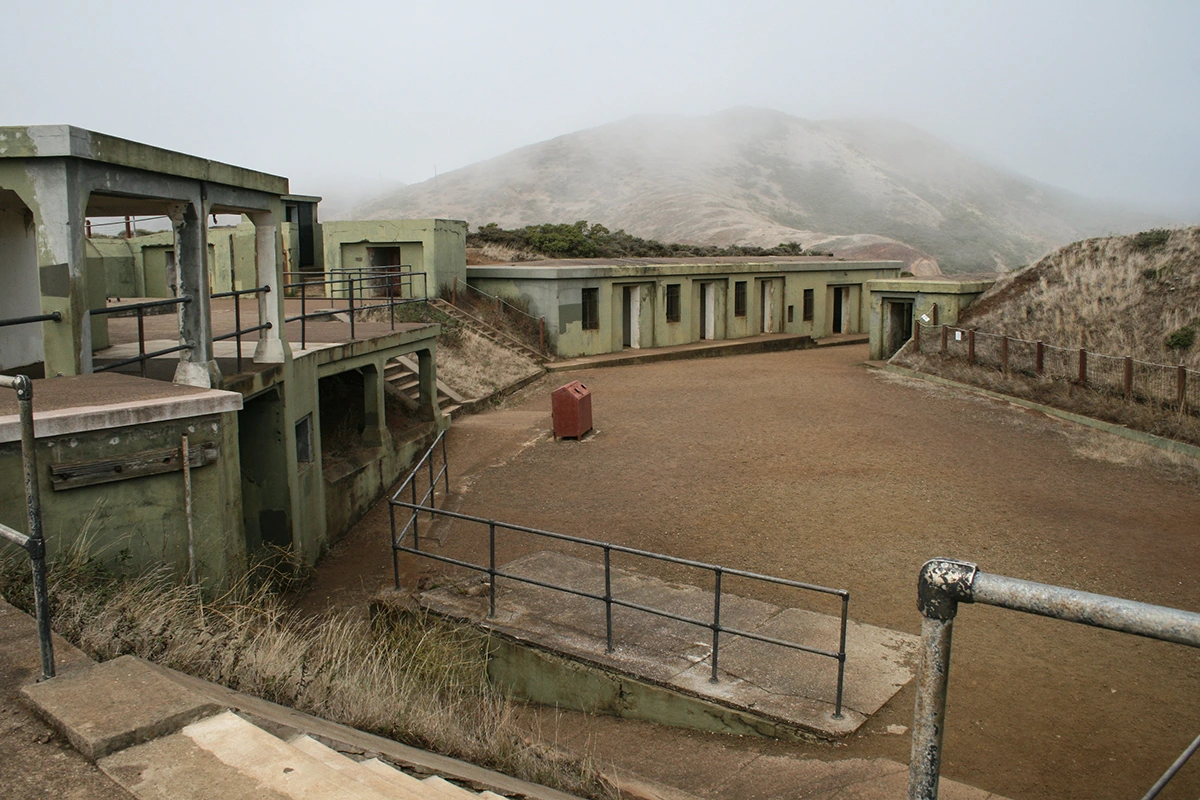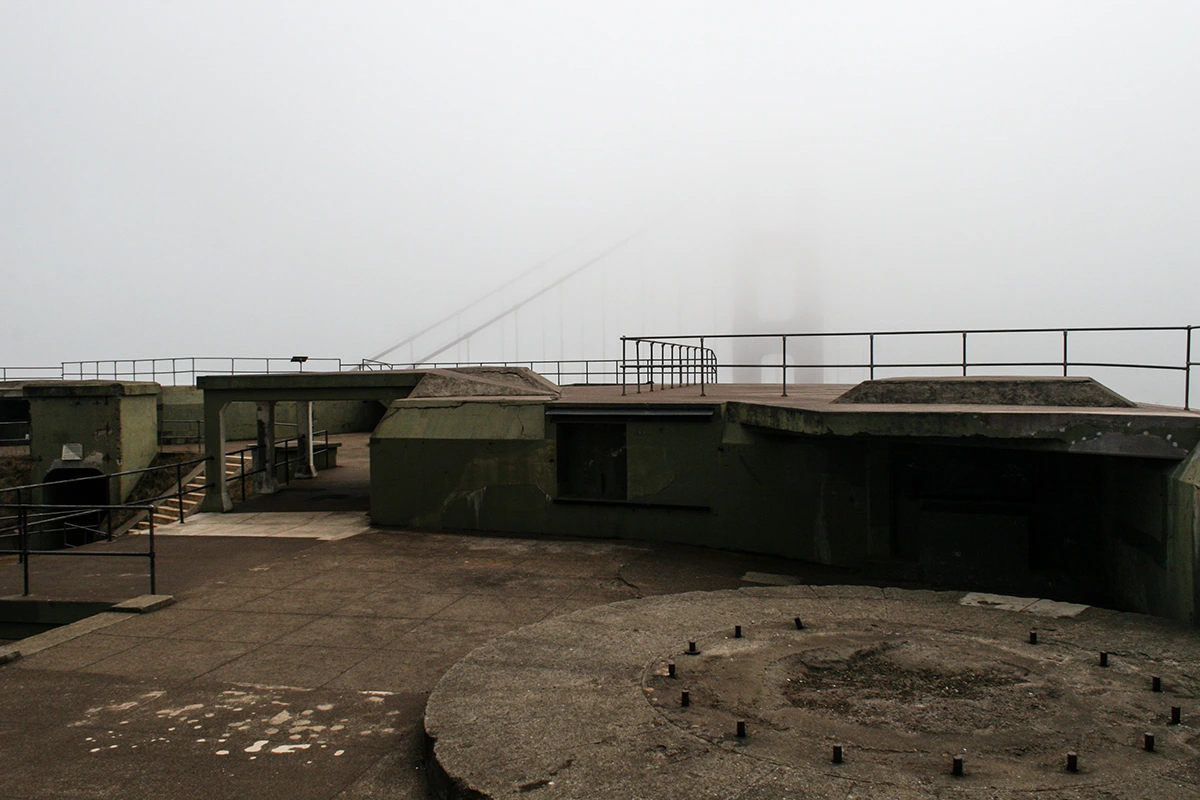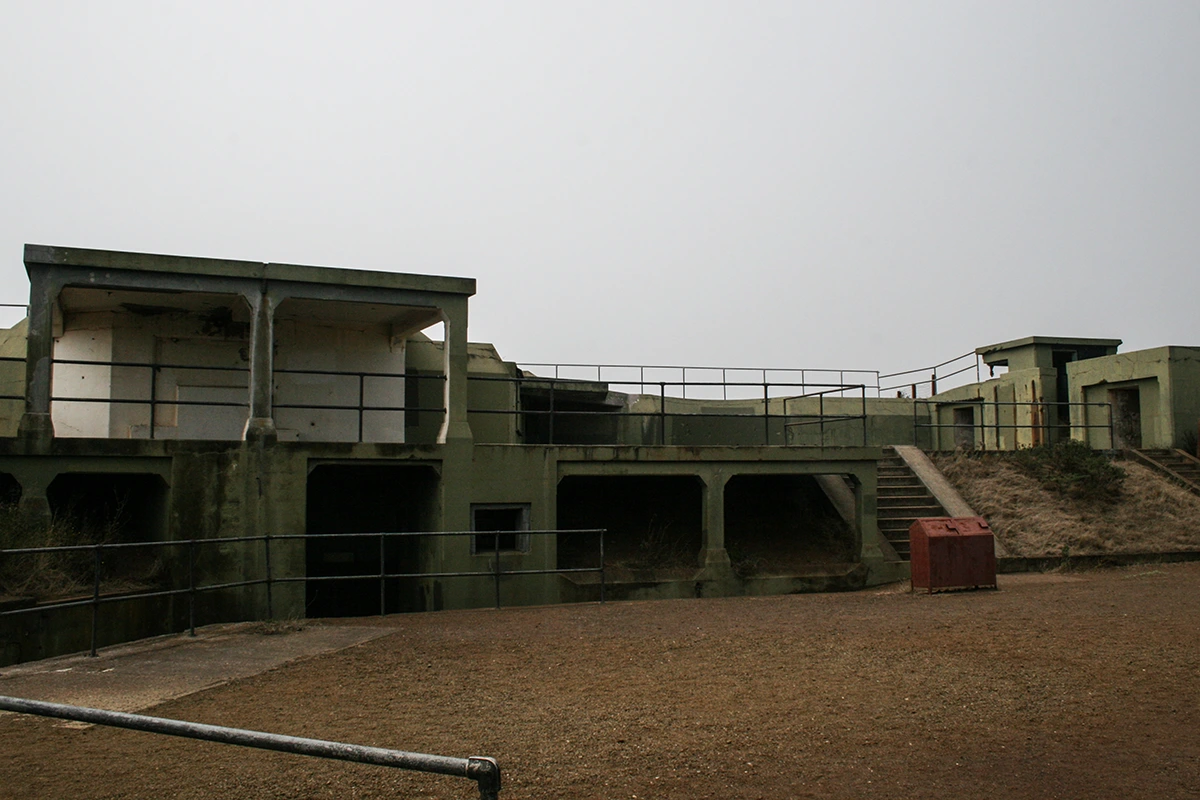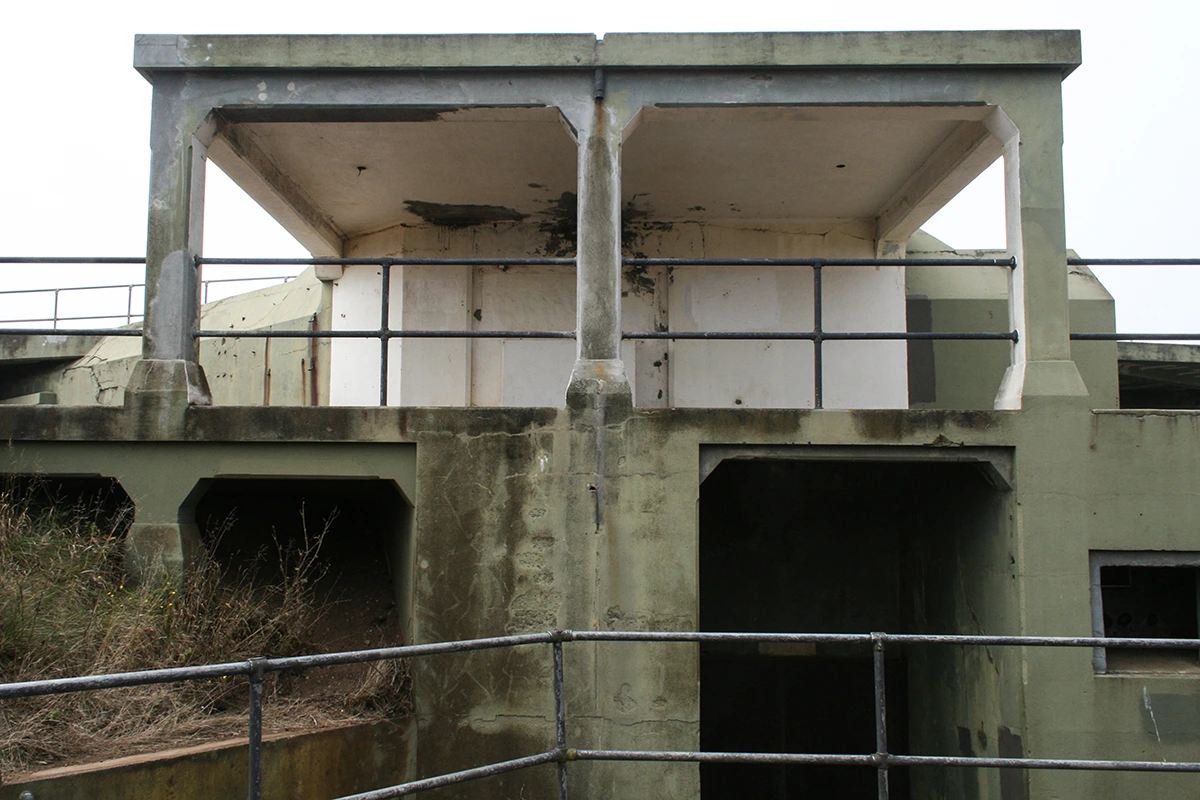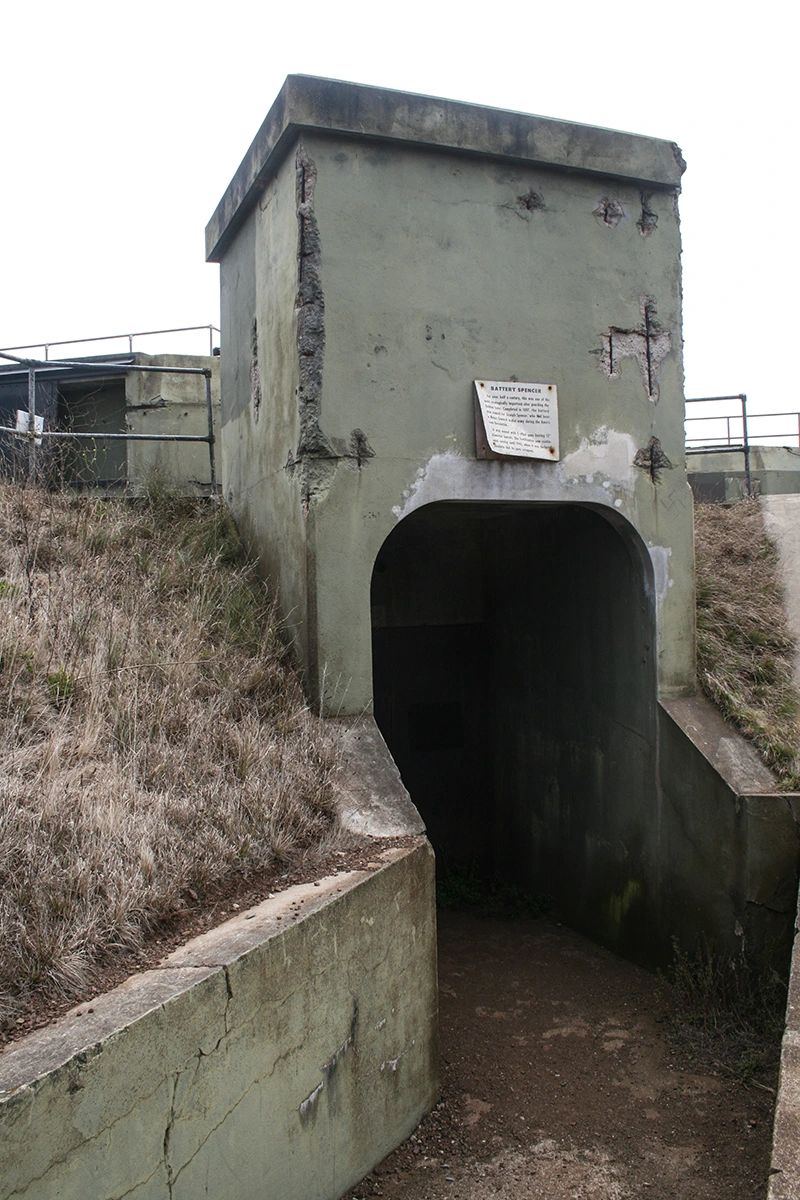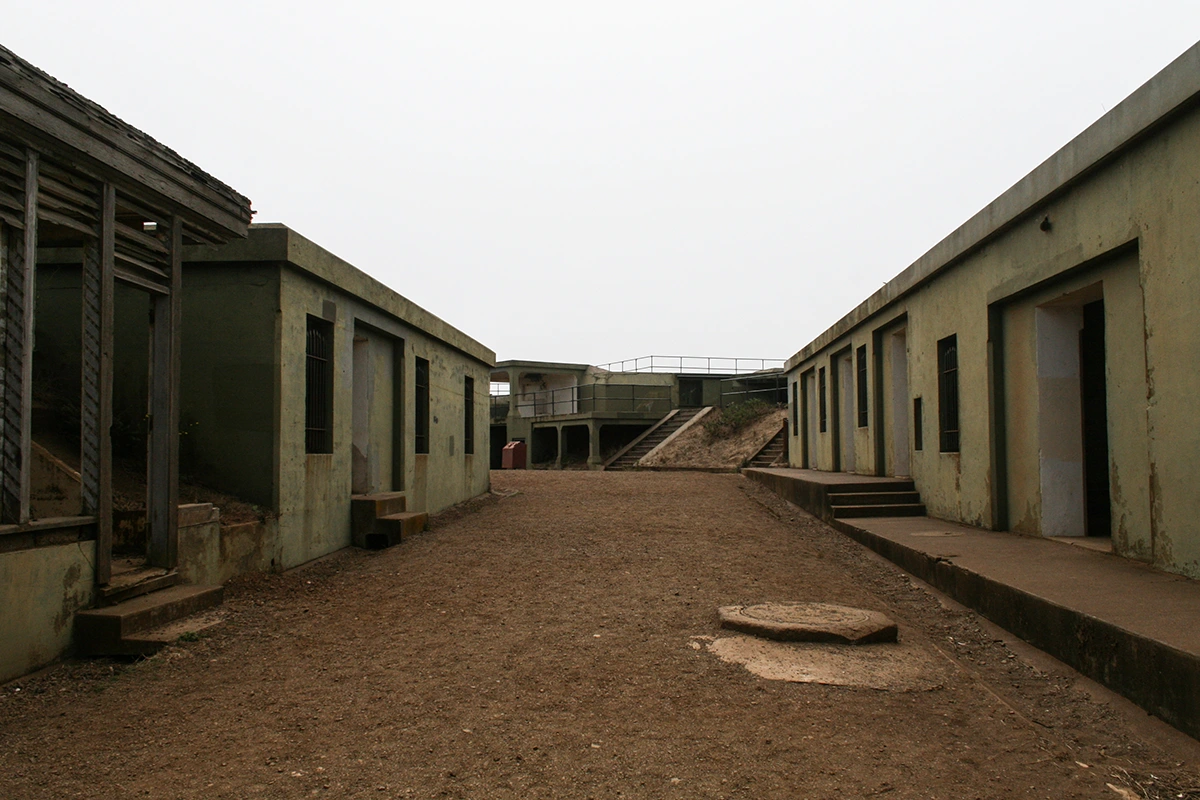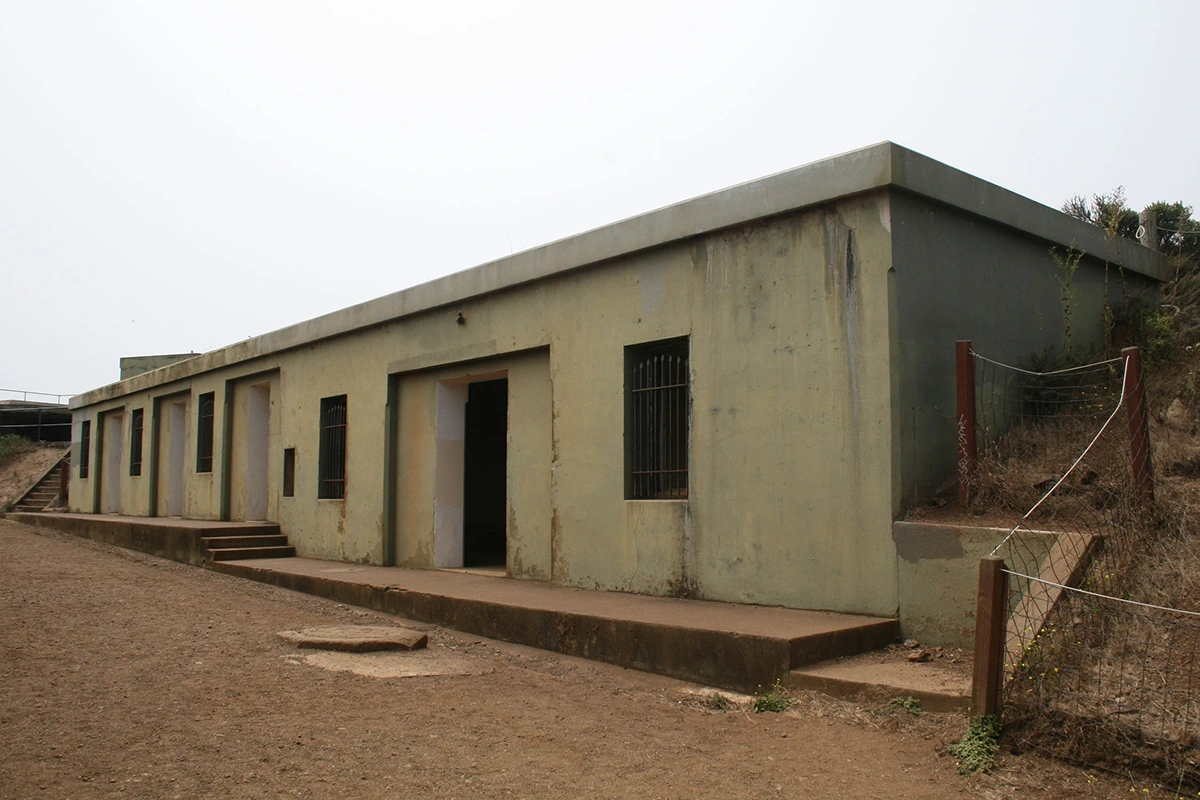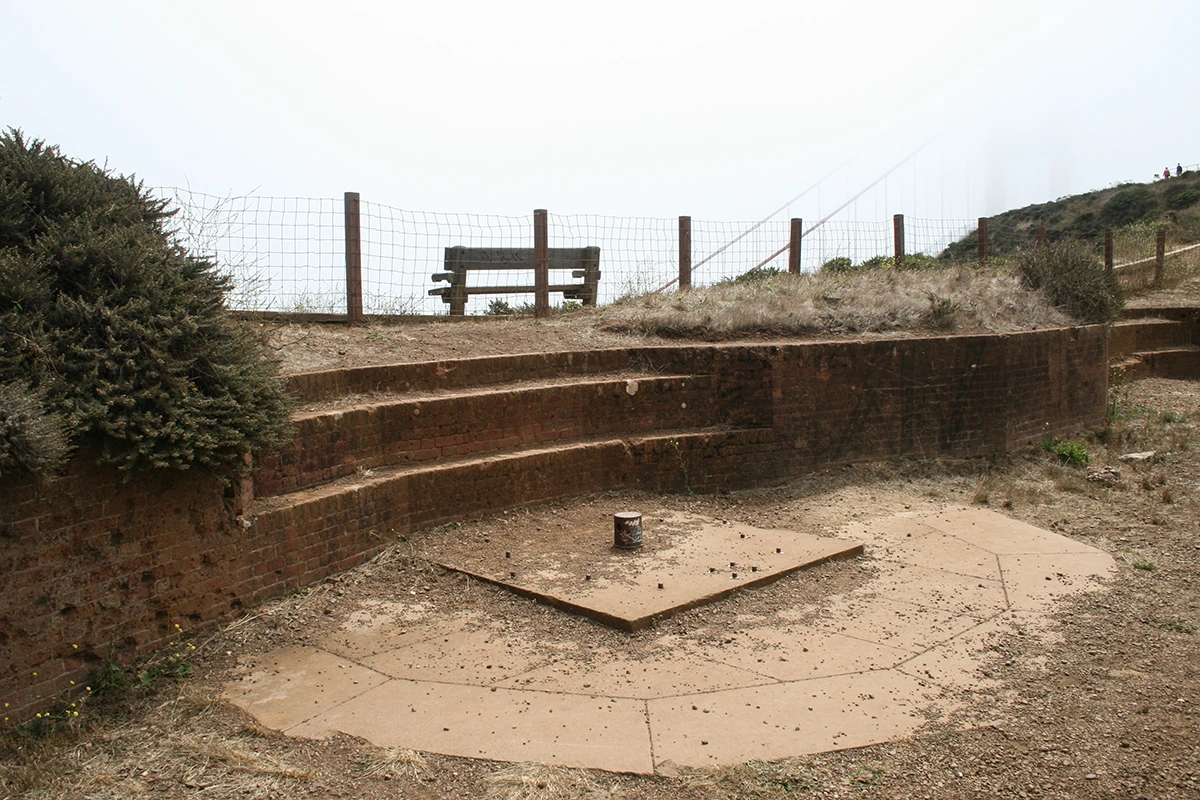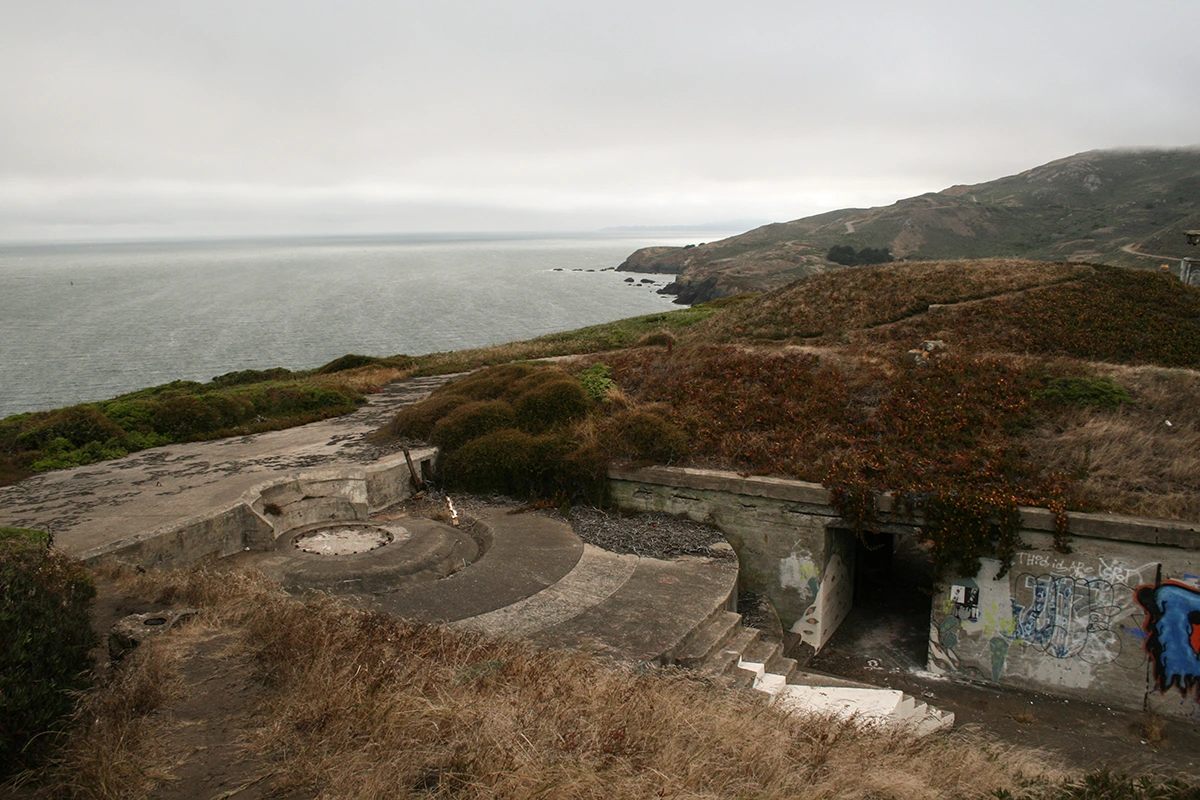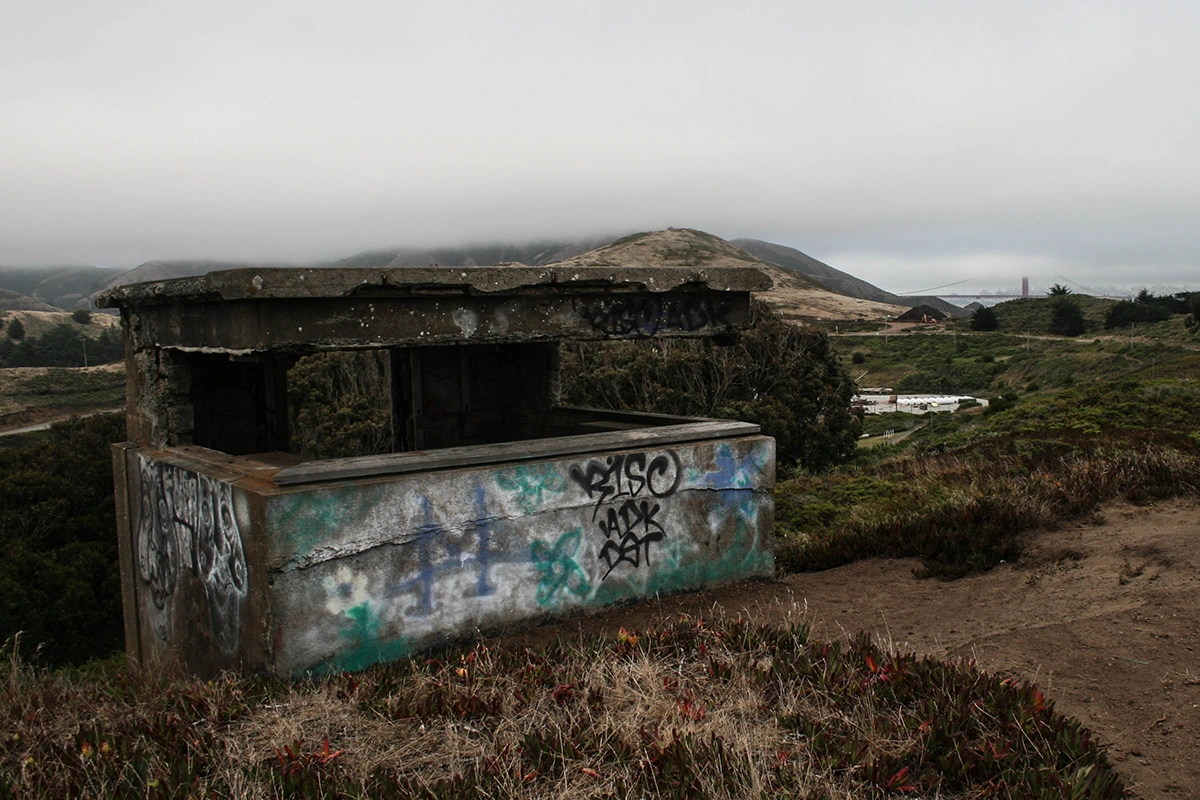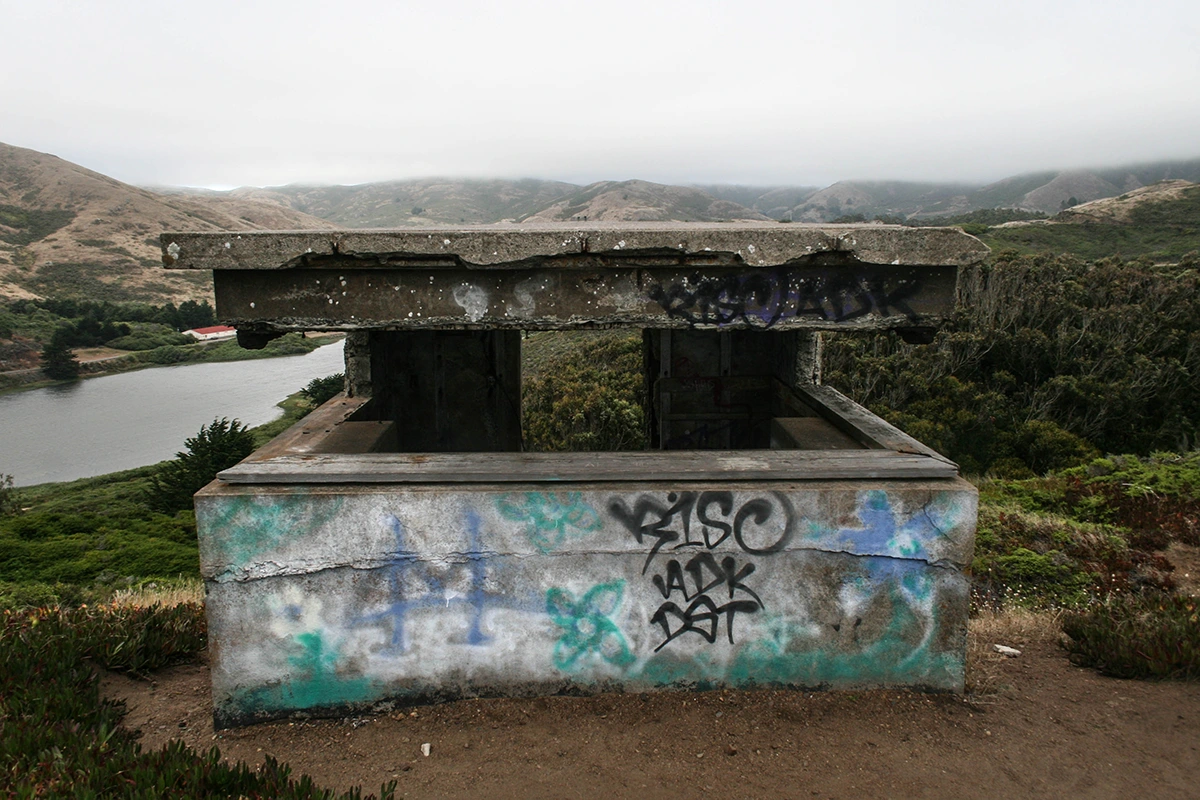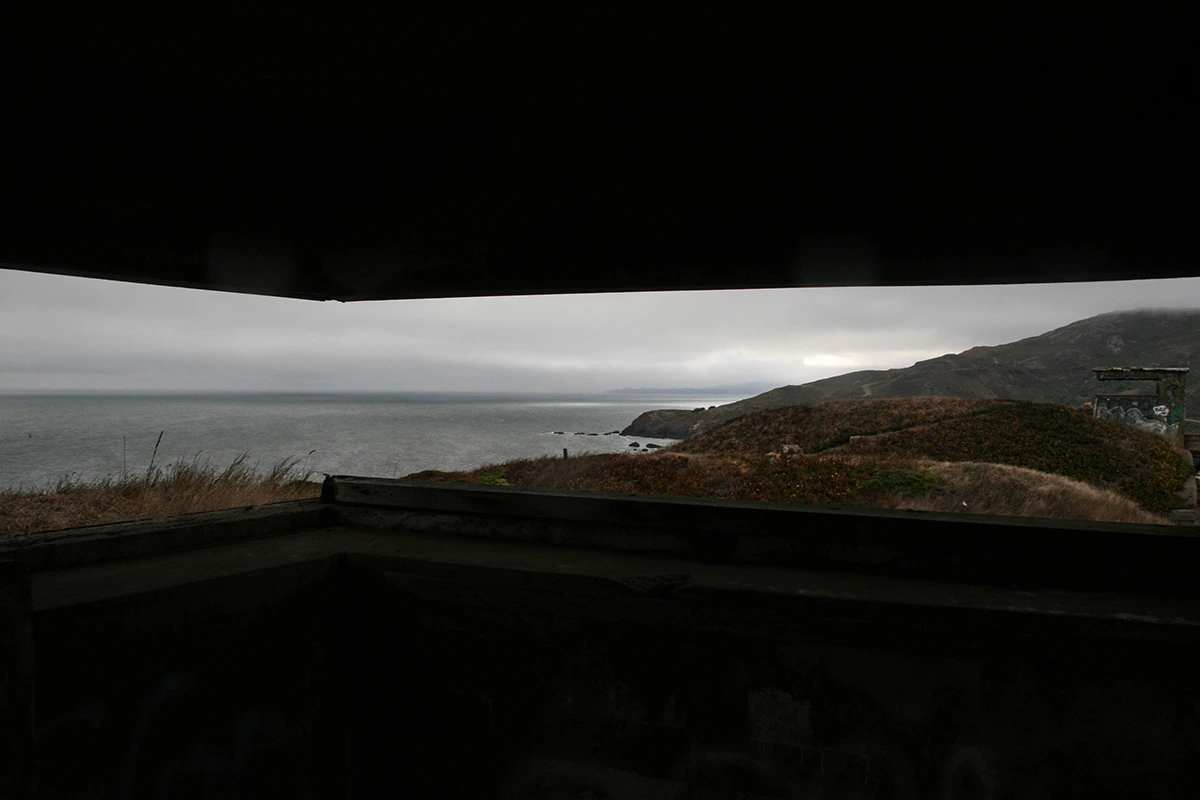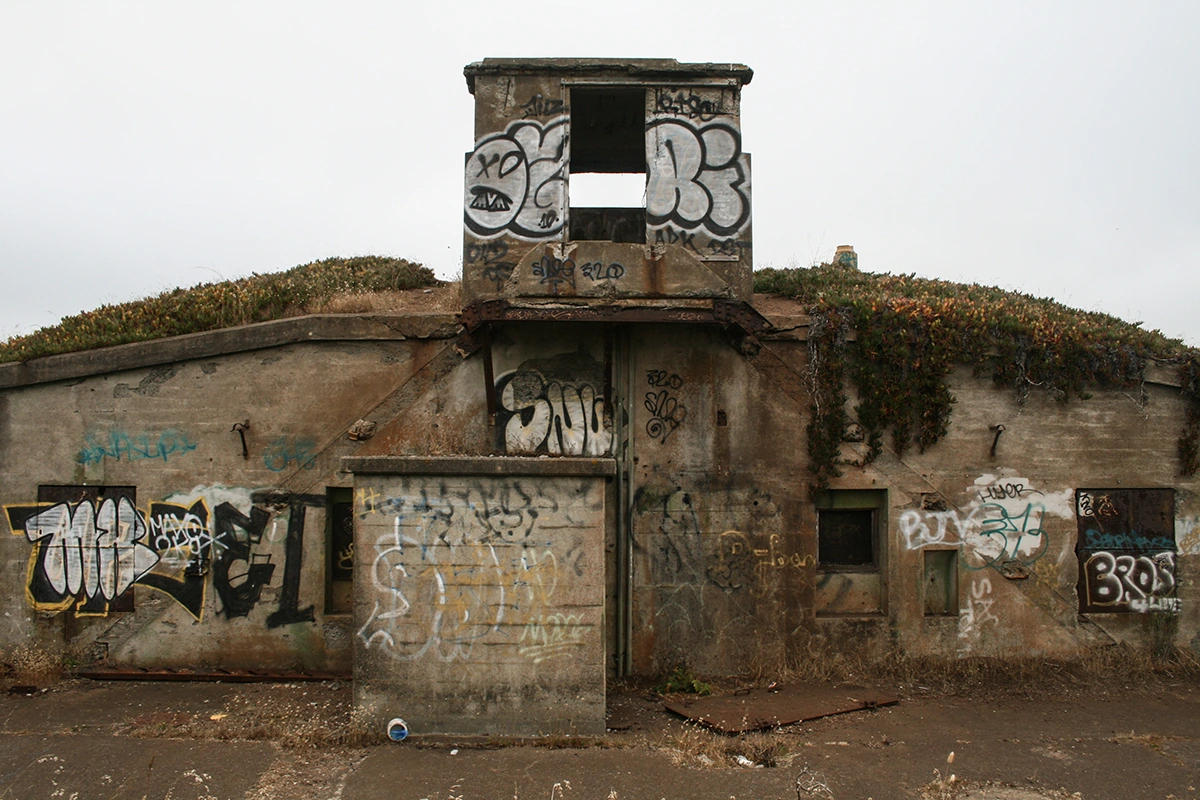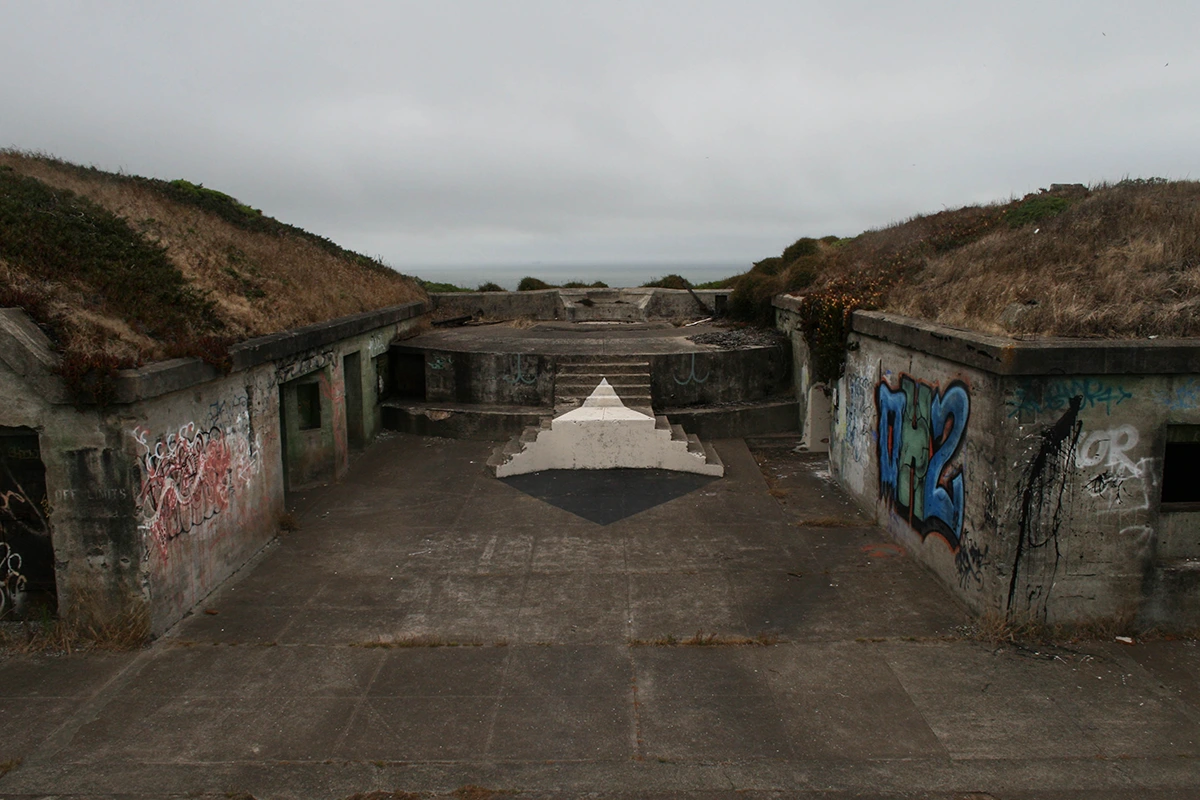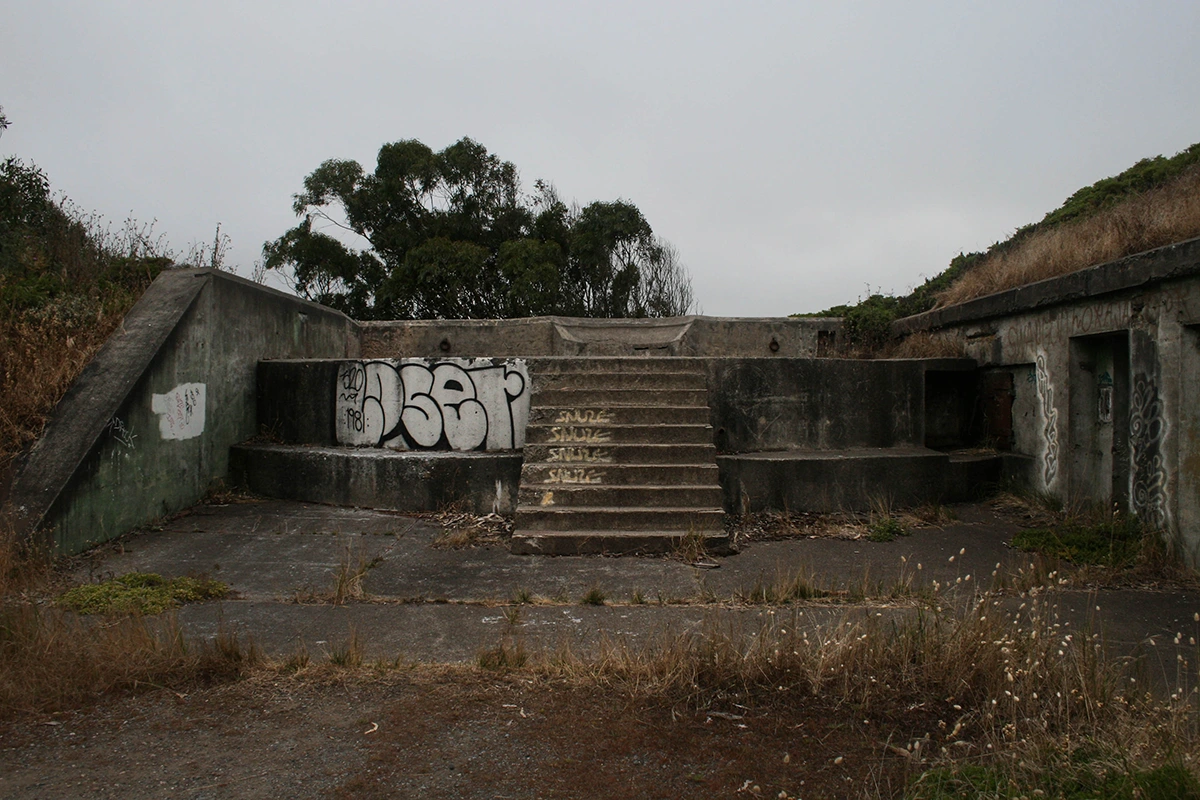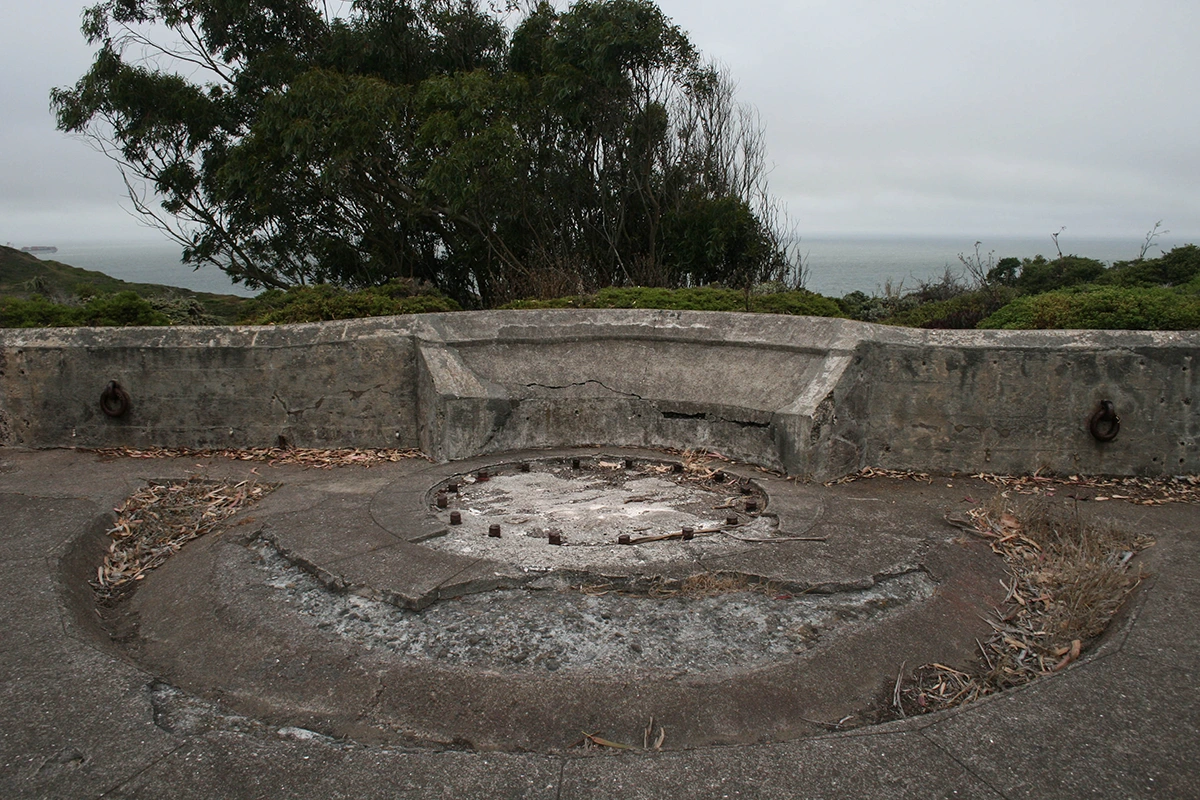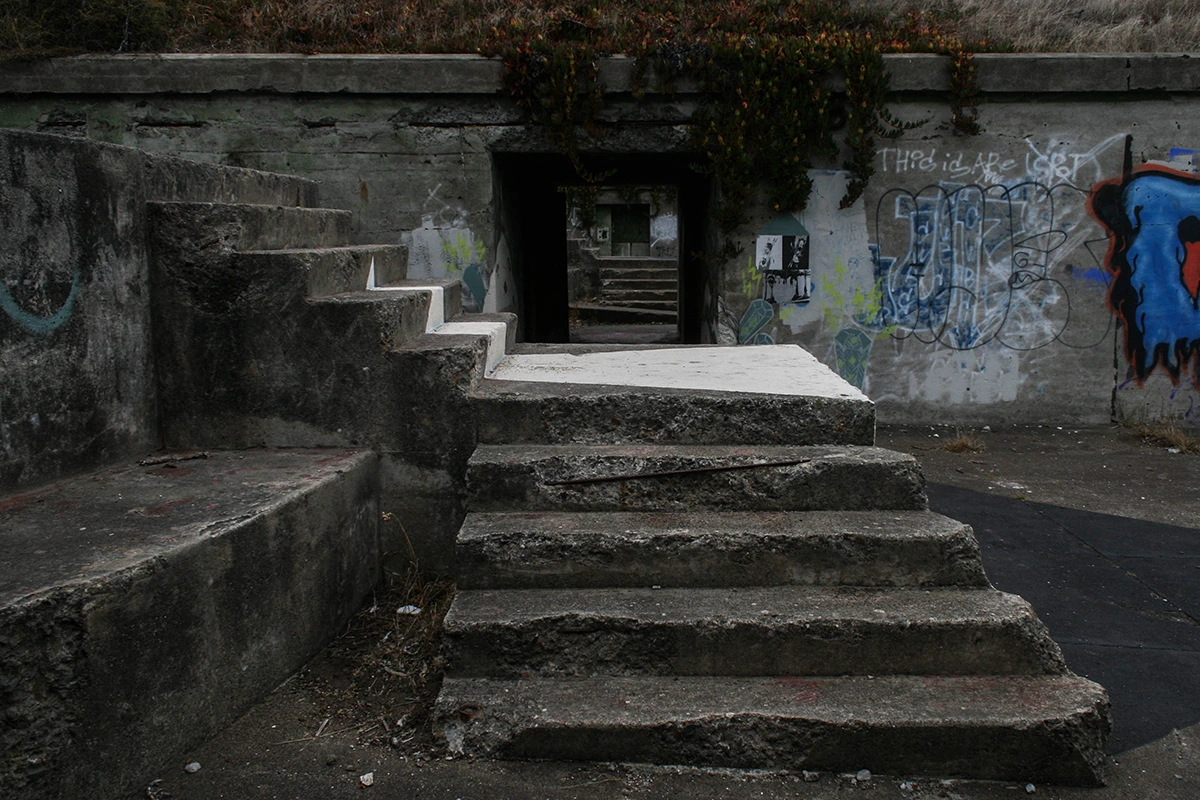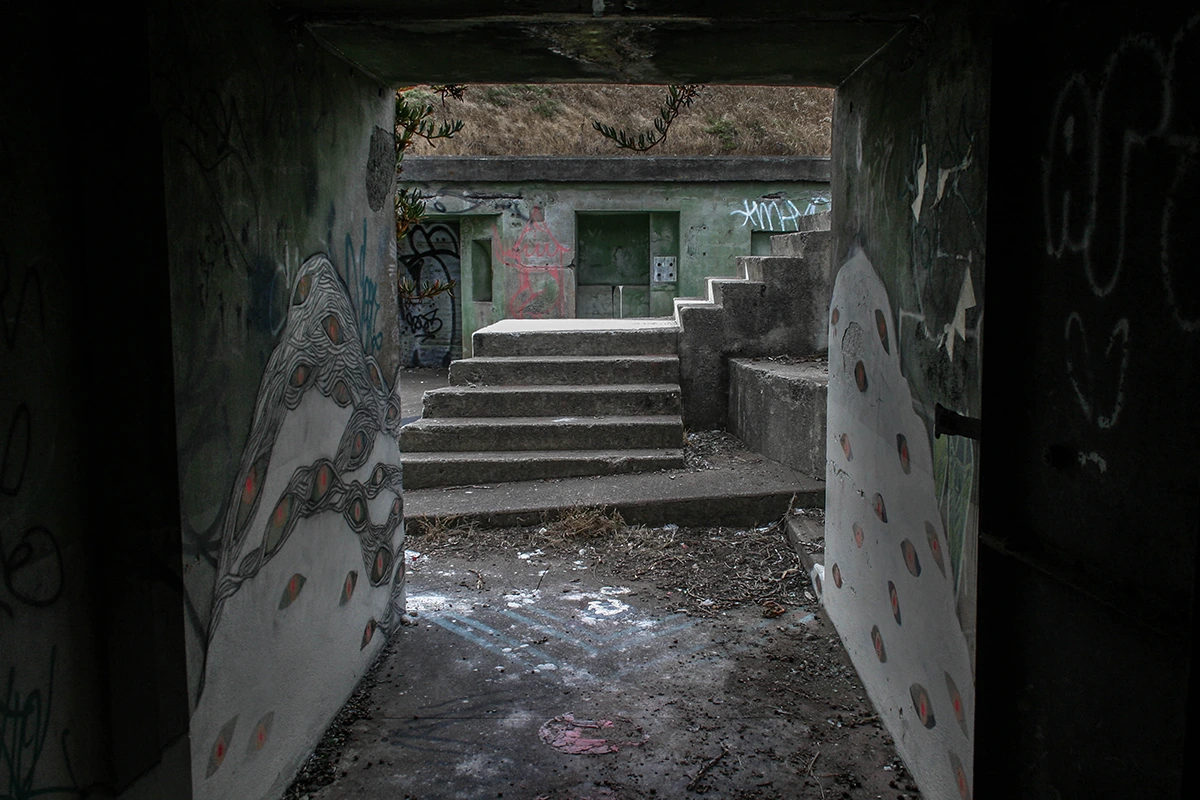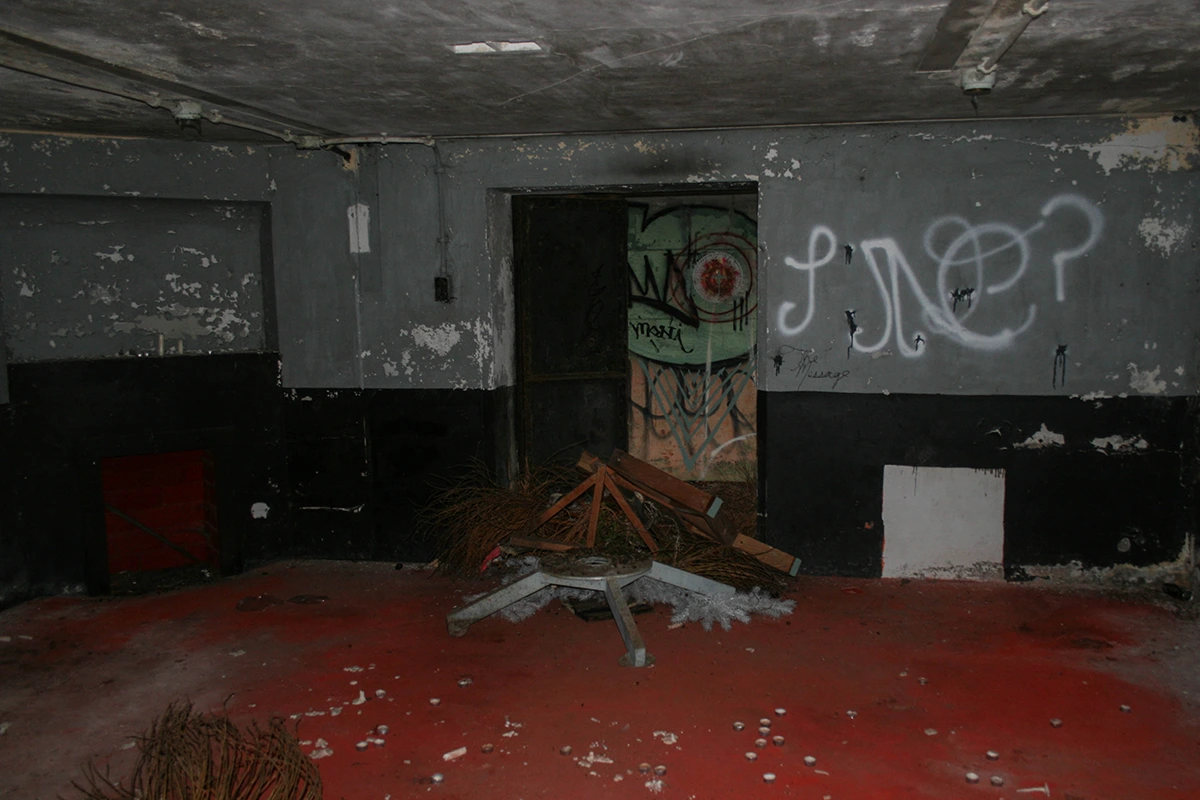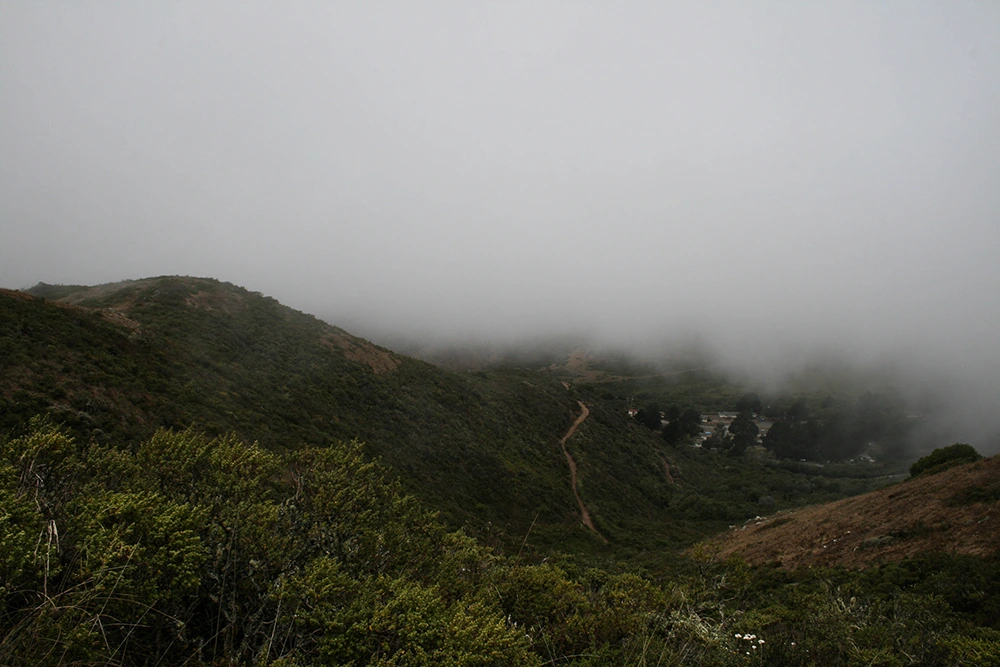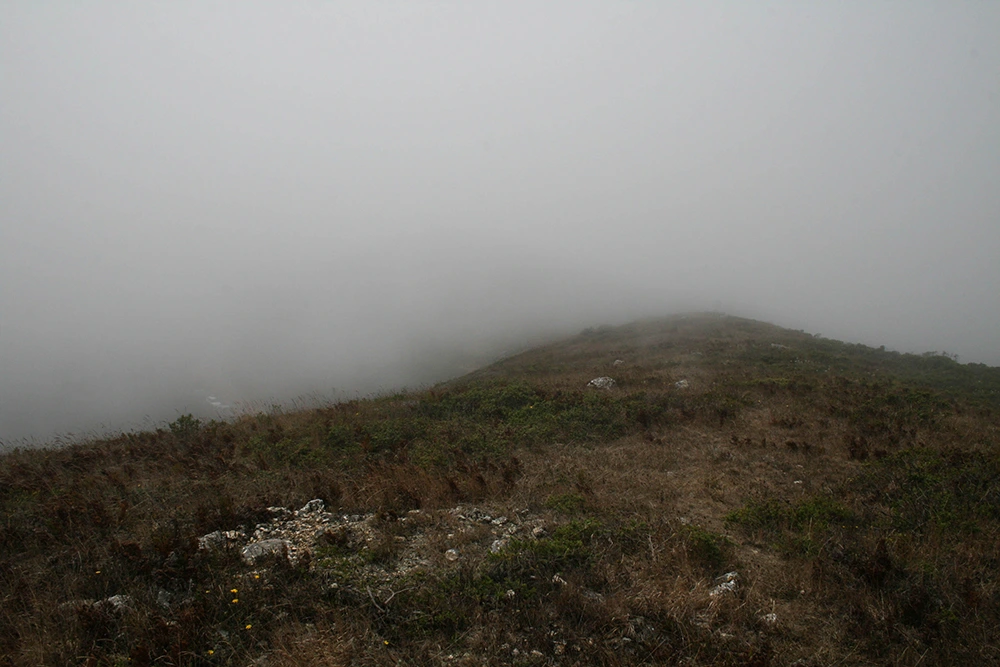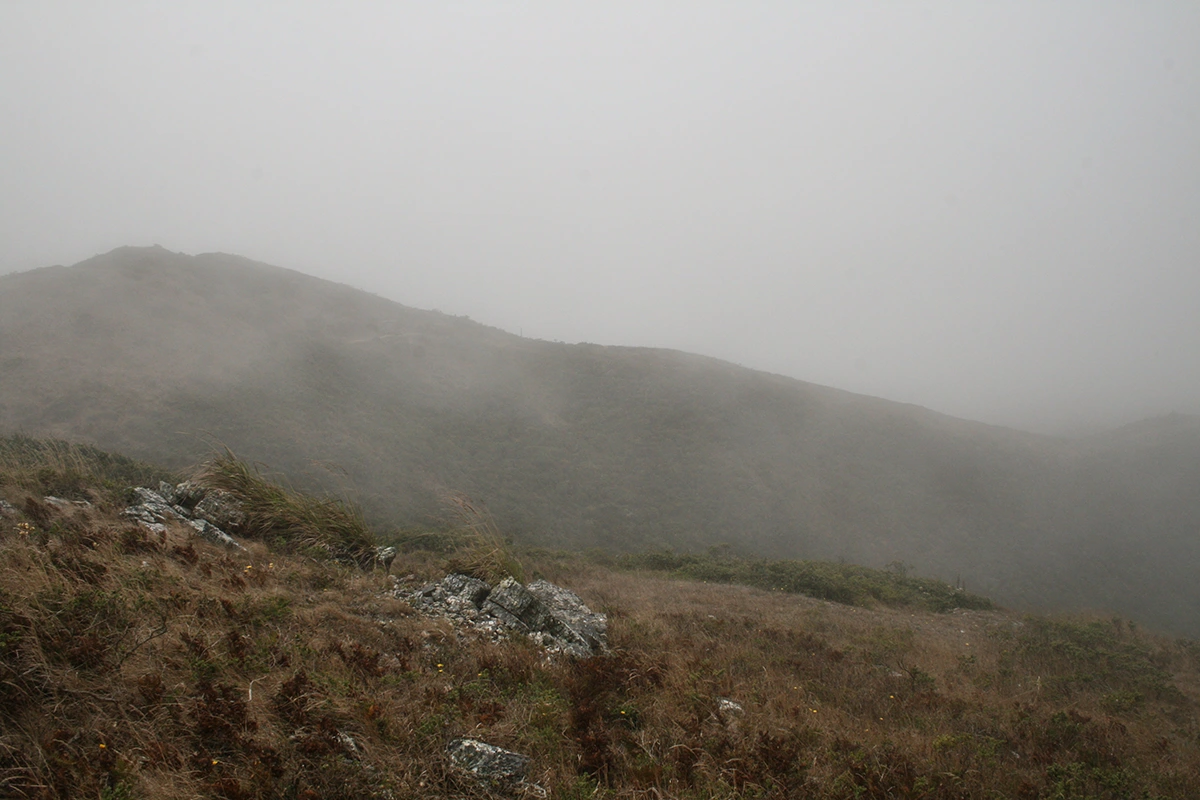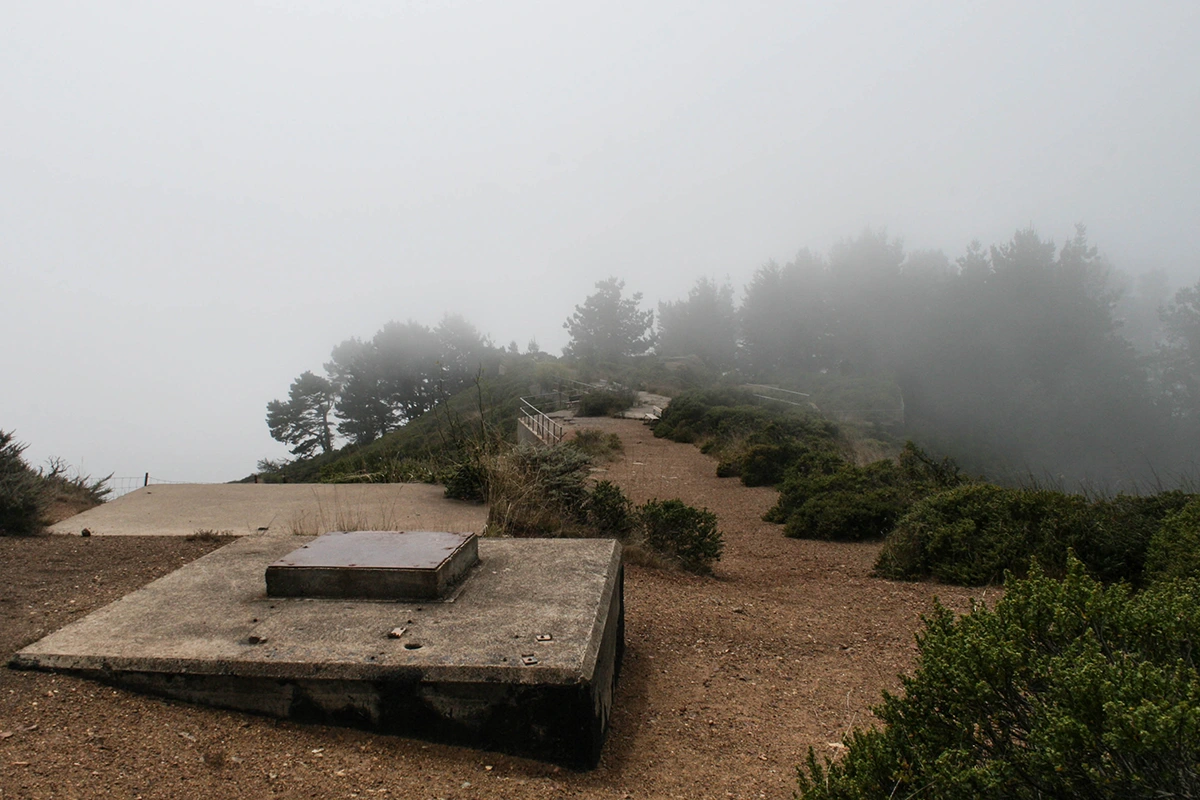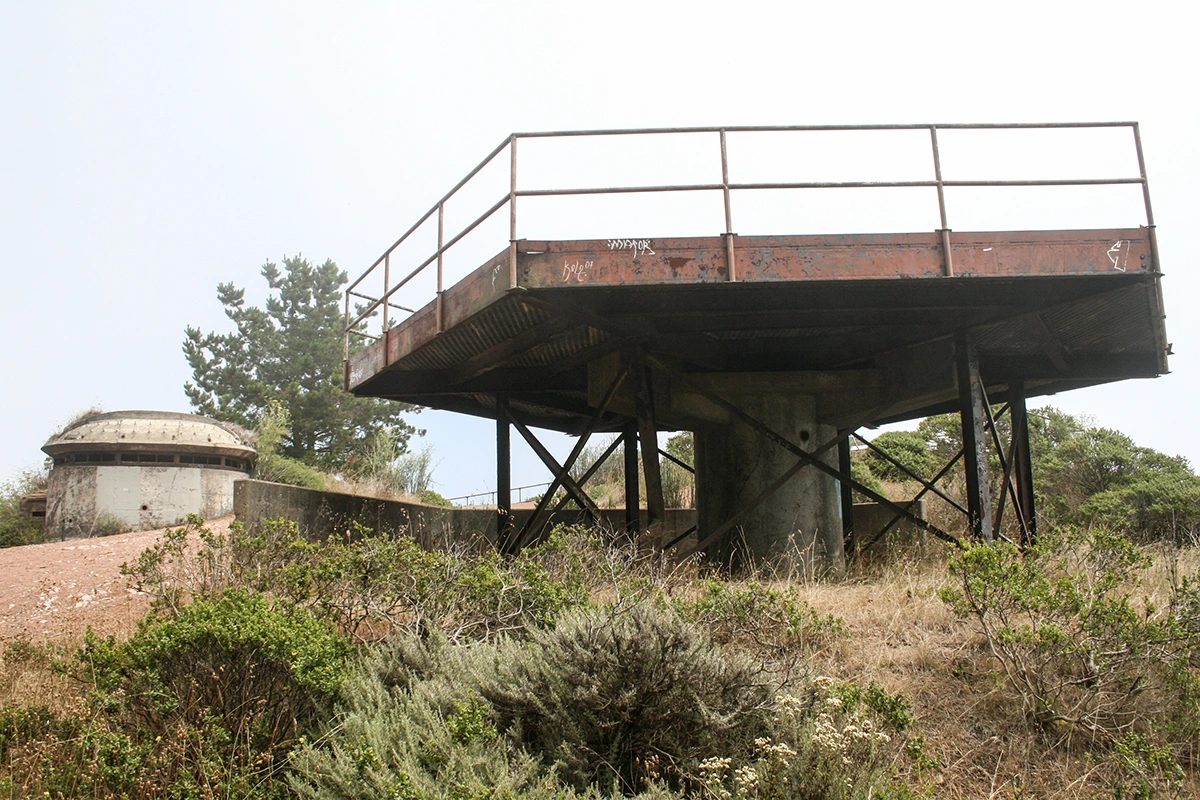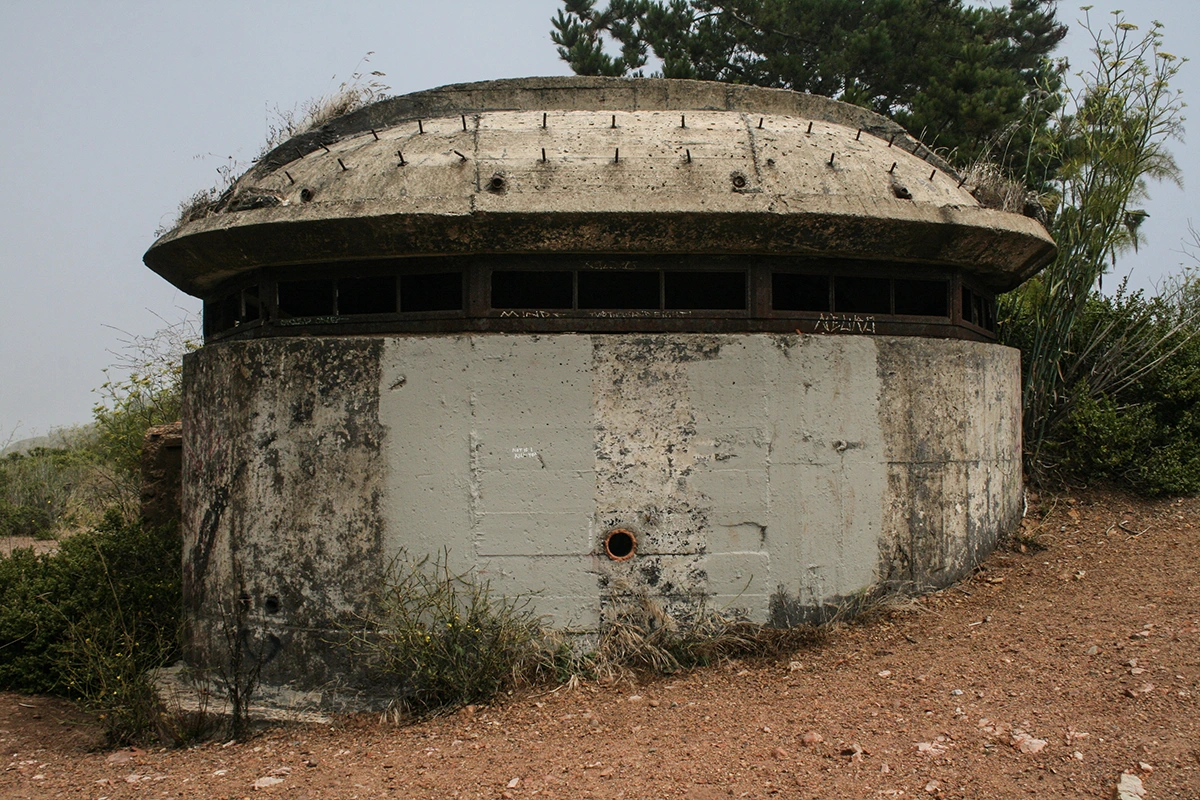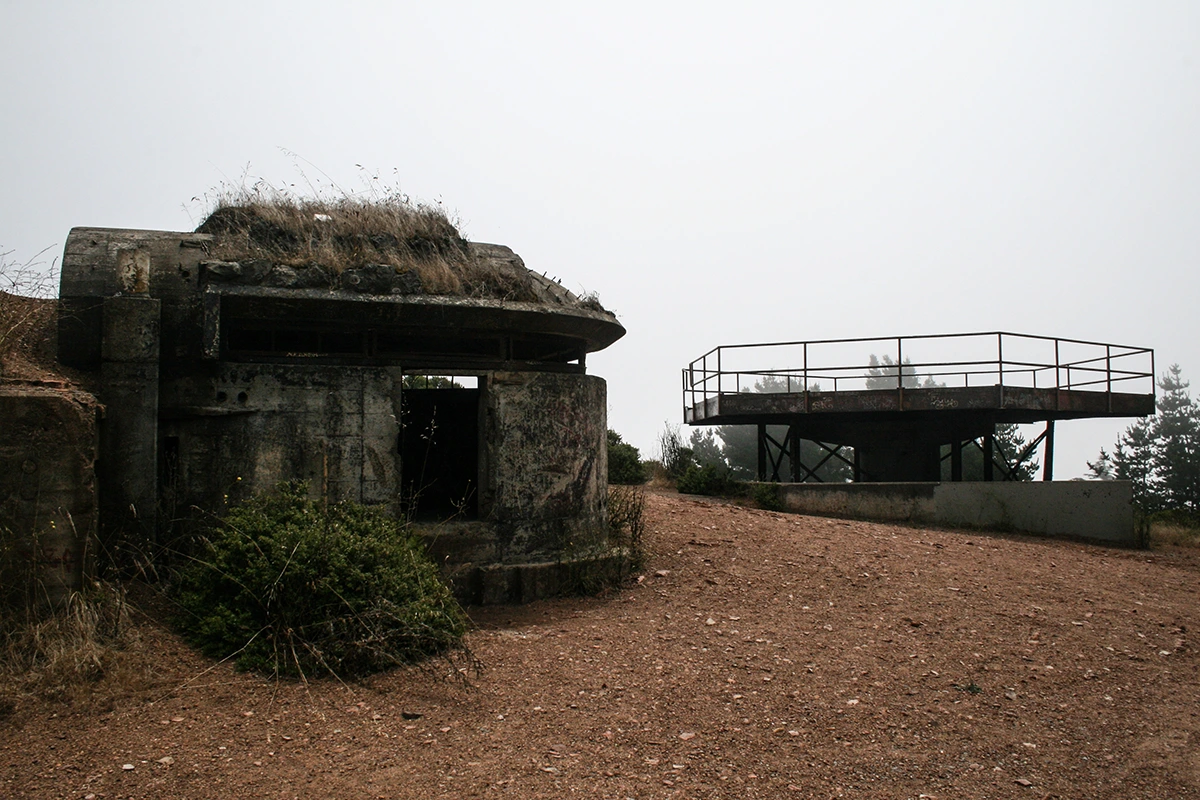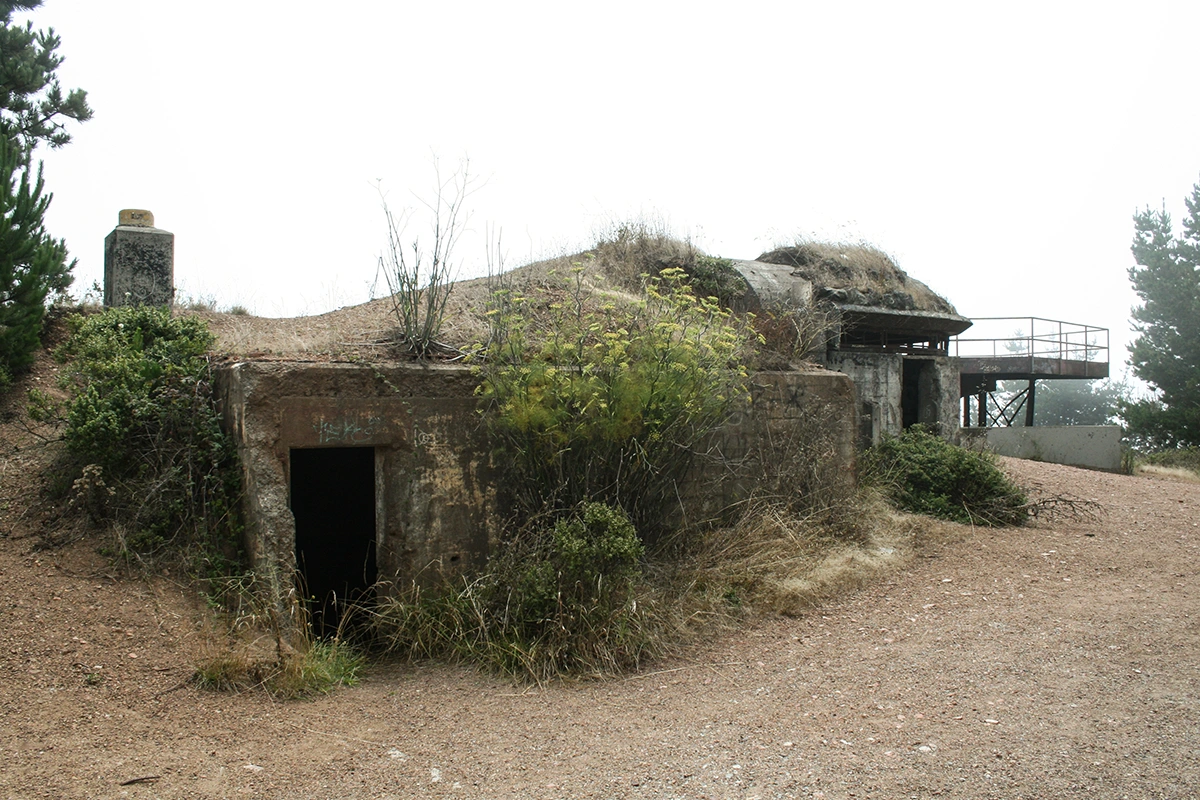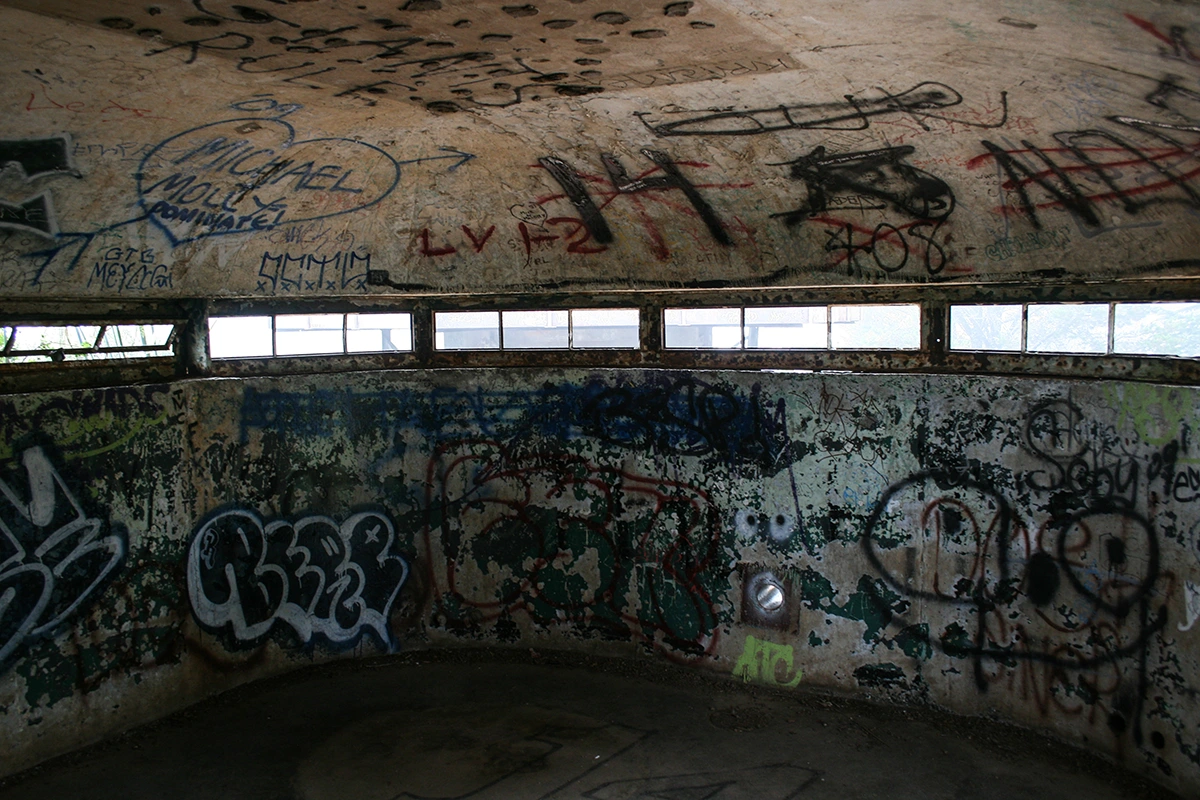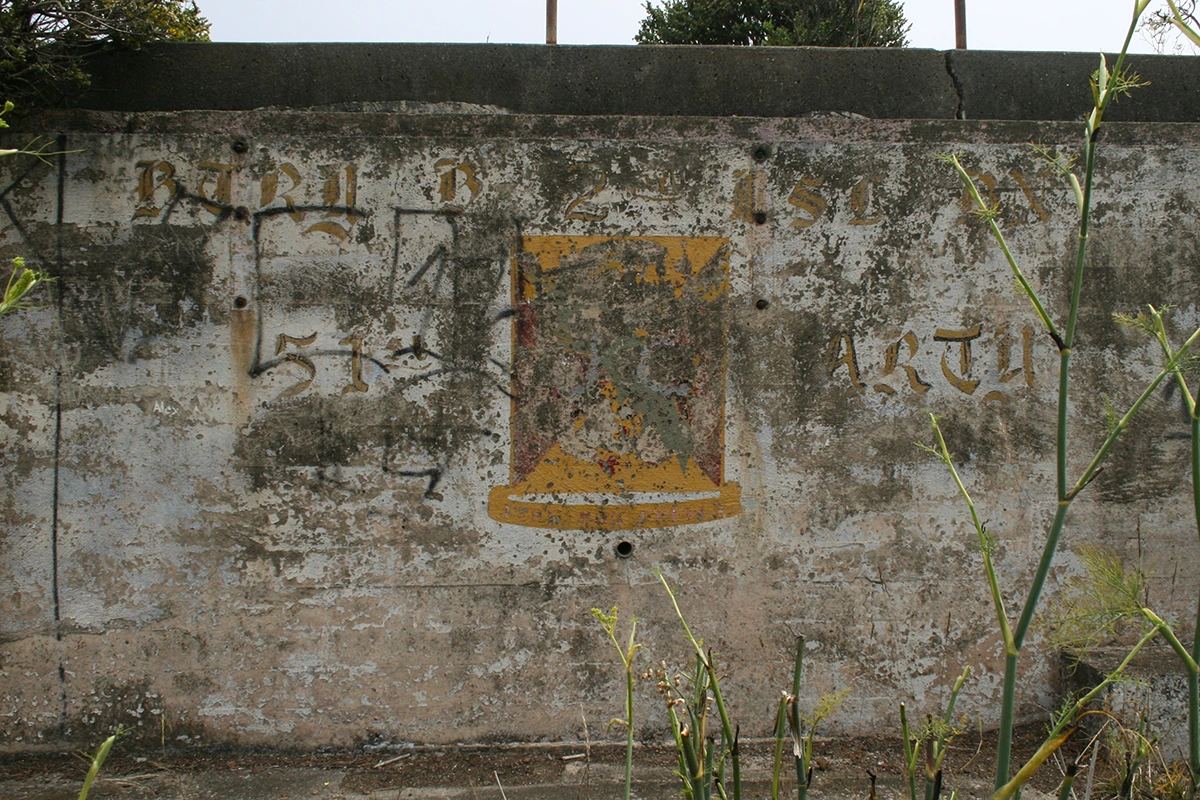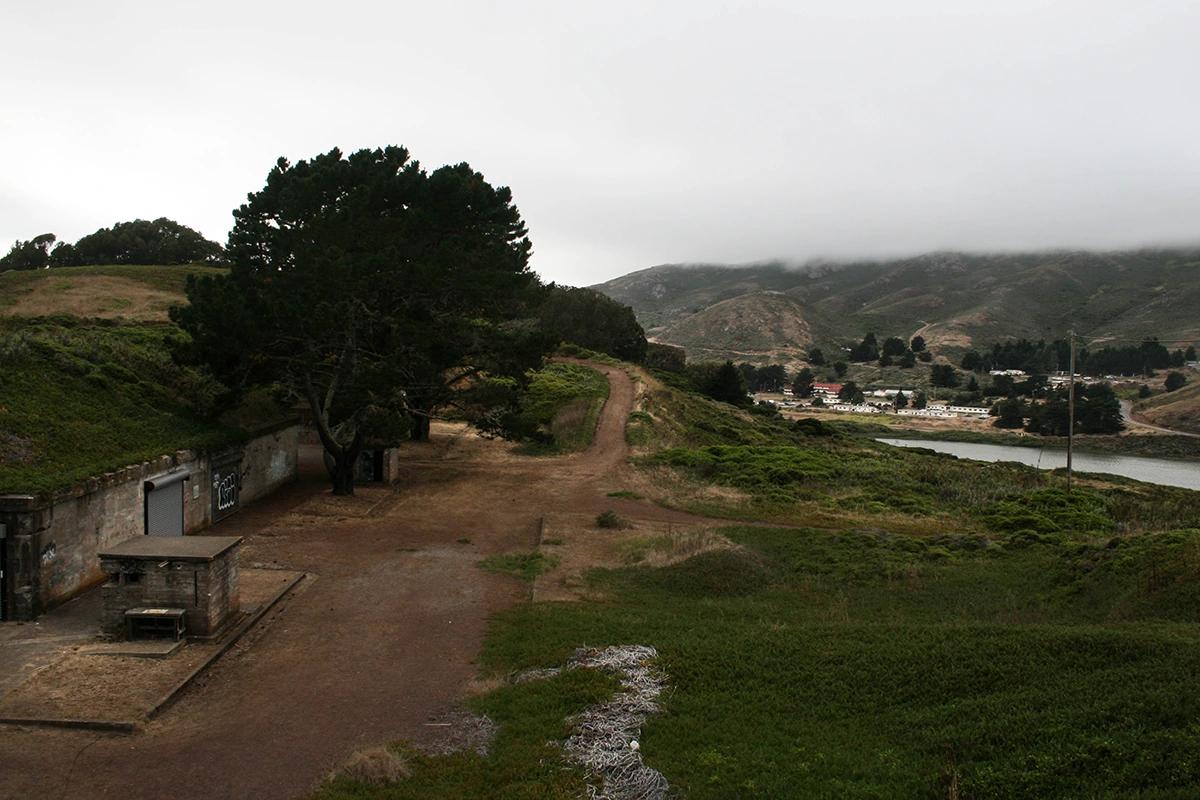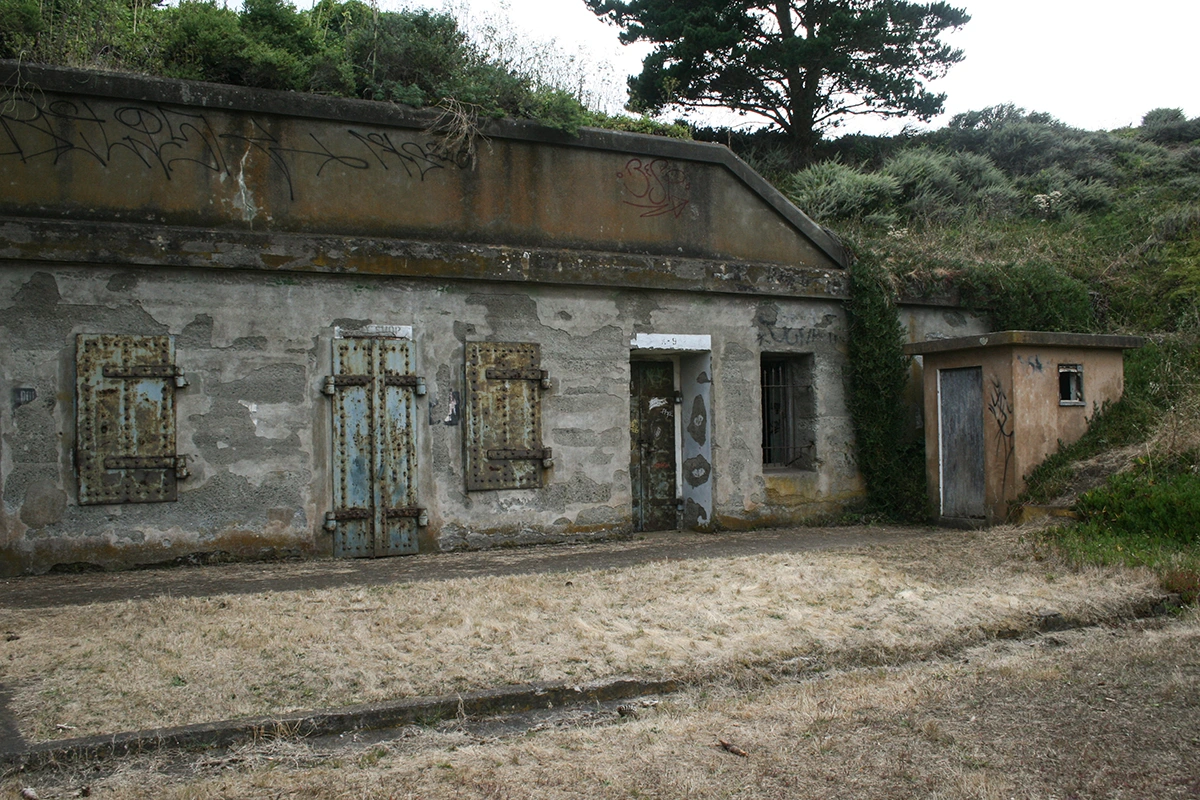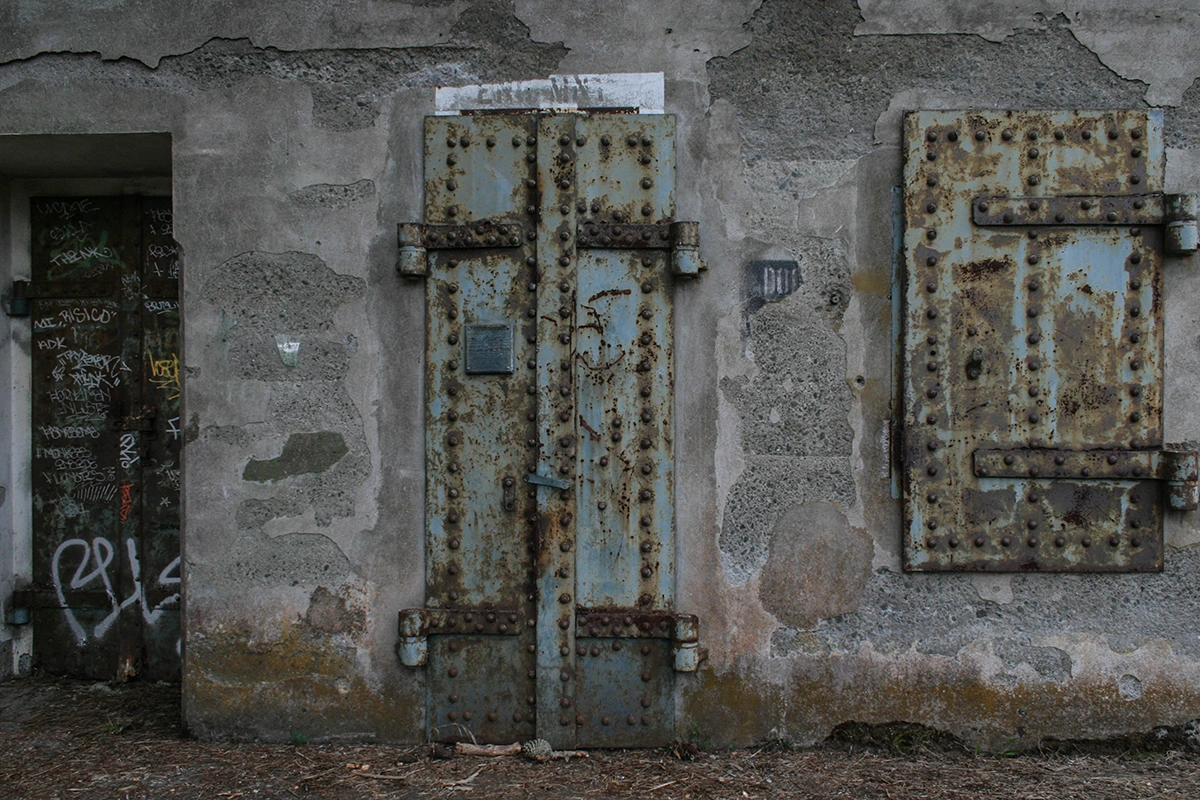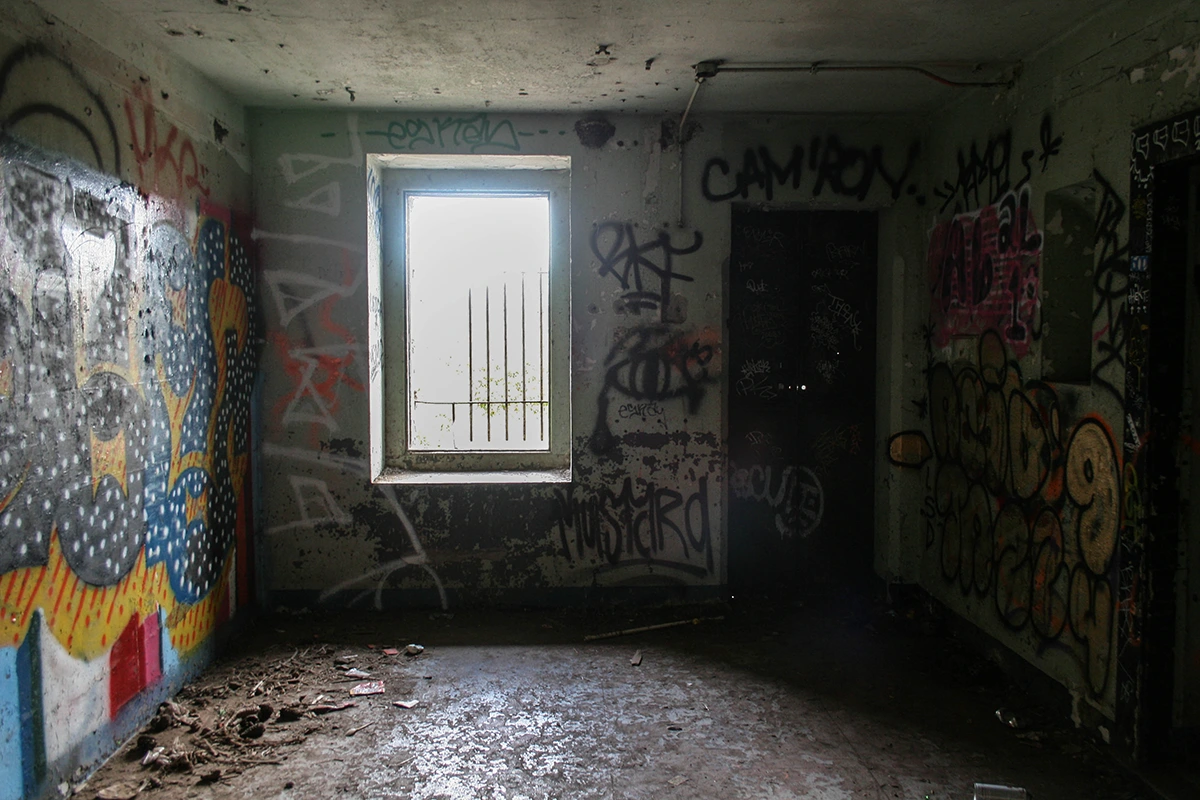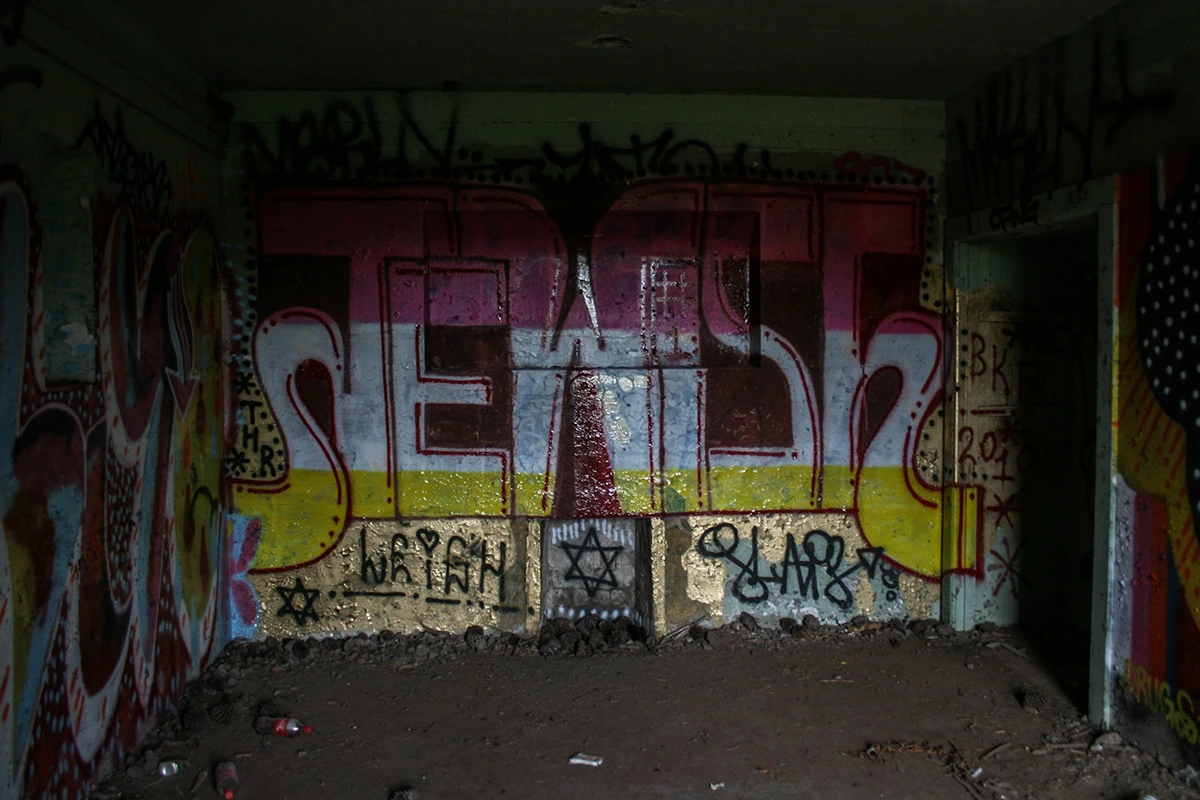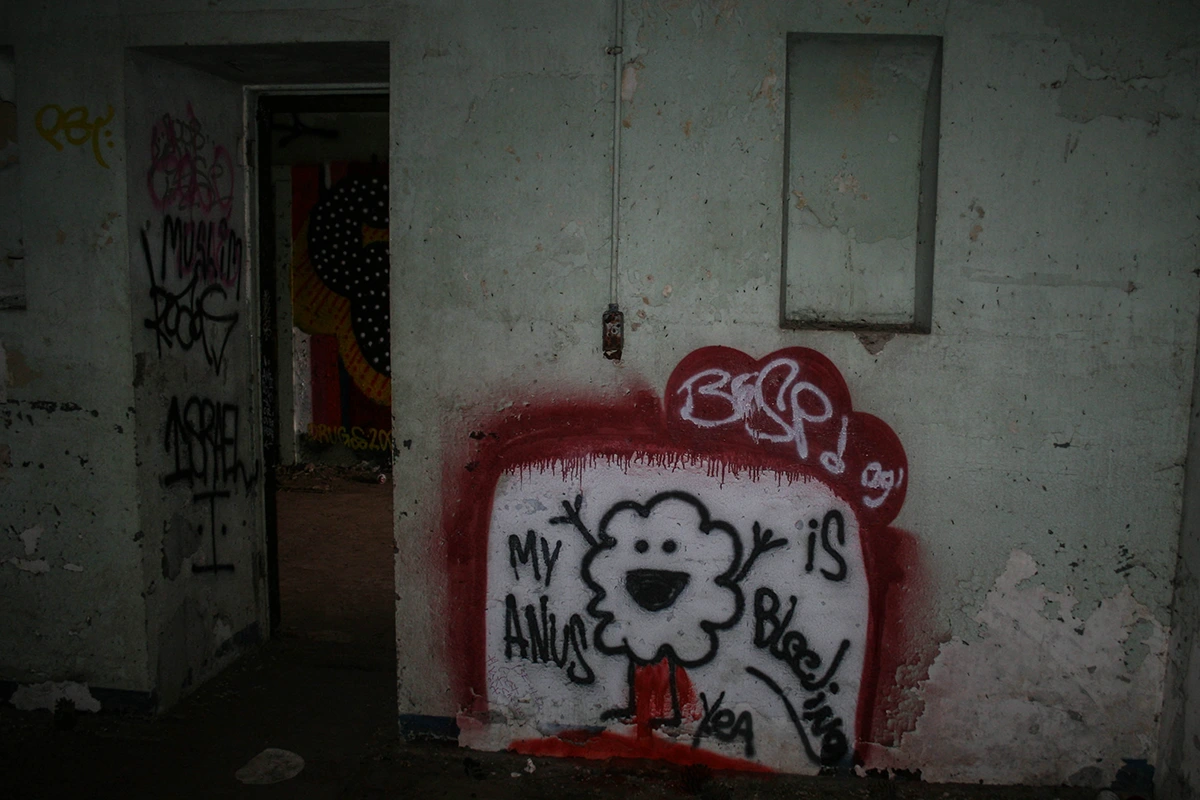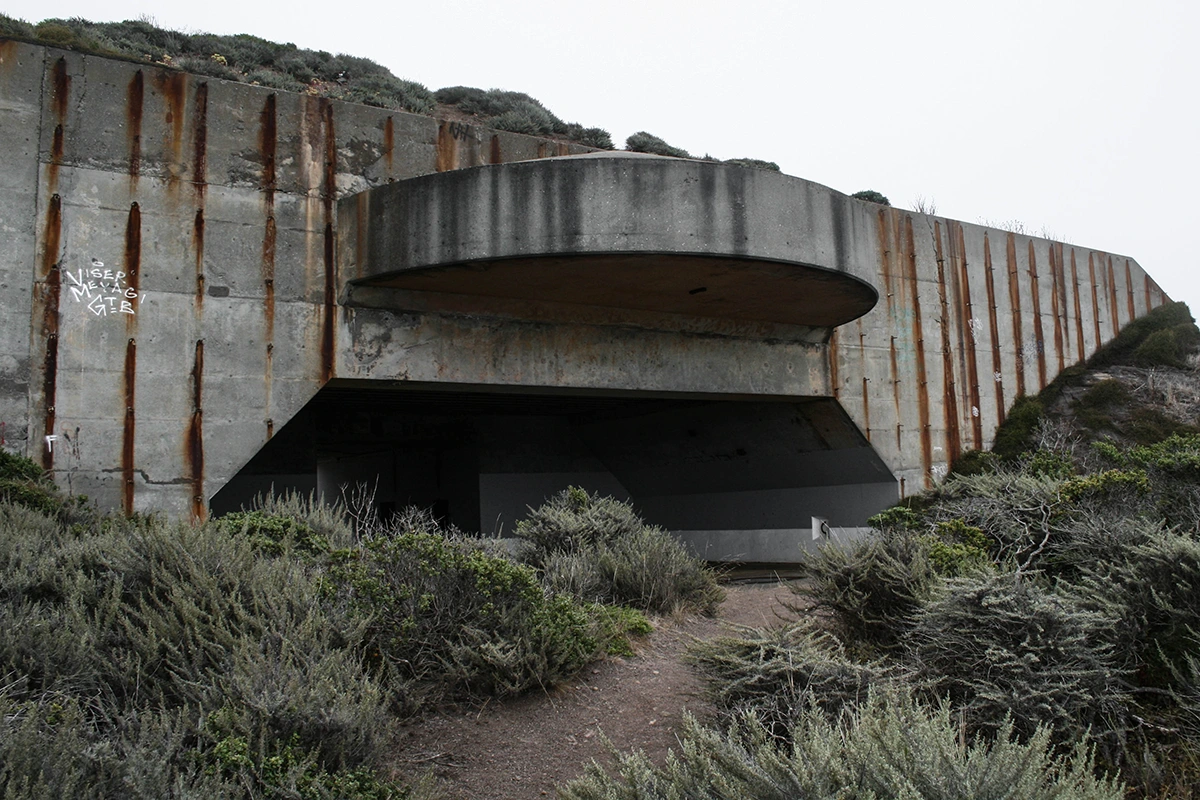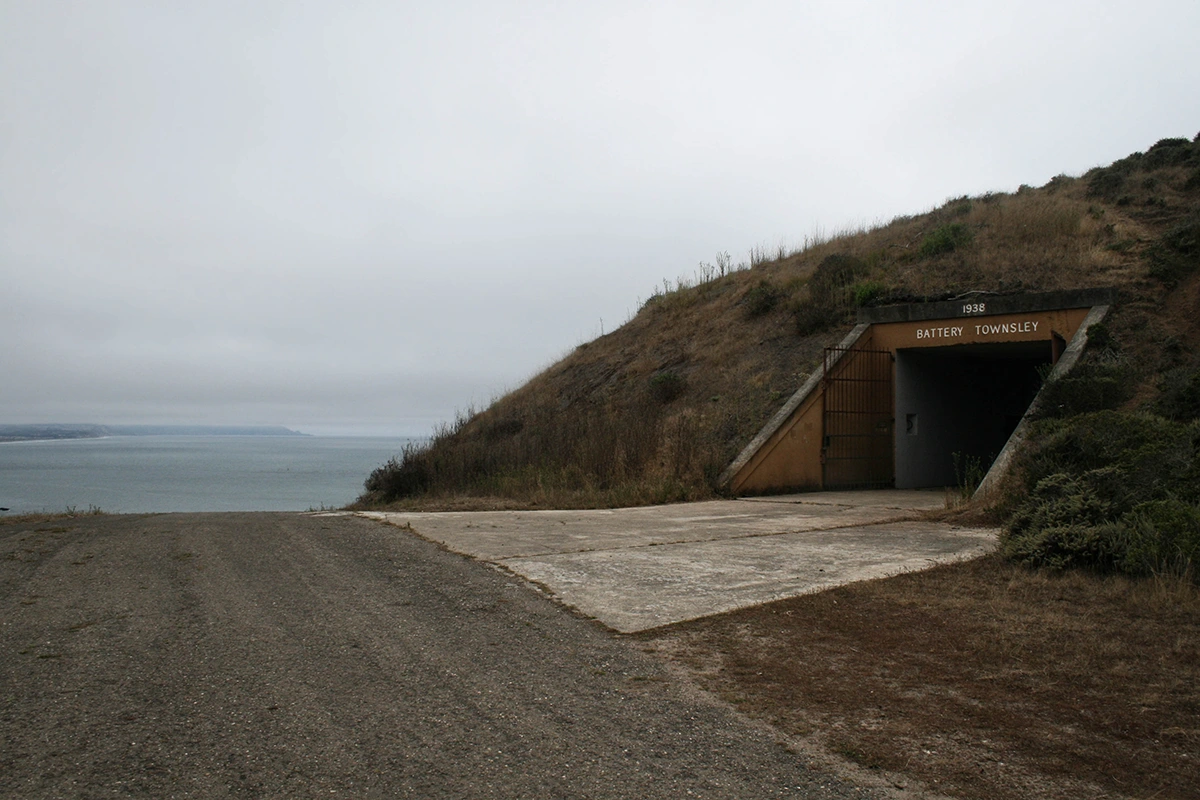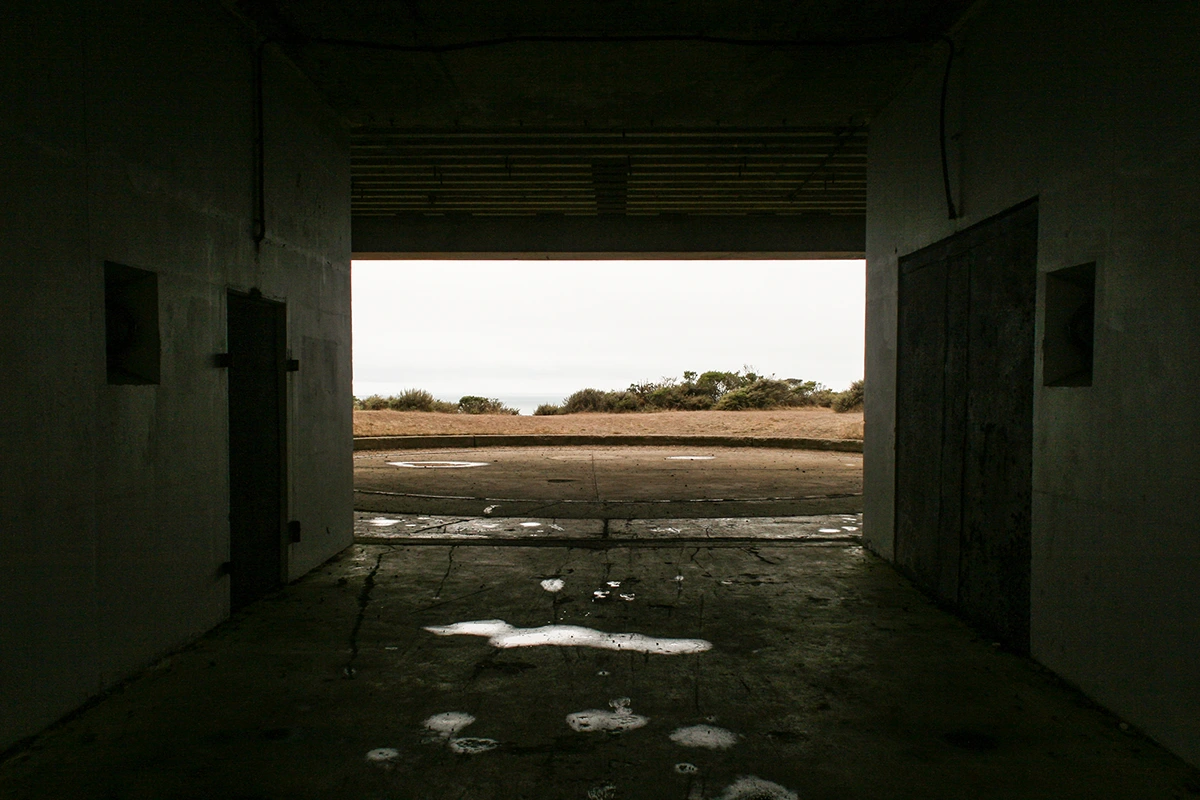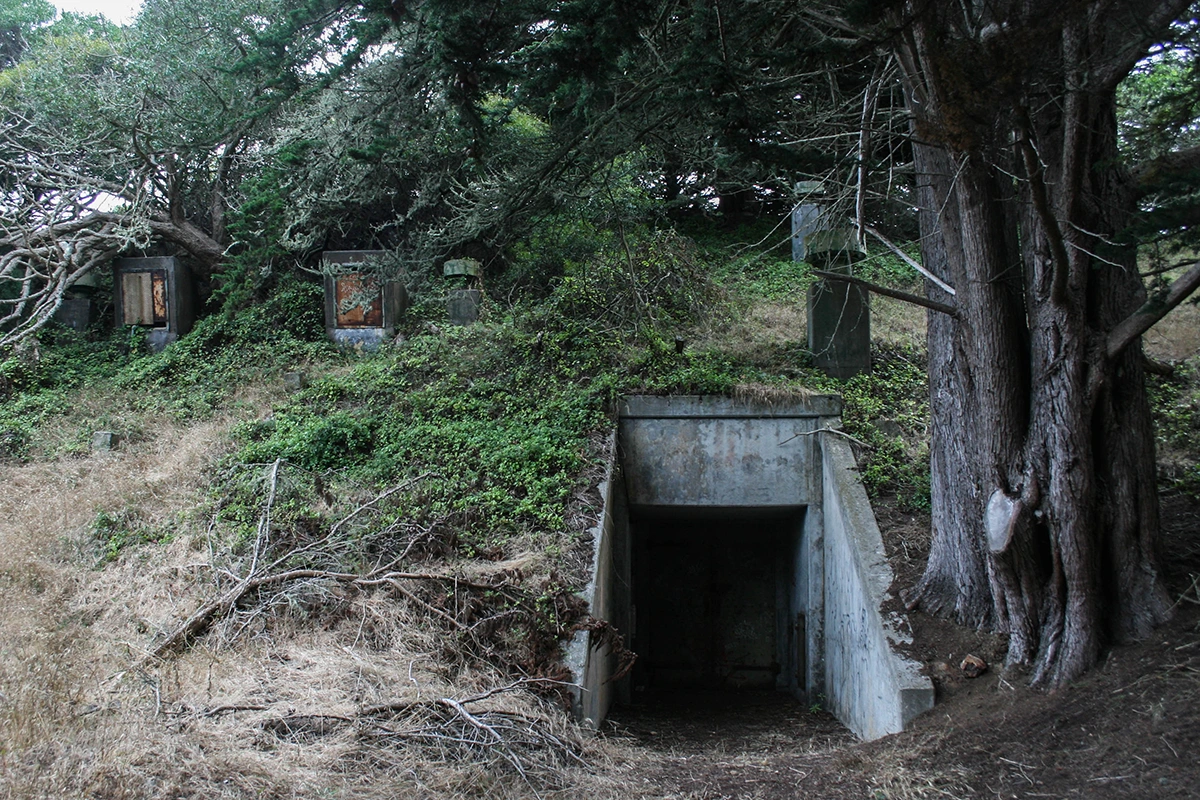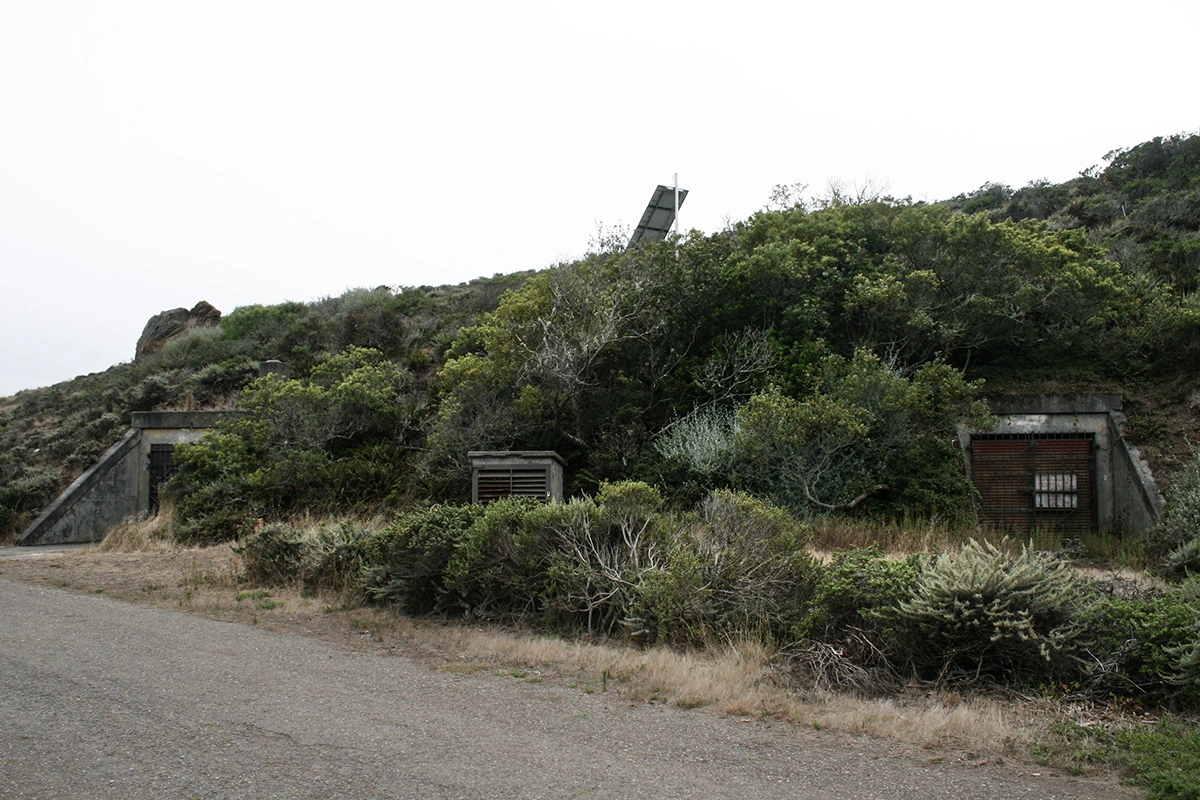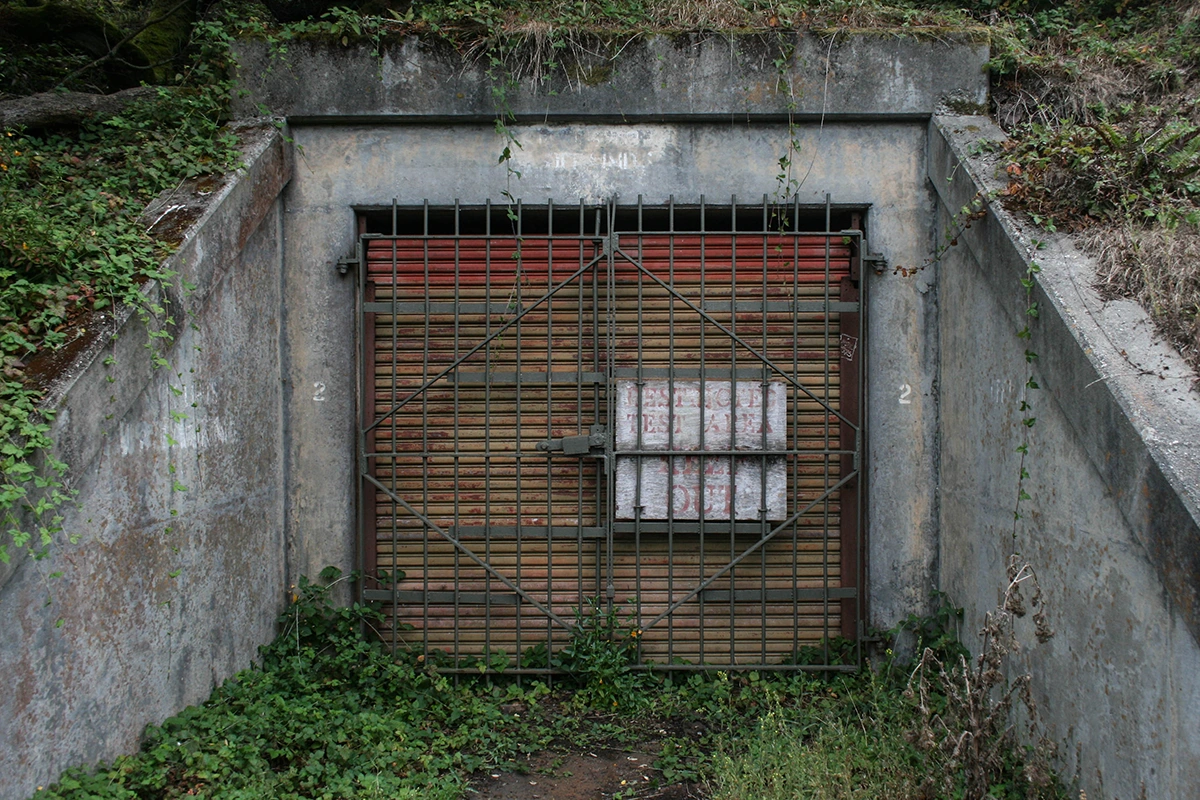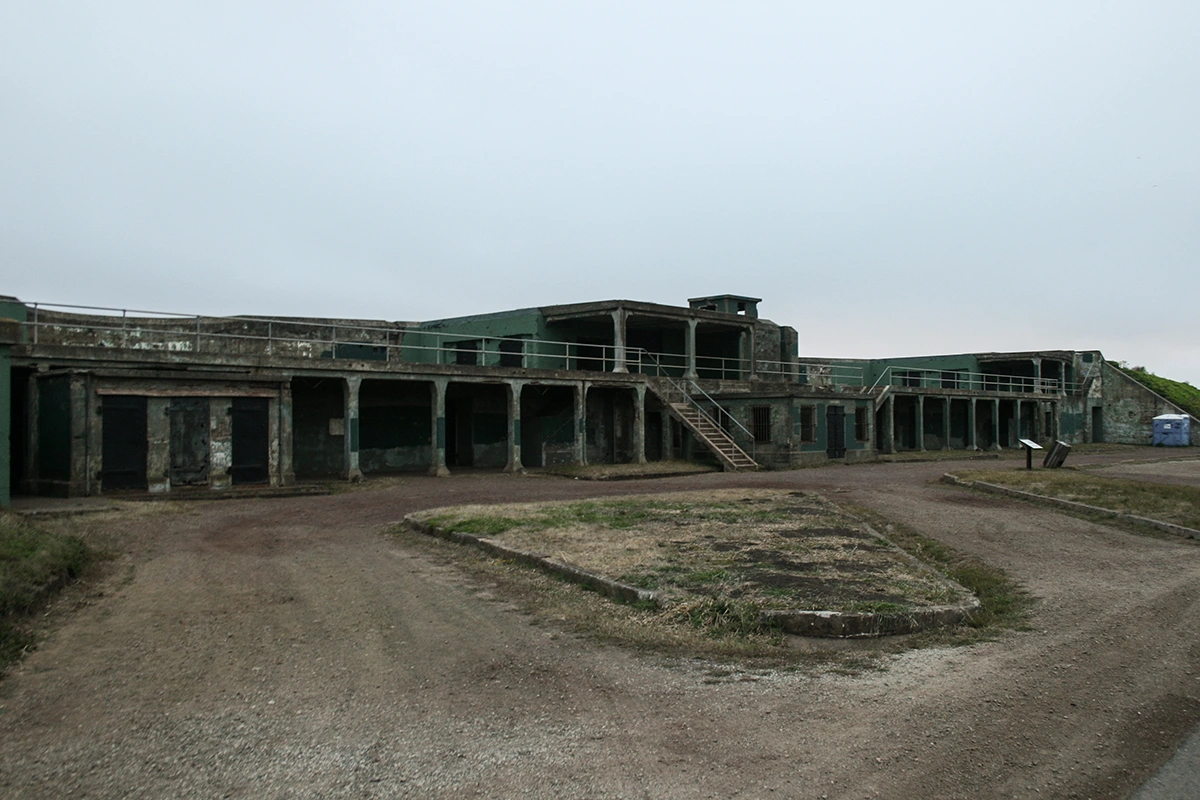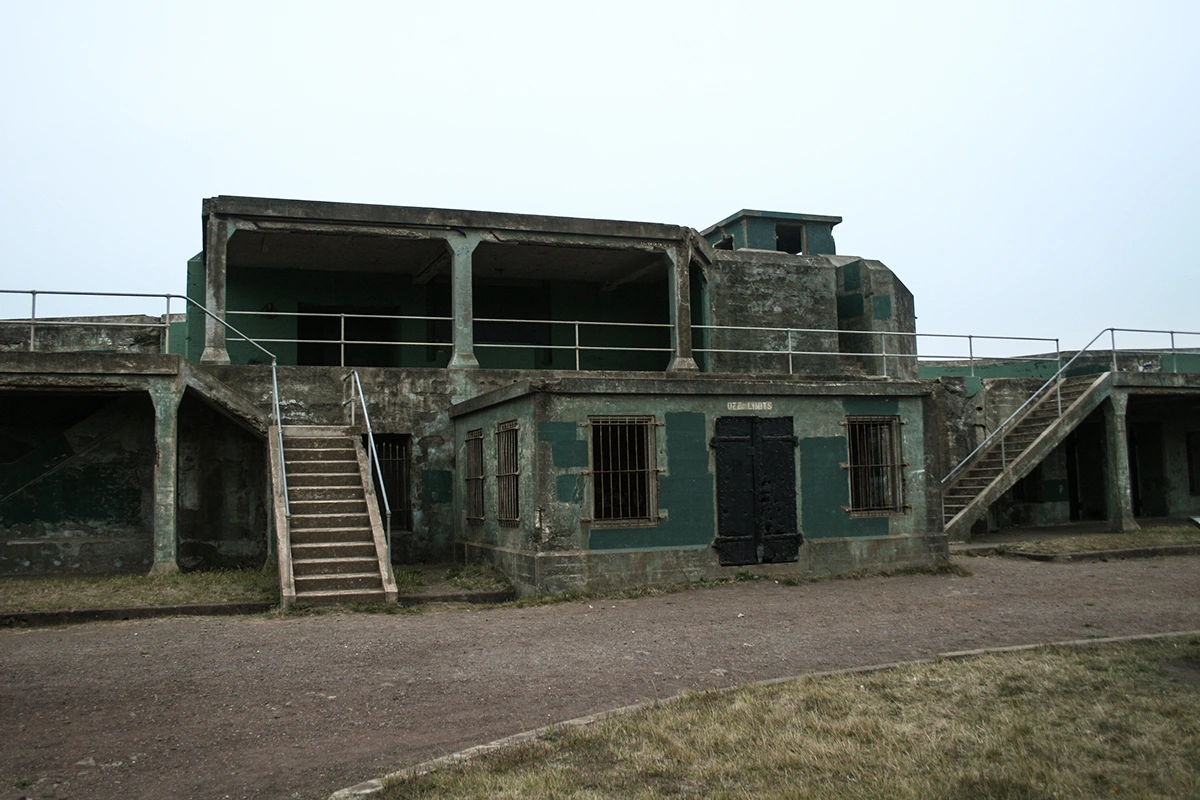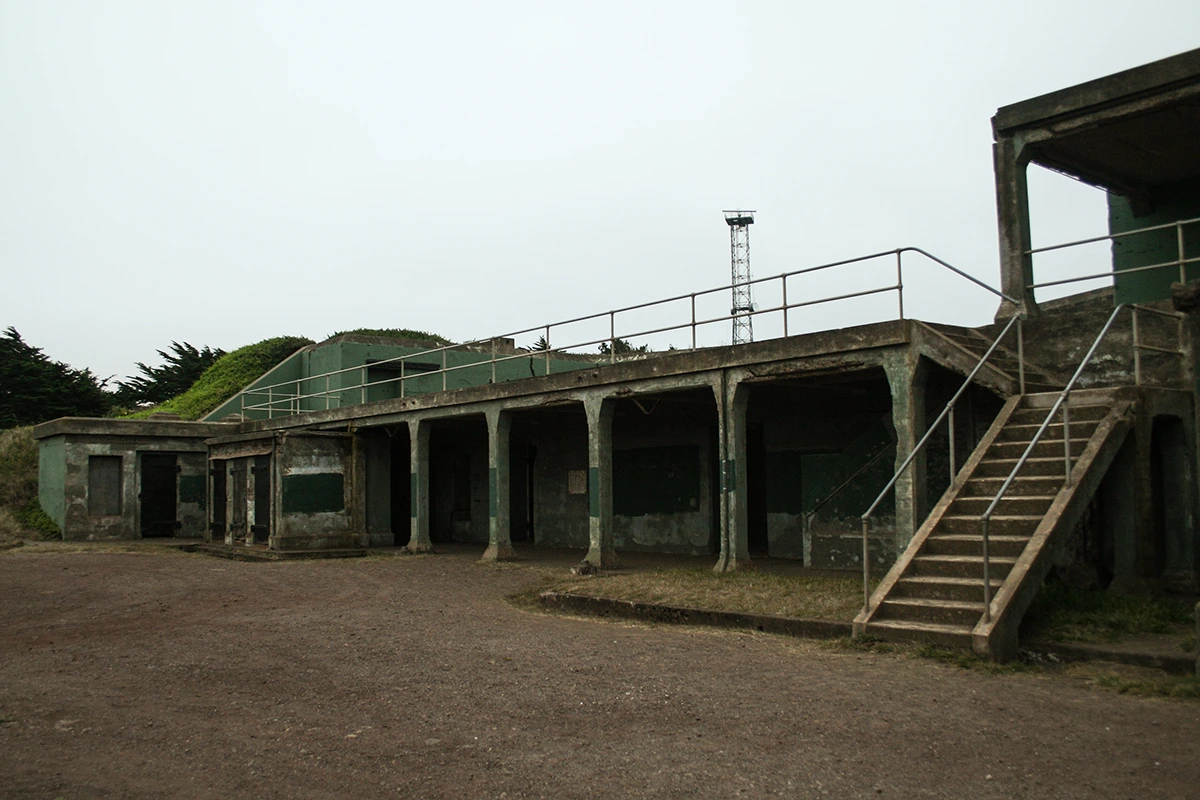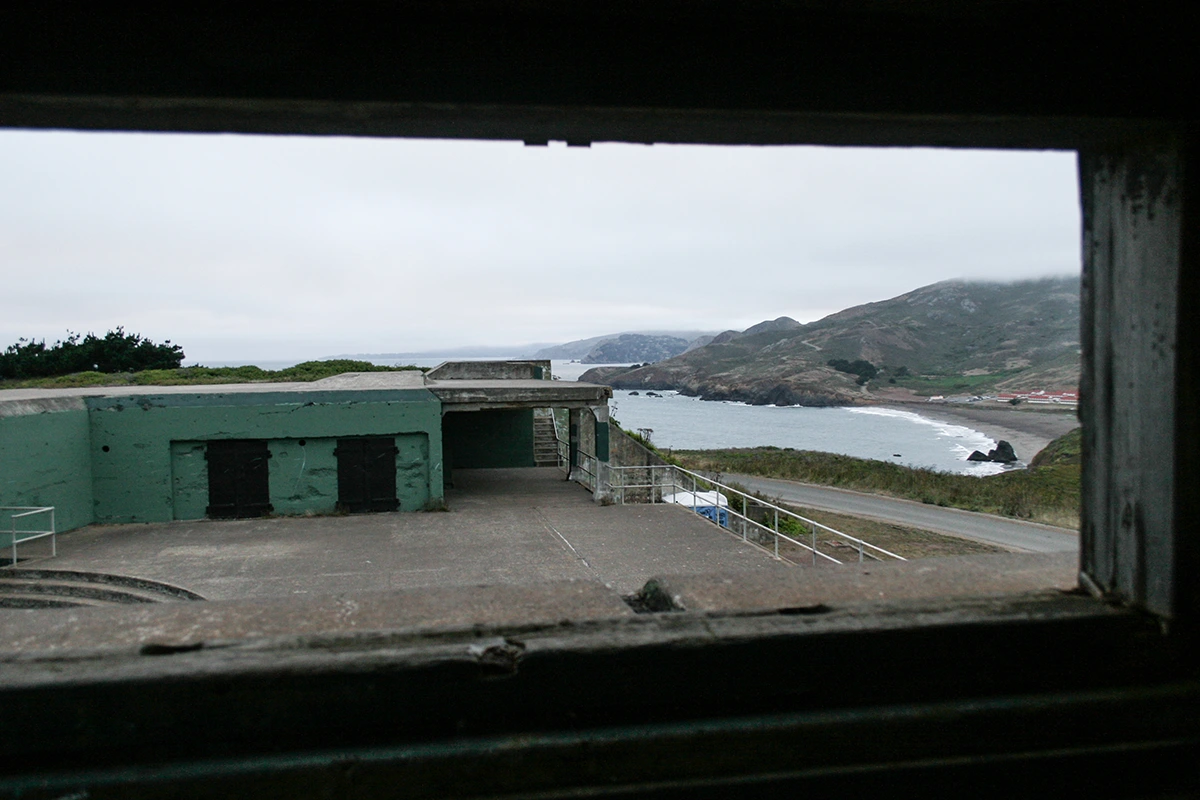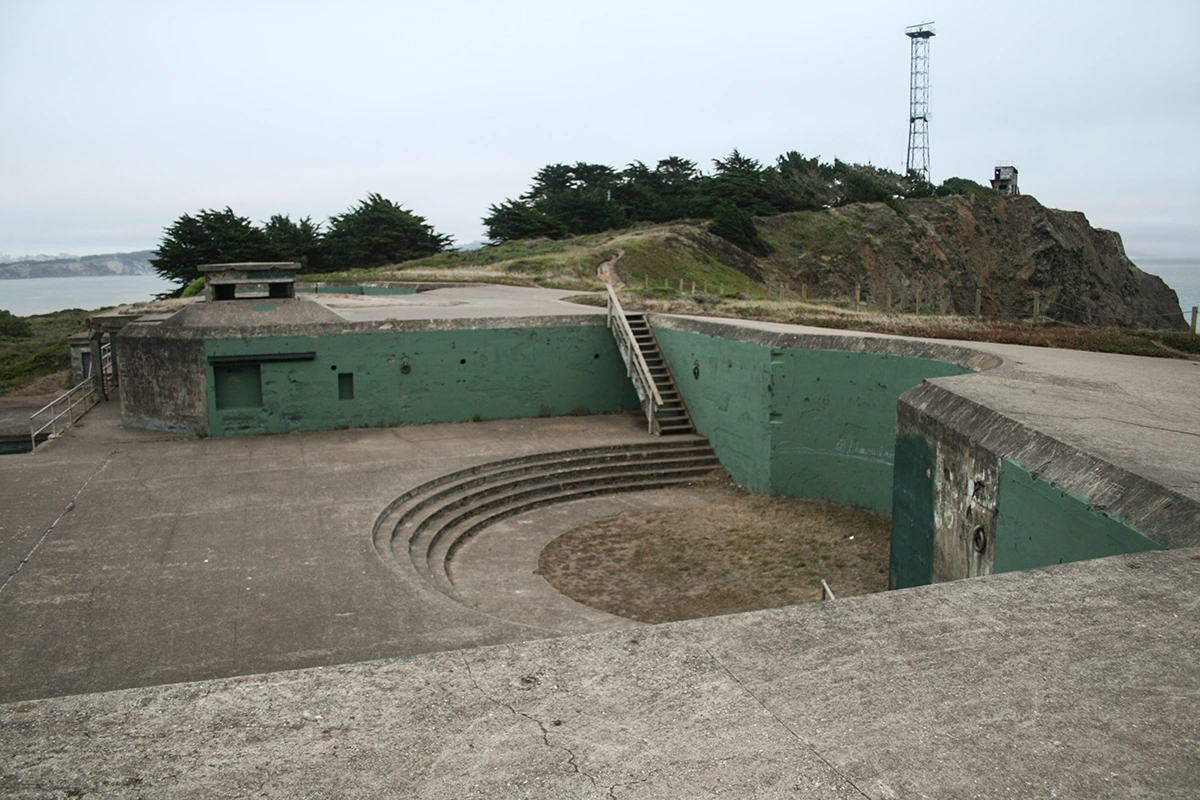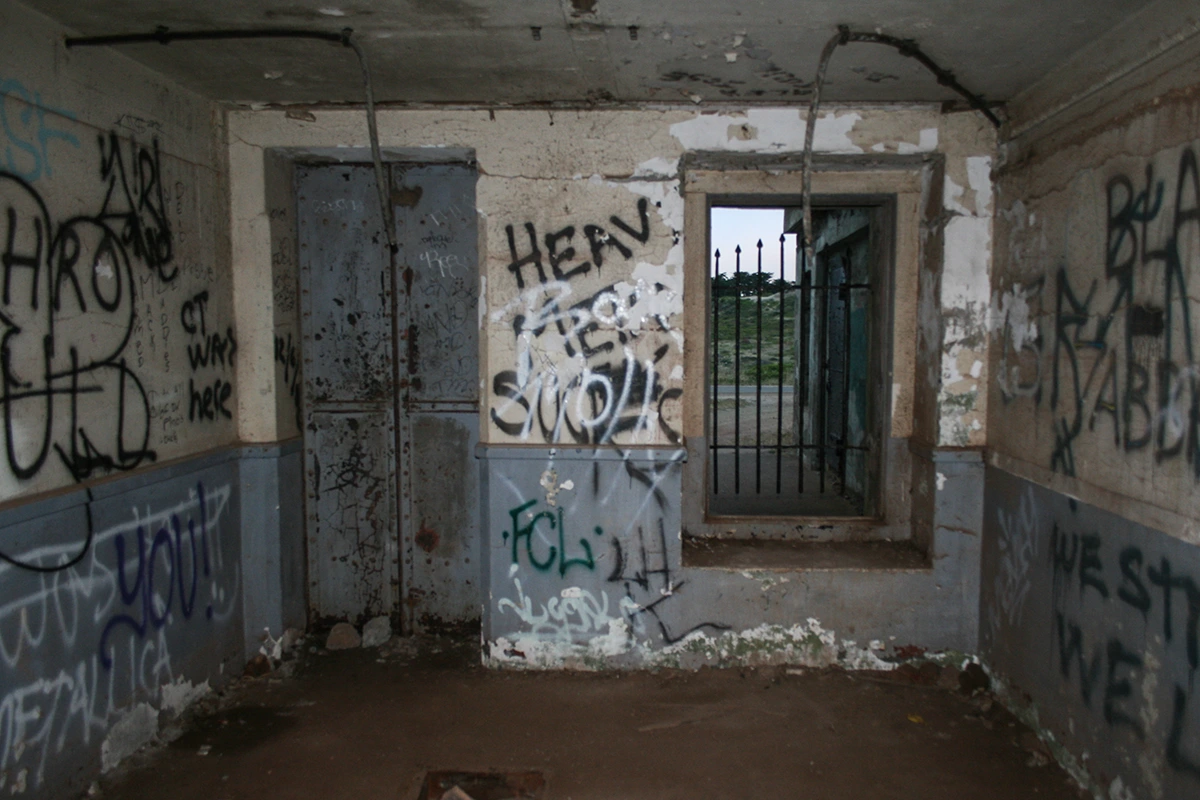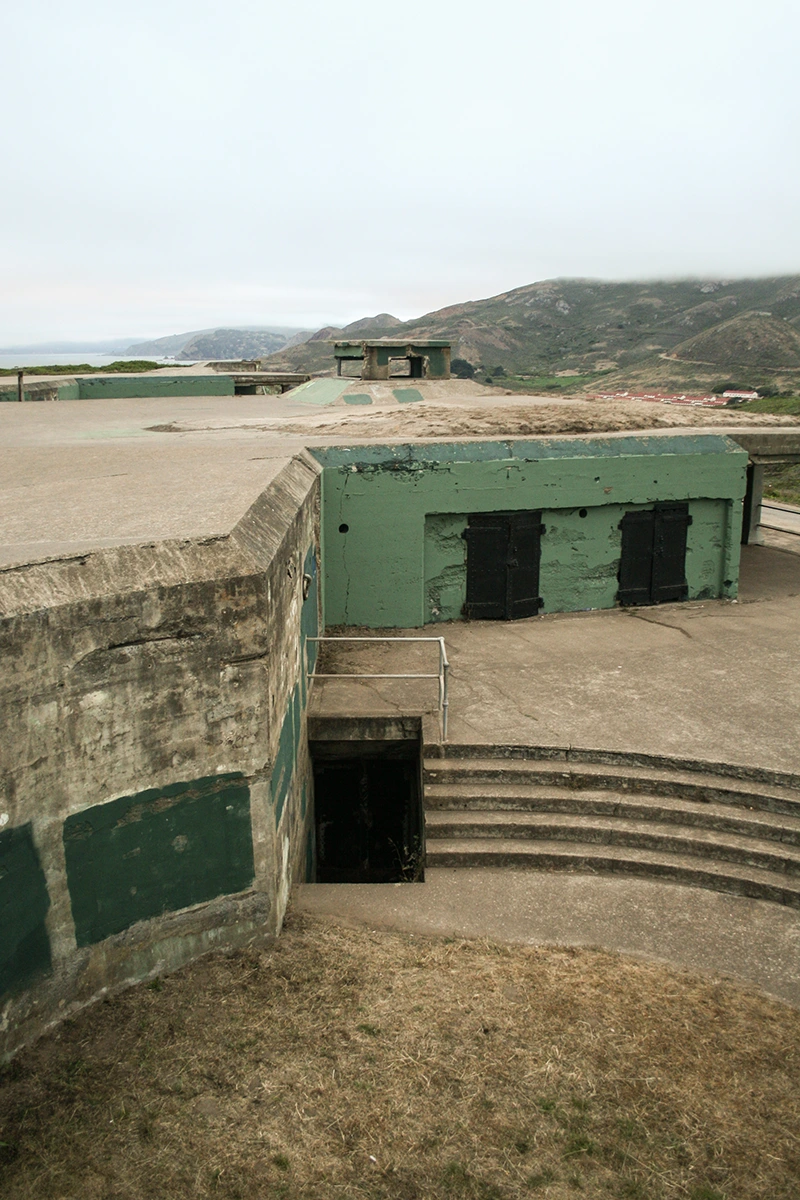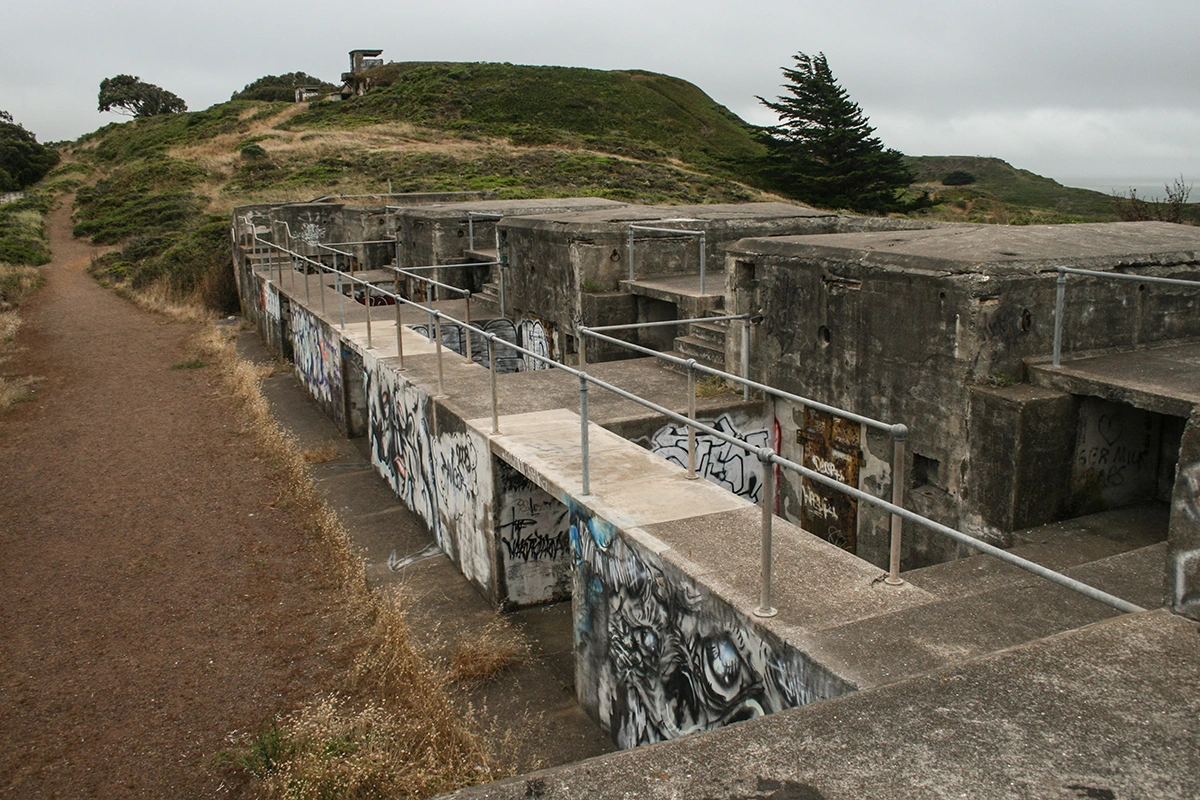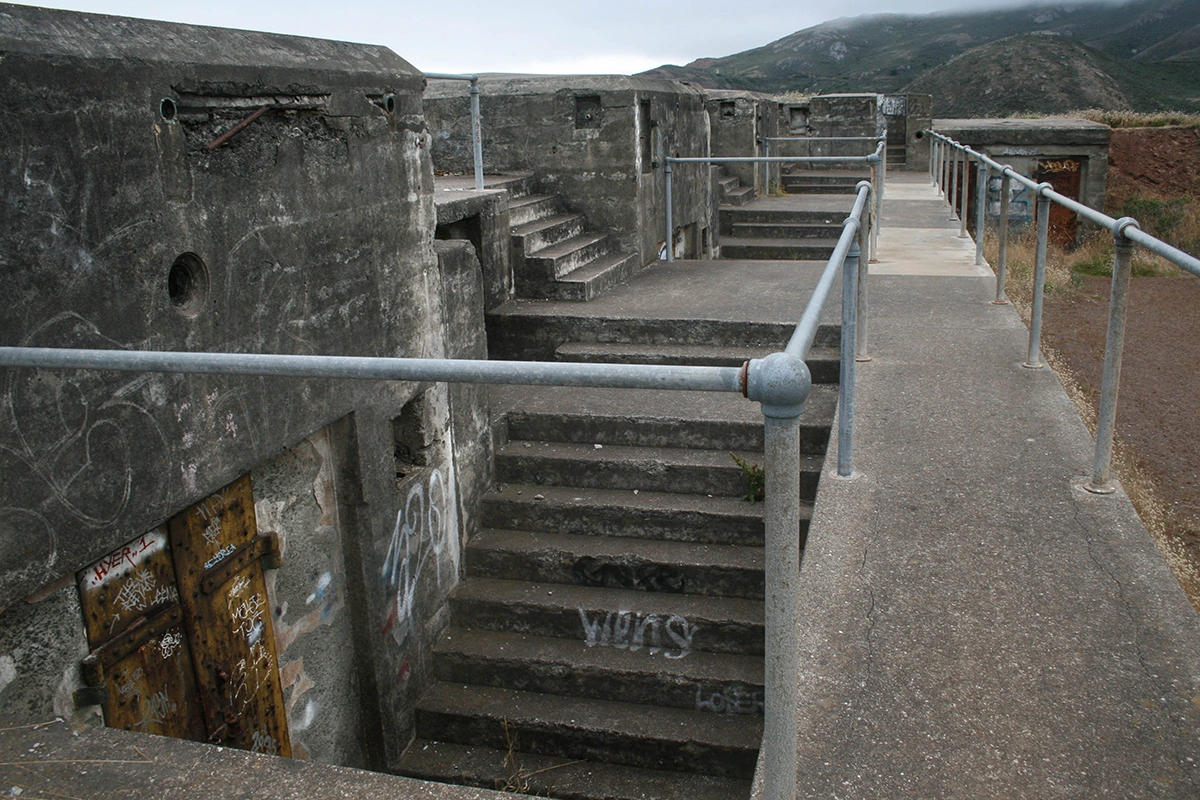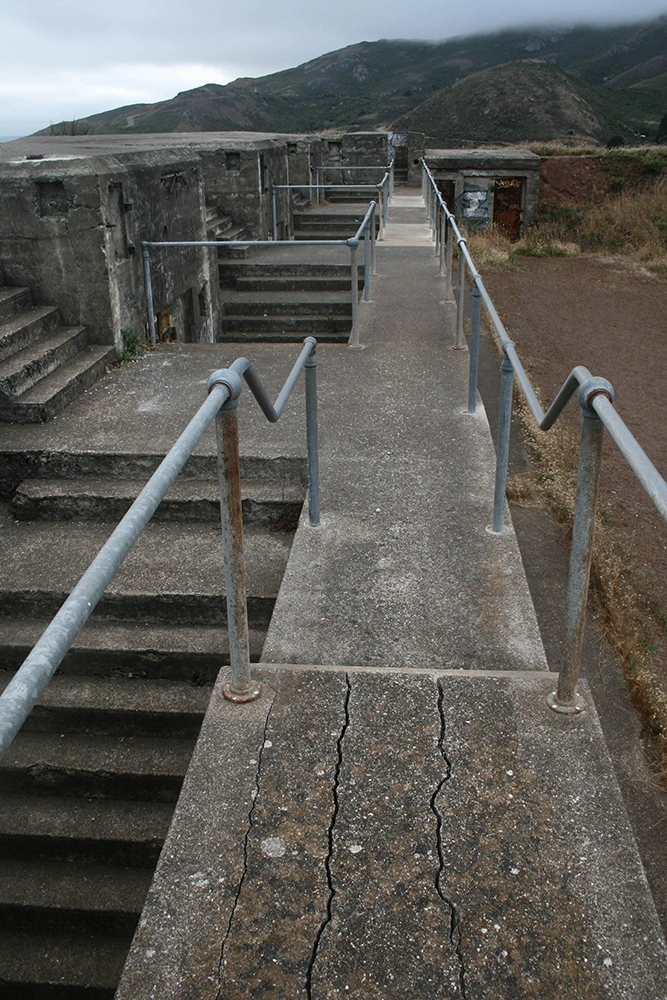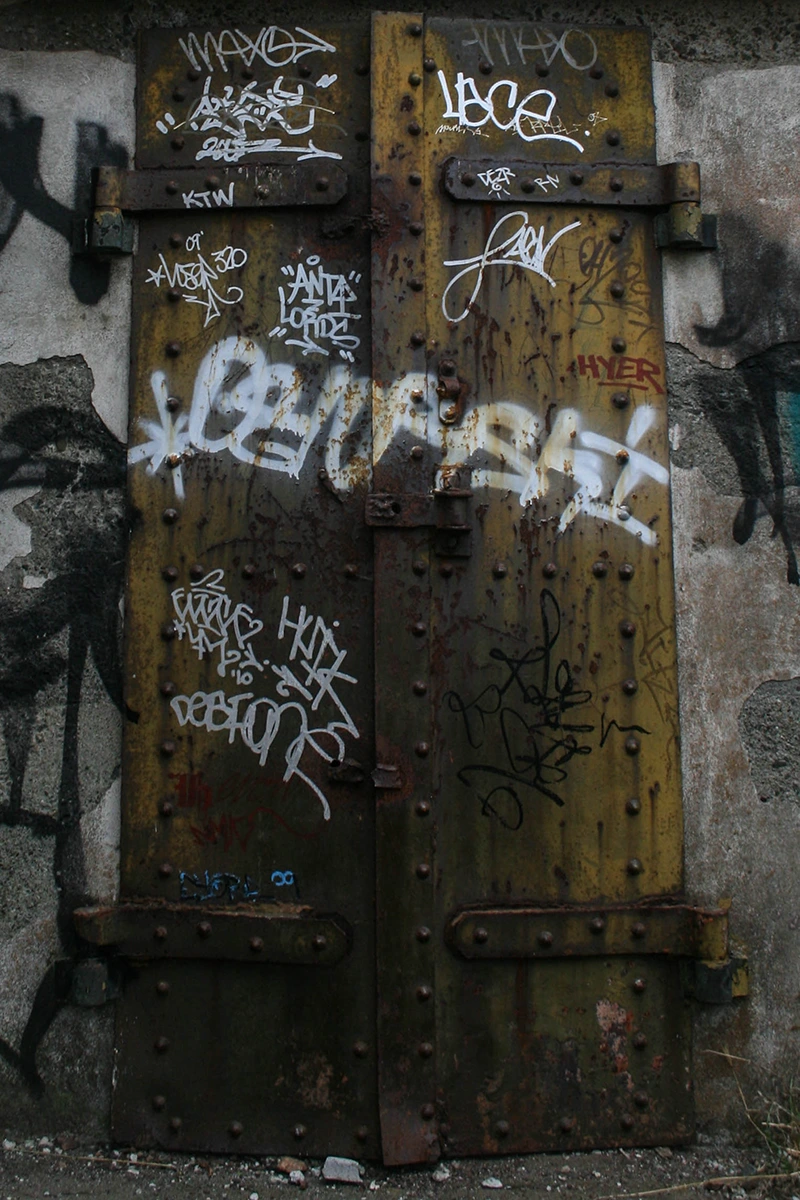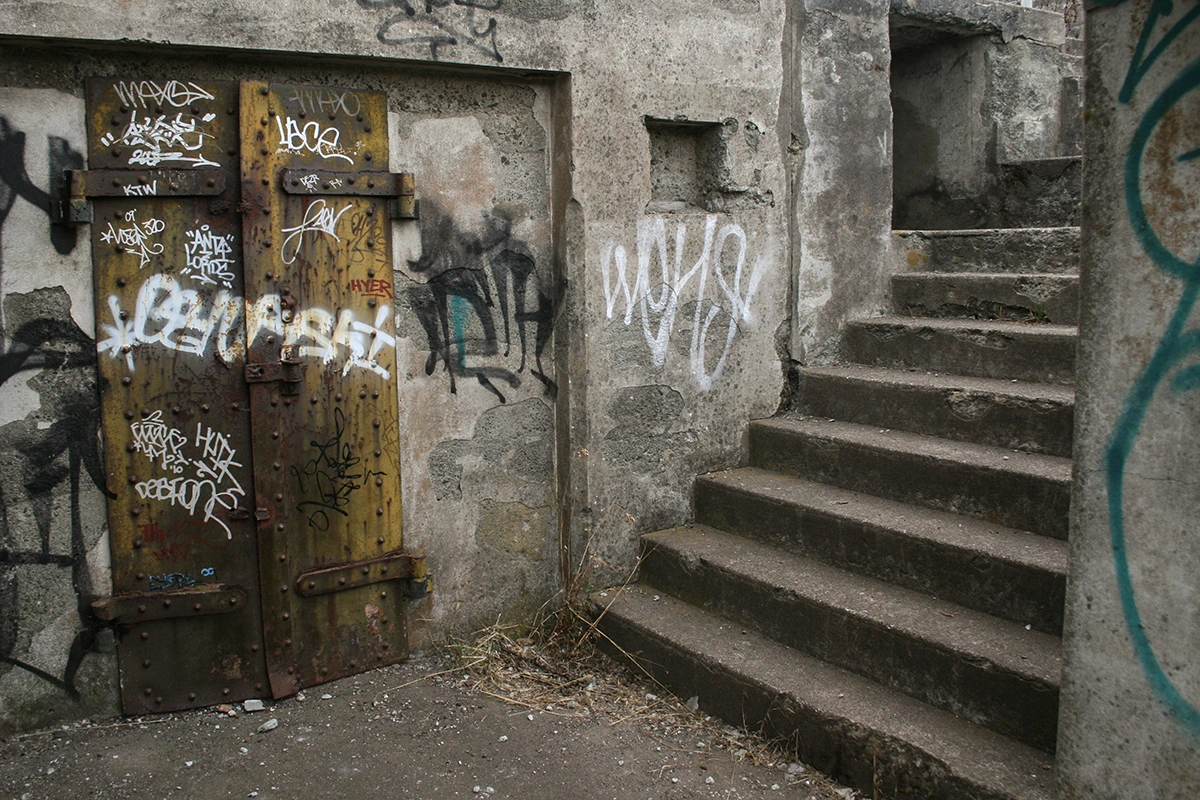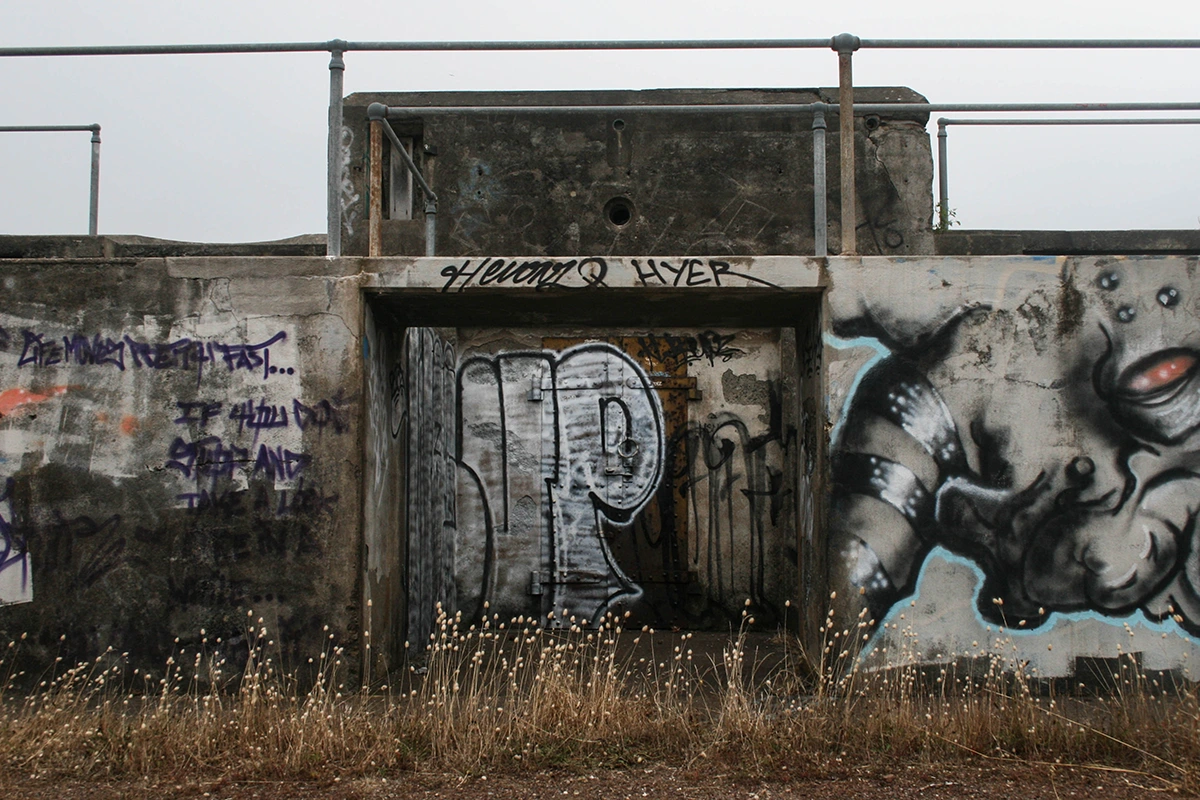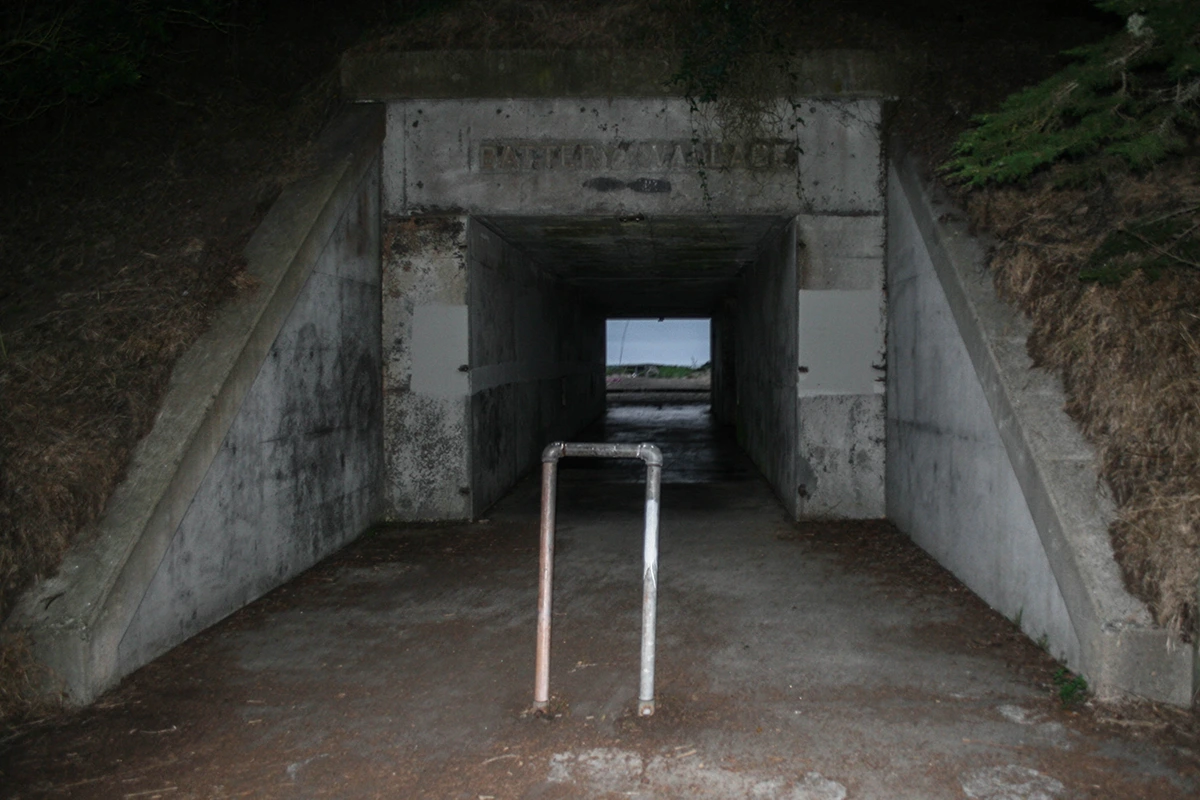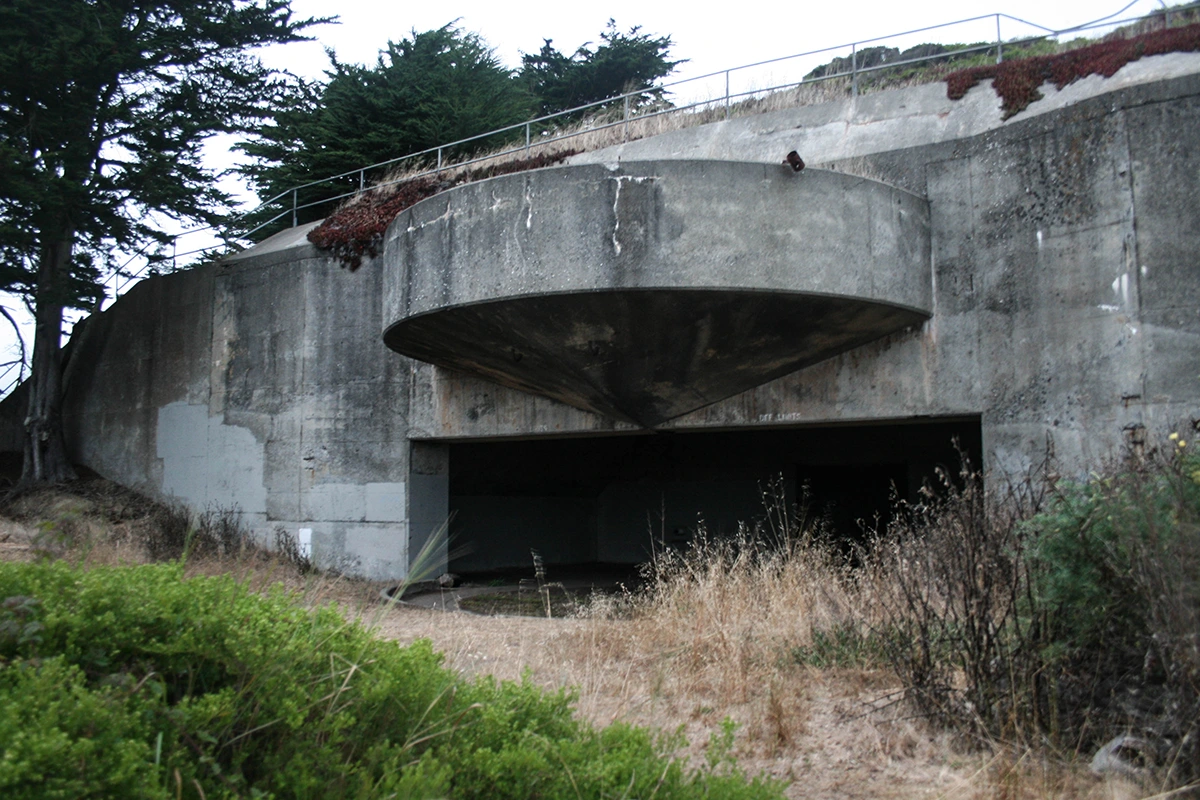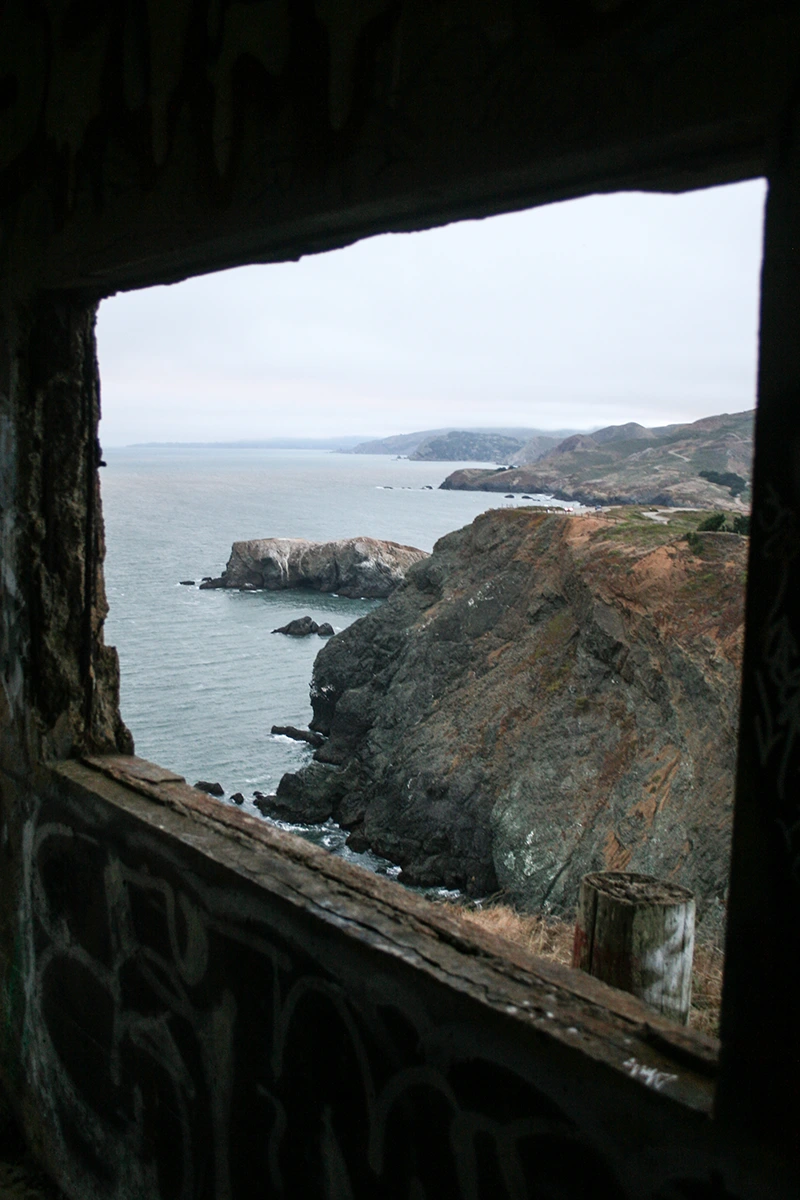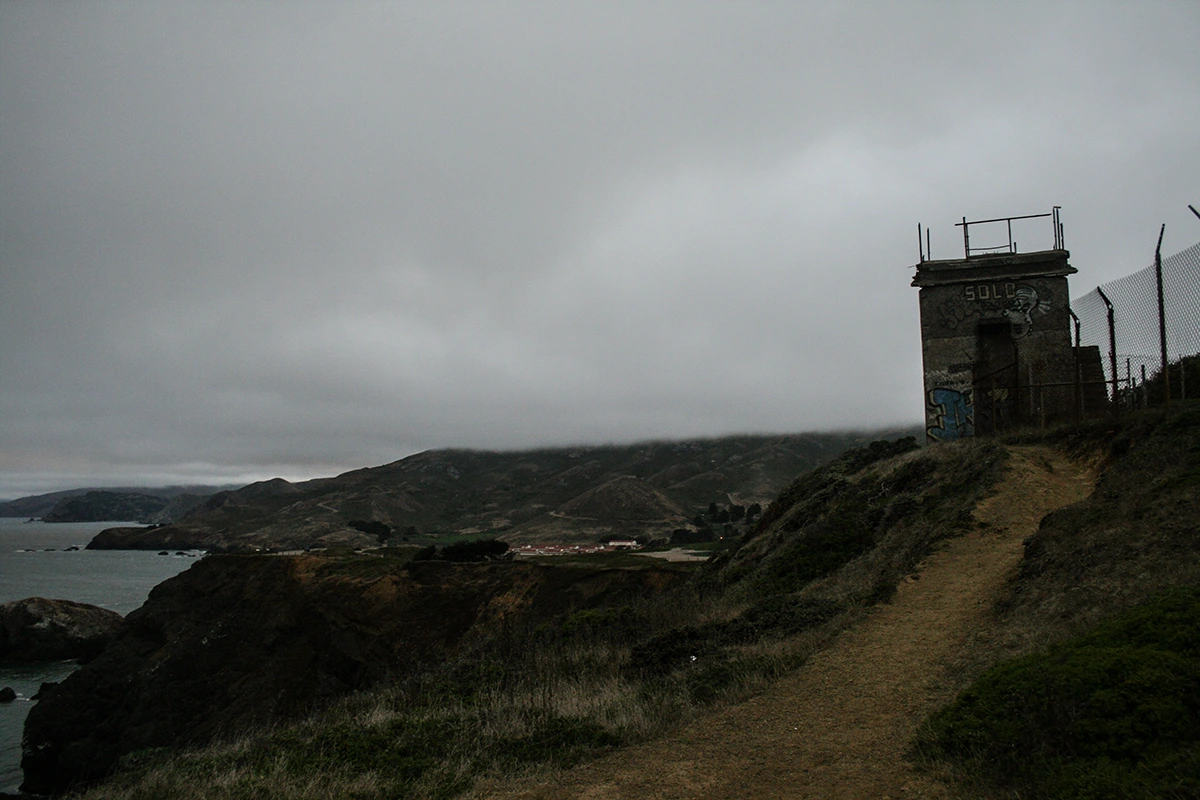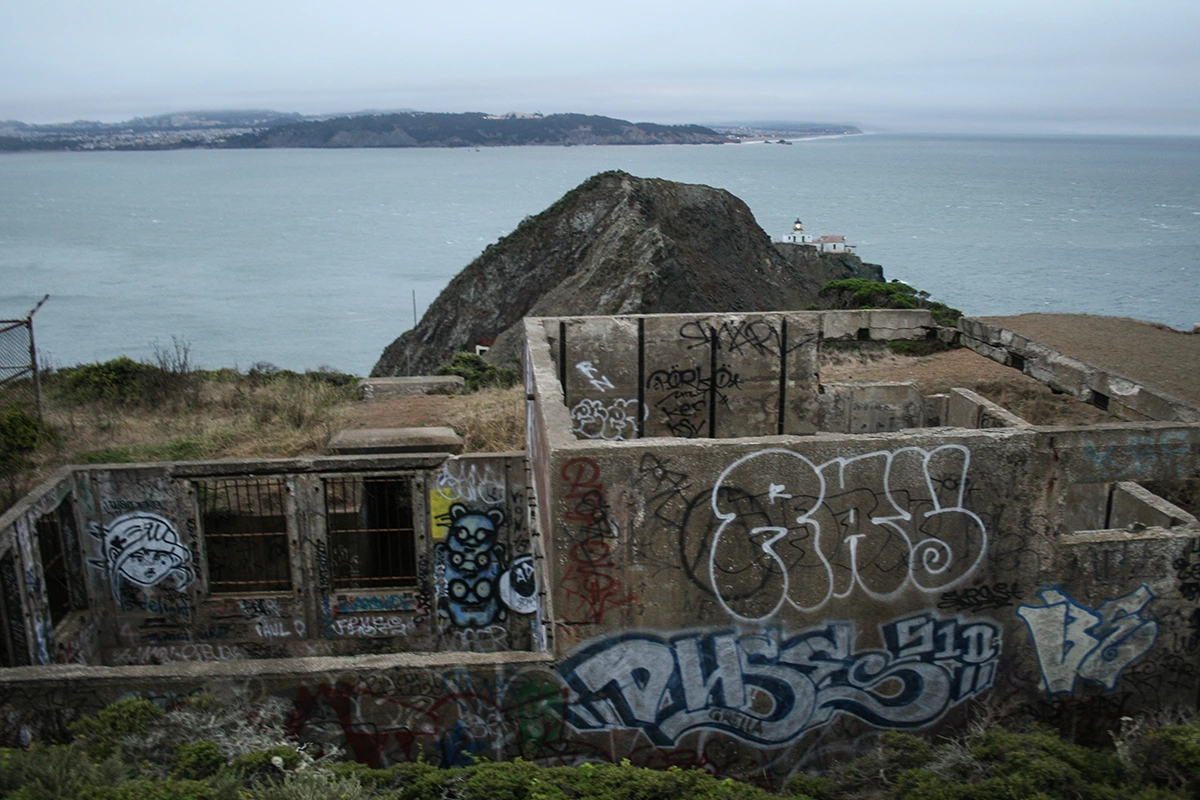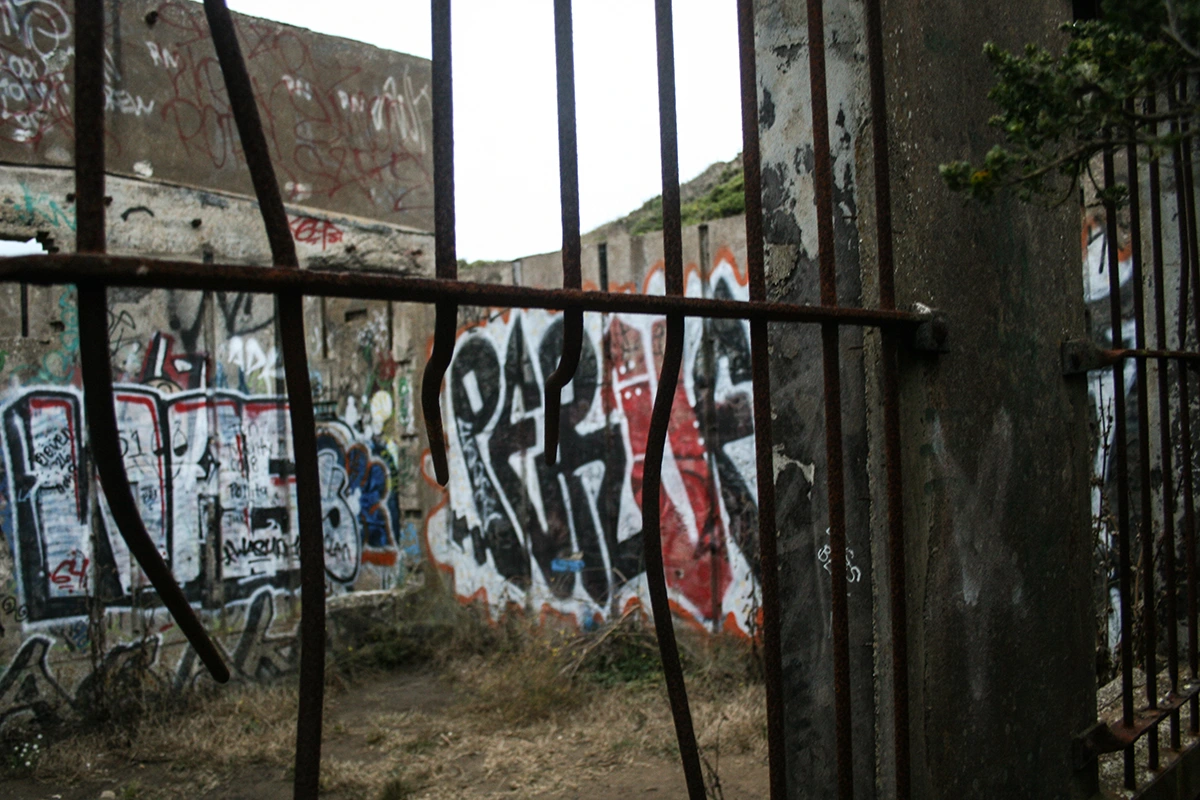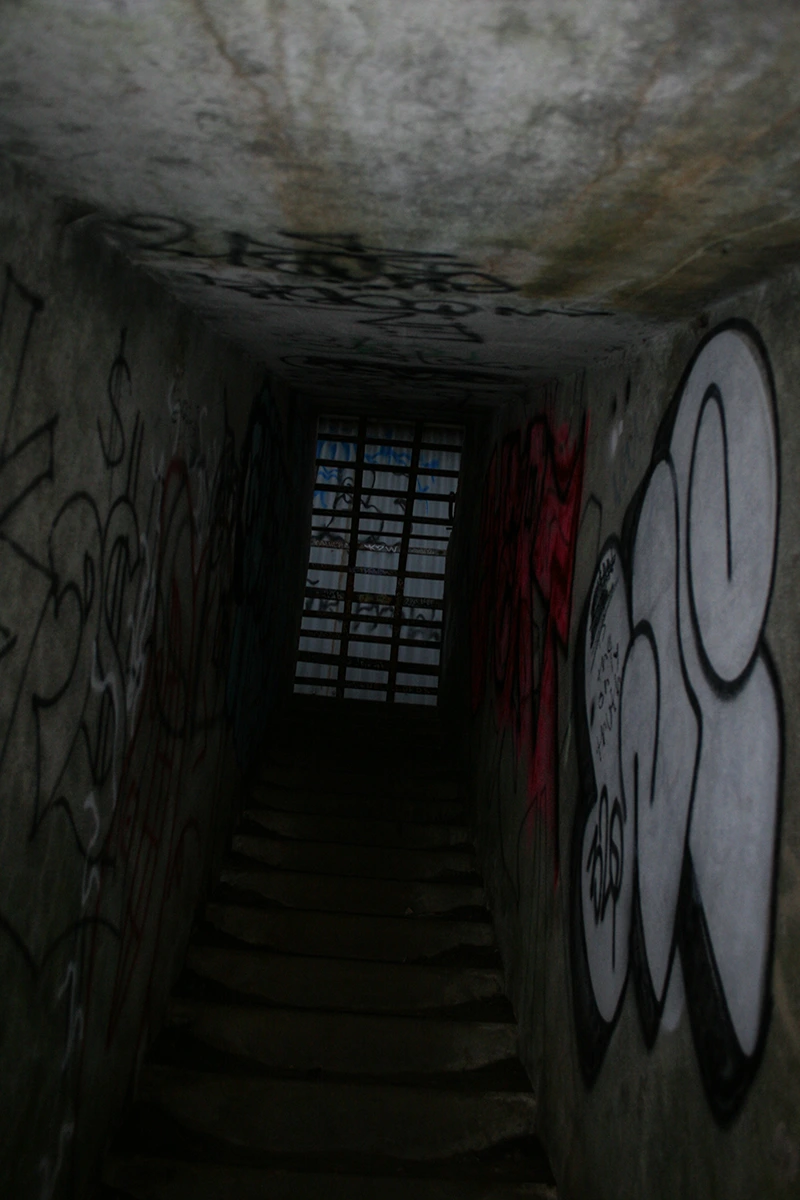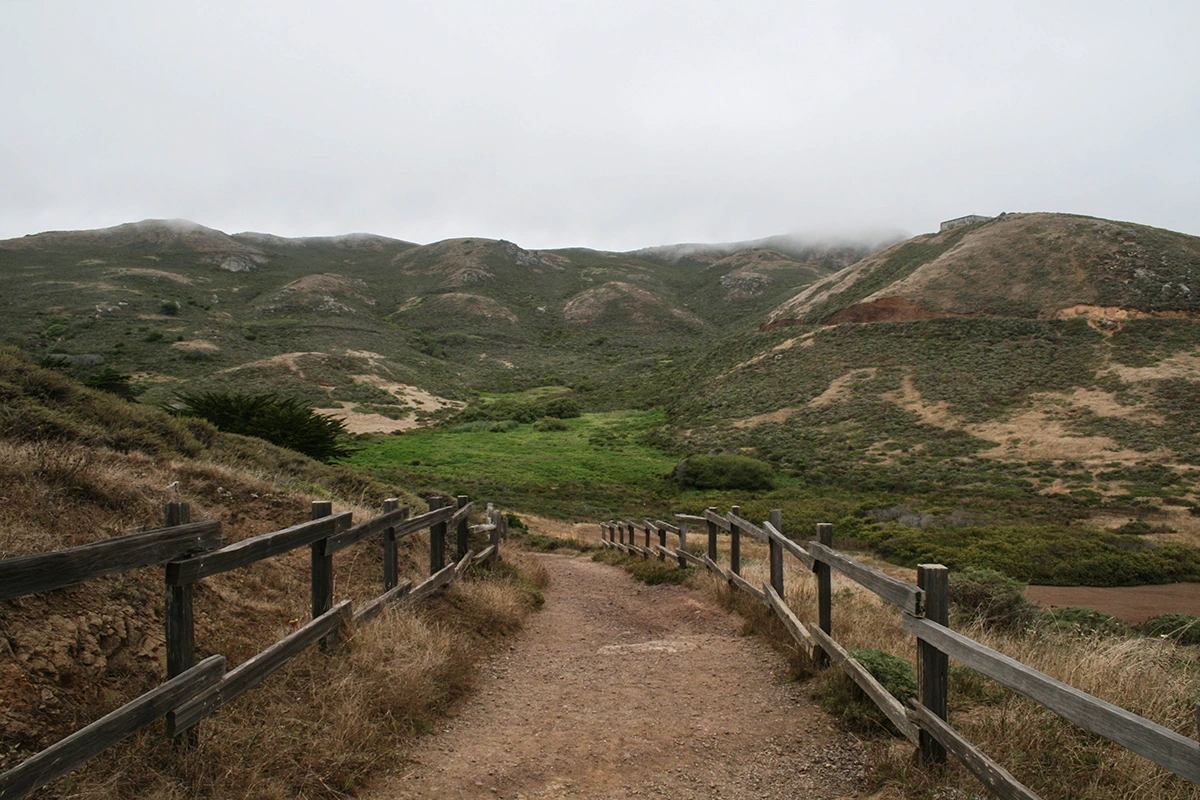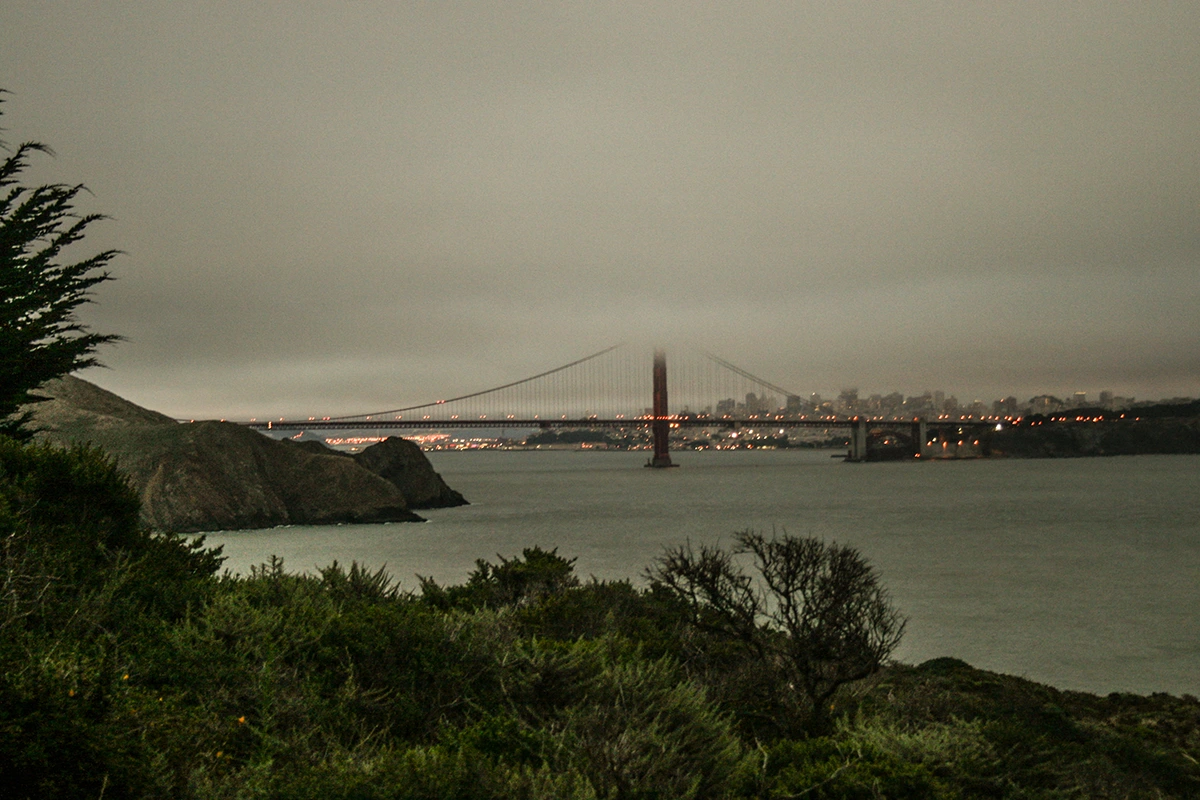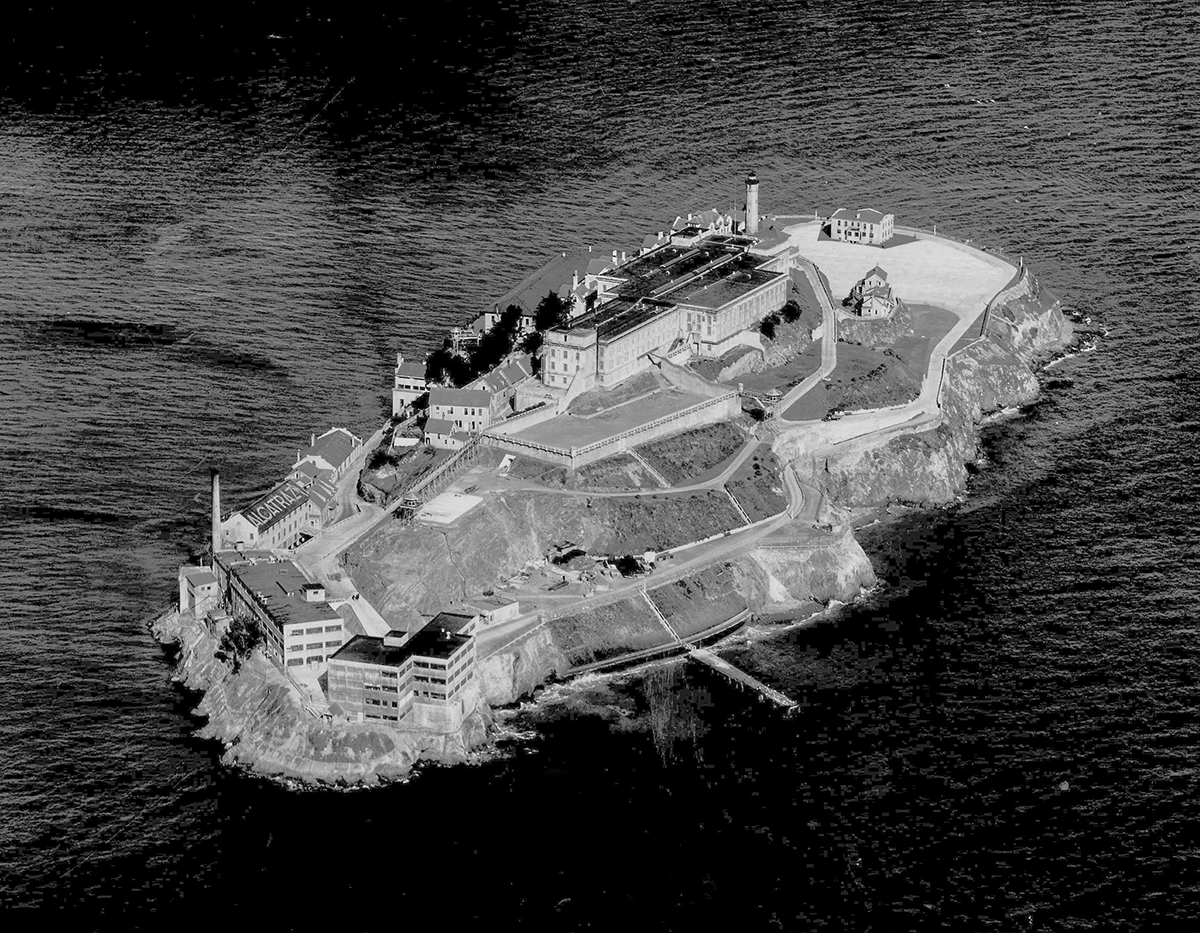Saturday, August 14, 2010
Trip Report - Part One
On August 11th and 12th, 2010, I had the opportunity to visit San Francisco, California. This post is Part One of a Three-Part trip report. See Pt. II [Nike Missile Base SF-88L] here. See Pt. III [ALCATRAZ] here.
I knew that I would be traveling a great distance alone so I packed everything I thought I'd need but it didn't seem like enough. We drove to the airport and I left Saint Louis behind. This flight included a layover in Denver, which is another place I had never been before. I stared out the airport windows at the unfamiliar Colorado terrain, feeling totally out of place. The 45 minutes or so I had to spend roaming the airport was a blur and before I knew it I was back in the air looking down at mountains from a seat 35,000 feet up in the sky. I had never seen mountains from above before. Eventually, Los Angeles came into view and I was back on earth. I stayed at a friend's place nearby, but I would set off on my own in the morning. I wanted to make it in time for a tour of the Nike Missile site in San Francisco before they closed and thus give my San Francisco adventure a proper, legitimate, start. Whatever else I got into, risking apprehension by the authorities for, at least I'd have permission to see an old missile base first.
I rented a Volkswagen Jetta in a small town north of Los Angeles and made the ~5 hour trip to San Francisco as fast as possible on route 5. I would be cutting it close, the place closes at about the time I was scheduled to arrive.. I drove 100mph most of the way despite all the ominous roadside warnings that read "Speed enforced by low flying aircraft". I had a different idea of what California would look like in person. My route stretched through what looked to me like a barren, Martian, landscape. I prayed the Jetta would hold up as I mashed the gas pedal and aimed my rented German spaceship onward to San Francisco, all the while keeping my eyes peeled for any suspicious low flying aircraft.. I was the last person in the gate at SF-88L as they were closing it and there was about 20 minutes left of the tour. I had already missed the beginning but they let me join in late anyway. Five minutes later and I wouldn't have made it in before they closed the gate. Totally worth it.
Having now seen the second most important location on the trip itinerary (next to Alcatraz, which was scheduled for the following day), it sunk in that I was now on my own in a city 2,000 miles from home. It was an incredible feeling. I had a vague idea of some old shore defense batteries hidden among the mountains and I set off in search of them. Battery Spencer was my next stop and it provided some of the most surreal views I've ever seen in person. One after the other, I frantically ran around to climb in, on and around all of the subsequent bunkers and various buildings I could fit into the remaining daylight. I was only going to be here for a short time and I knew I would regret anything that didn't involve adventure, so for the next 24 hours, aside from sleep and food, it was to be non-stop action.
I was at Battery Smith-Guthrie when the storm rolled in. The sun was setting, the clouds were filling the sky and I was on an old military base on the western edge of the continental United States, staring out into the endless expanse of ocean. Mountains behind me, ocean ahead and old military bases all around. Part of me never wanted to leave. But it was getting dark and the wind was blowing harder, pounding waves against the cliffs and the beach below. I had been too busy adventuring all day to worry about things like hotel rooms.. But now the day was ending and I needed to start thinking about those things. I figured I'd sleep in the car in a parking lot somewhere. I was near Fort Cronkhite and I didn't see any signs that said the area was closed after dark. But I couldn't sleep. I tried to get comfortable and it just didn't work. Hours went by.. Finally I decided to look for a hotel. Everything was booked and I wasn't even being picky. After driving late into the night, I located a cheap, smelly, place with cigarette holes in just about everything. Perfect.
The next morning, I headed out to Tiburon California where I would catch the ferry over to Angel Island. I hoped to see plenty of interesting things on the island and get back in time for Alcatraz. I got as far as buying a ticket and sitting on the boat when I began to seriously question whether I could make it back in time. I ran the numbers over and over. It was just too close, so I turned back and got off the boat right before it was about to leave. I couldn't risk missing out on Alcatraz. With my remaining time, I thought I'd head back over to the forts and bunkers for the stuff I hadn't gotten to on the previous day, then on to the grand prize.
The last of the mountain-top military bases I would visit was SF-87C, on Hawk Hill. I only had about an hour before my date with Alcatraz and needed to make it quick. Contrary to my plans,the road had been closed for construction. This meant that my only route was up the side of this mountain. I tried following the path at first, but it was designed to wrap around the long way, so I left it pretty quick to set forth on my own, straight through the unidentified shrubbery. The plant life here was completely foreign. It was all jungly desert plants to me. I didn't see anything I could recognize, let alone anything resembling poison ivy. I had hiked through plenty of it already the previous day and I felt fine, so I didn't think I'd have anything to worry about. Once at the summit, I had about 10 minutes to explore and photograph the site. It wasn't very large, but still very cool nonetheless. I felt sufficiently rewarded for my effort. But by this time, I was now running late. The shortest trip would be a straight line down to the bottom, right through the thickest of the plant growth. It was nearly impossible to step forward down the steep incline without tripping up and tumbling around. I needed to be at Pier 33 in about 30 minutes. I was getting frustrated with the slow progress. After falling several times, I realized the plants were actually fairly pleasant to land on.. Eventually, I had the brilliant idea to just go with it. So there I was, all alone, about two thousand miles from home, doing somersaults down the side of a mountain. I rolled and bounced down the soft, luxurious, shrubbery most of the way to the bottom. This made up for lost time. I got to the pier and used some of my bottled water to rinse off and I picked vegetation out of my clothes while waiting in line, pretty happy with myself for having seen so much in my short time here-it hadn't even been 24 hours yet...
The next day, I woke up extremely uncomfortable. I felt itchy. All over. Itchy is an understatement. I felt like the itch of hell had been summoned all over my body. The nefarious itch demons didn't spare any part of me. And there existed no anti-itch god capable of banishing the hell that was unleashed that day. My right eye was swollen shut. My arm would go on to swell to about double the normal size. Flesh bubbles formed on top of flesh bubbles. I didn't even have to scratch them for them to break open. It was possibly the worst experience of my life. If that wasn't bad enough, we had an 1,800 mile/26 hour drive ahead of us back to Saint Louis. Through the desert. With no AC. The Mojave Desert is a hot fucking bastard. And the high desert was nice, compared to the low desert. You could feel it hit like a wall of fire as you drove through. We stopped at a gas station in a town whose name I'm certain I remember clearly. It was "hot ass desert fucking middle of nowhere-ville". I wondered if my insides were swelling too.. There's no hospitals around... FUCK... I'M DYING IN THE DESERT WITH POISON IVY ON MY DANGLY BITS.. And somehow, I always knew I'd go out like this.. We ordered subway. As we waited for the food, I looked in a mirror at the hideous freak looking back at me through its one good eye. Finally we got out of the desert and into more hospitable climes. We made it to Oklahoma by the time I started losing feeling in my arm. I was starting to worry. Once I lost feeling to my fingers for good, I decided we should probably find a place to get this checked out. Crazydrummerdude got us to the nearest emergency room which turned out to be a tiny little out-of-date looking shop. They loaded me up on steroids and shots and eventually the swelling went down. After about a week, I transformed back to normal from my mutant self.
After thoroughly exploring everything I could squeeze into a single day in San Francisco, I finished it off with a visit to Alcatraz on the following day, which is part III of this trip. But first, I visited the only restored Nike Missile Base in the country, in Pt. II [Nike Missile Base SF-88L] here. See Part III here.
All historic photos are courtesy of San Francisco History Center, San Francisco Public Library, Library of Congress, and the National Park Service
A long drive...
Battery Spencer
"For half a century, Battery Spencer was one of the most strategically important sites guarding the Golden Gate. Construction started in 1893 and was completed in 1897. Under the provisions of War Department General Order 16, dated 14 February 1902, it was named for Major General Joseph Spencer of the Continental Army, a hero of the Revolutionary War, who died in 1789. It was initially armed with three M1888 12-inch breech loading rifles (Made at Waterlieviet Arsenal and serial numbered 10, 16, and 17) mounted on M1892 barbette mounts (made at Watertown Arsenal and serial numbered 1, 4, and 5.) In 1917 one gun was removed to rearm Battery Chester at Fort Winfield Scott. The remaining two guns were removed and scrapped in 1943."
Source: militarymuseum.org
Begin Historic Photos
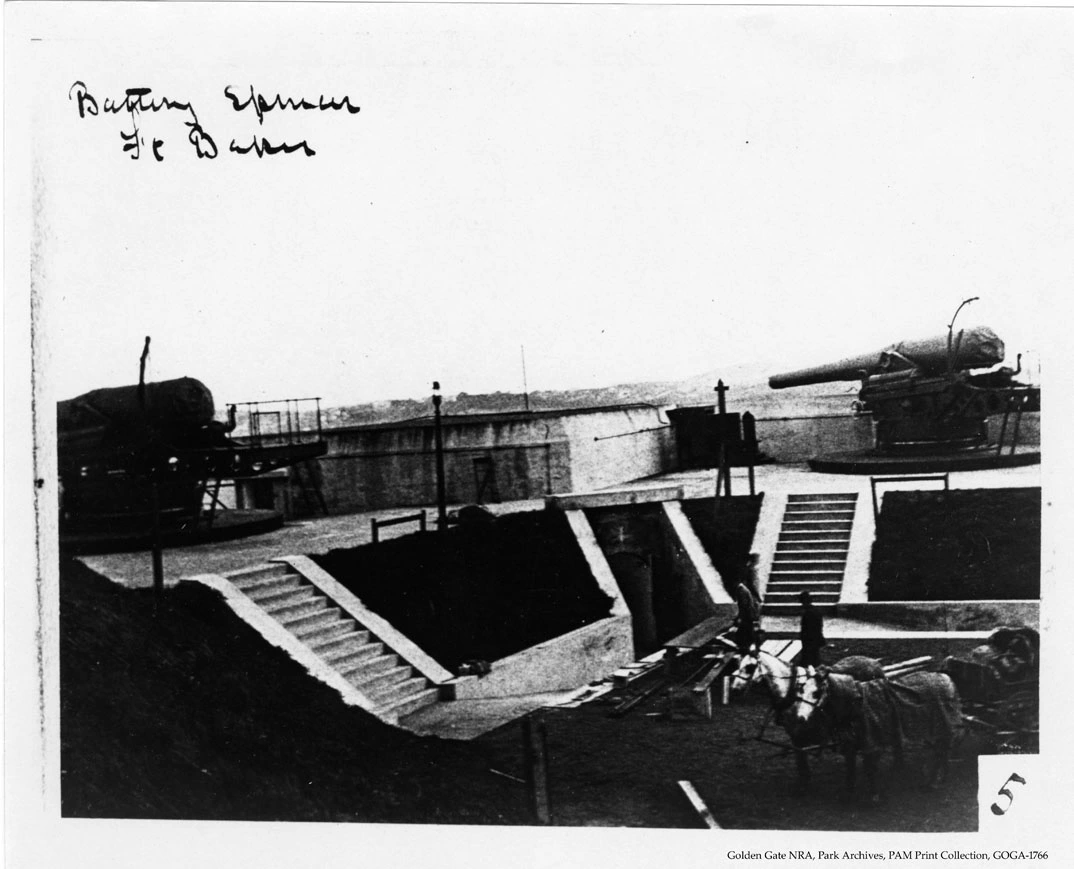
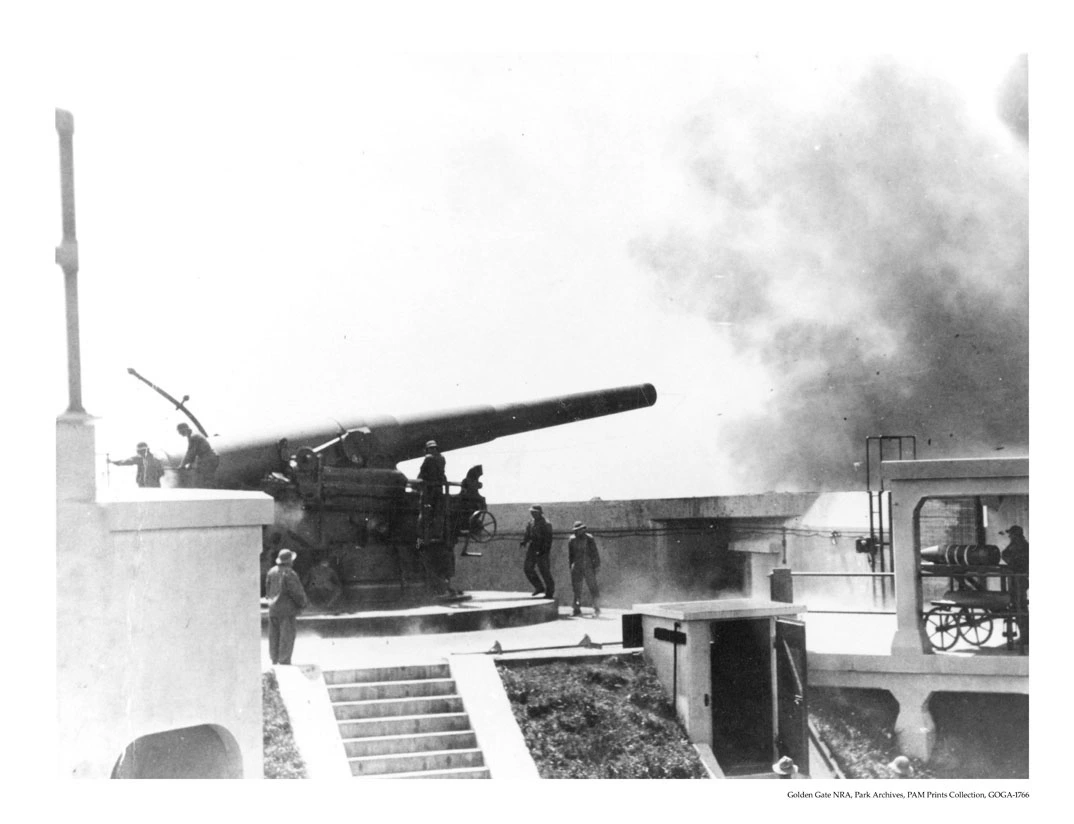
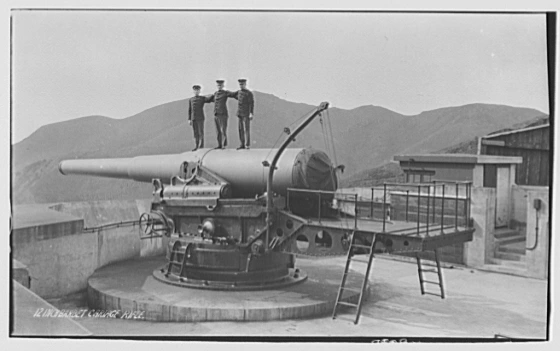
End Historic Photos
Battery Smith-Guthrie
"The emplacement was named on December 27, 1904 in honor of Captain Edwin Guthrie, 15th Infantry Regiment, who died in action at La Hoya during the Mexican War in 1847.
In 1922, Battery Guthrie was divided for better management of the weapons, and the two guns on the left flank were named on March 22 for Hamilton A. Smith, a West Point graduate killed in action at Soissons, France, during World War I in 1918.
During World War II the guns from these two batteries were used to defend the minefields outside the Golden Gate from minesweepers. The battery was inactivated in 1945 and its guns scrapped soon thereafter. "
SOURCE: militarymuseum.org
Begin Historic Photos

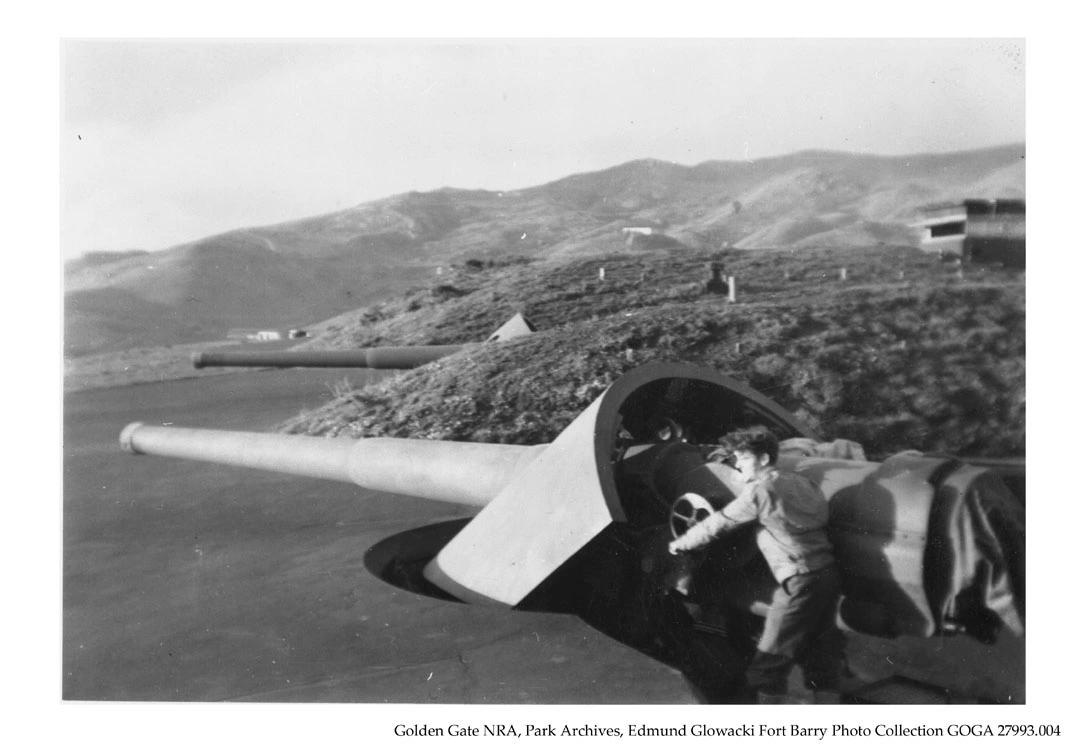
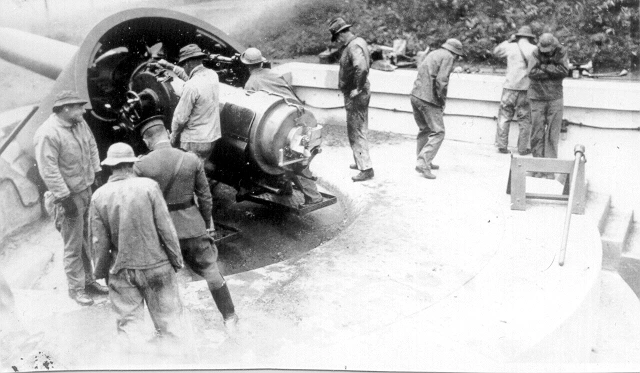
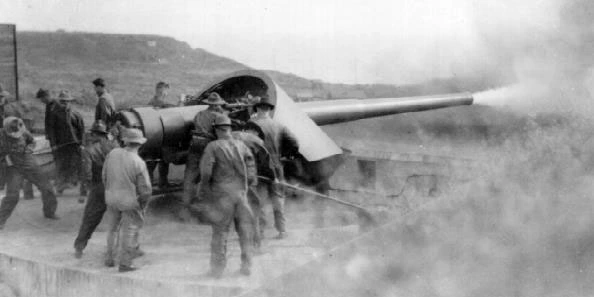
End Historic Photos
Nike Missile Base SF-87C IFC Control Site, Hawk Hill San Francisco
This one would have been a piece of cake, had the road not been under construction. They wouldn't let me through, so I had to hike through the mountains to get there. This trek earned me a horrible itching, blubbly, festering rash across most of my body without sparing the more sensitive areas. The next few days would be some of the worst experiences of my life up to this point. But.. I mean.. it was totally worth it. Apparently you can now drive up here and park right next to this thing. lol.
Battery Alexander
"Commenced in October 1901, this eight-mortar battery, smallest mortar battery in the defenses of San Francisco, was armed with breech-loading 12-inch mortars, all Model 1890 manufactured by the Waterlievet Arsenal with serial numbers 145 through 160. These were mounted on model 1896 Mark I carriages with serial numbers 277 through 284. These carriages were all maufactured by the Rarig Engineering Company. The battery was named on November 22, 1902 in honor of Colonel Barton S. Alexander of the Corps of Engineers, an associate of Colonel George Mendell's and the senior engineer on the Pacific Coast, who had died in 1878.
This battery saw service from 1905 to August 1943, its armament was dismounted and salvaged in 1943, and sold for junk."
SOURCE: militarymuseum.org
Begin Historic Photos
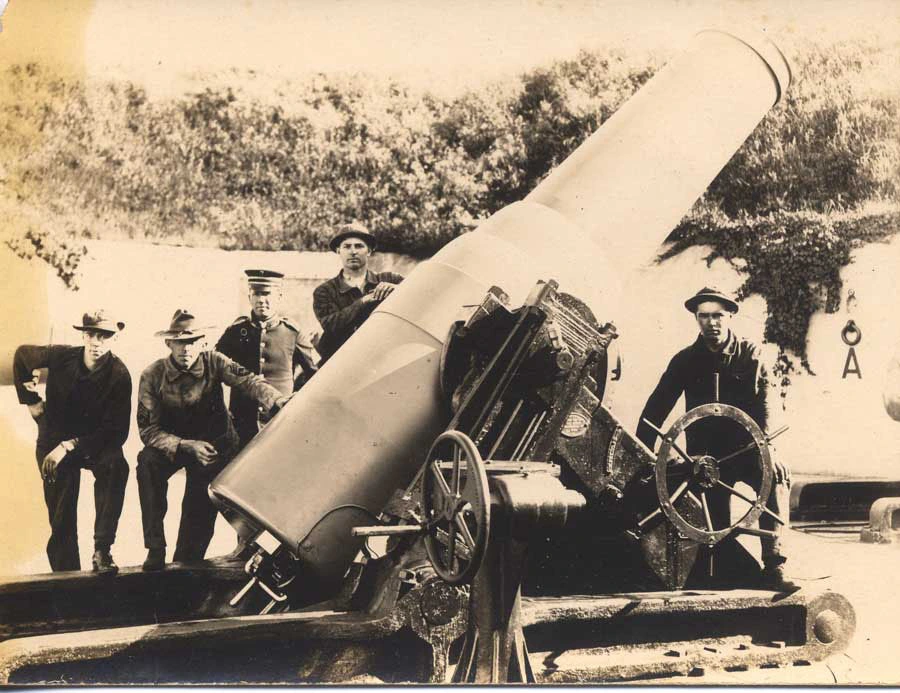
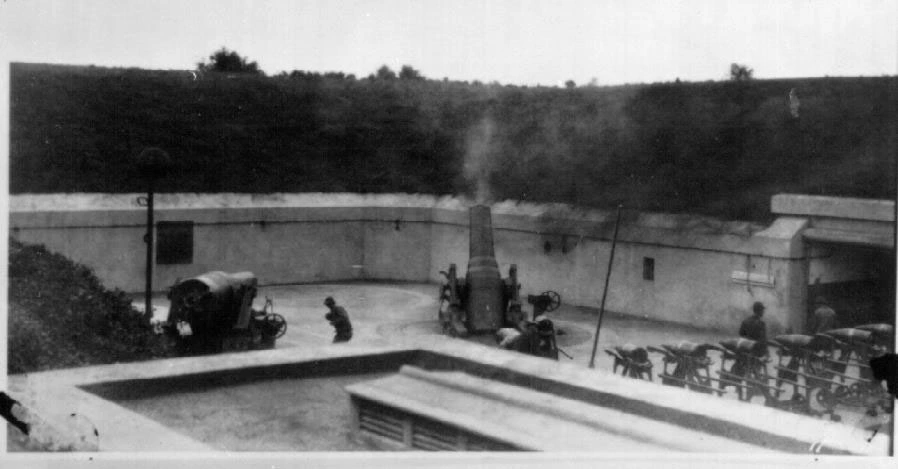
End Historic Photos
Battery Townsley - Fort Barry
"Battery Townsley was a casemated battery that mounted two 16-inch caliber guns, each capable of shooting a 2,100 pound, armor-piercing projectile 25 miles out to sea. The guns and their associated ammunition magazines, power rooms, and crew quarters were covered by dozens of feet of concrete and earth to protect them from air and naval attack.
This battery, named in honor of Major General Clarence P. Townsley, a general officer in World War I, was considered the zenith of military technology and was the result of careful, long-term planning. As early as 1915, the army was eager to construct the 16-inch gun batteries at San Francisco, and by 1928, the decision had been made to install two batteries near the city, one on either side of the Golden Gate straits. By 1940, Battery Townsley was completed and its two guns installed."
SOURCE: militarymuseum.org
Begin Historic Photos
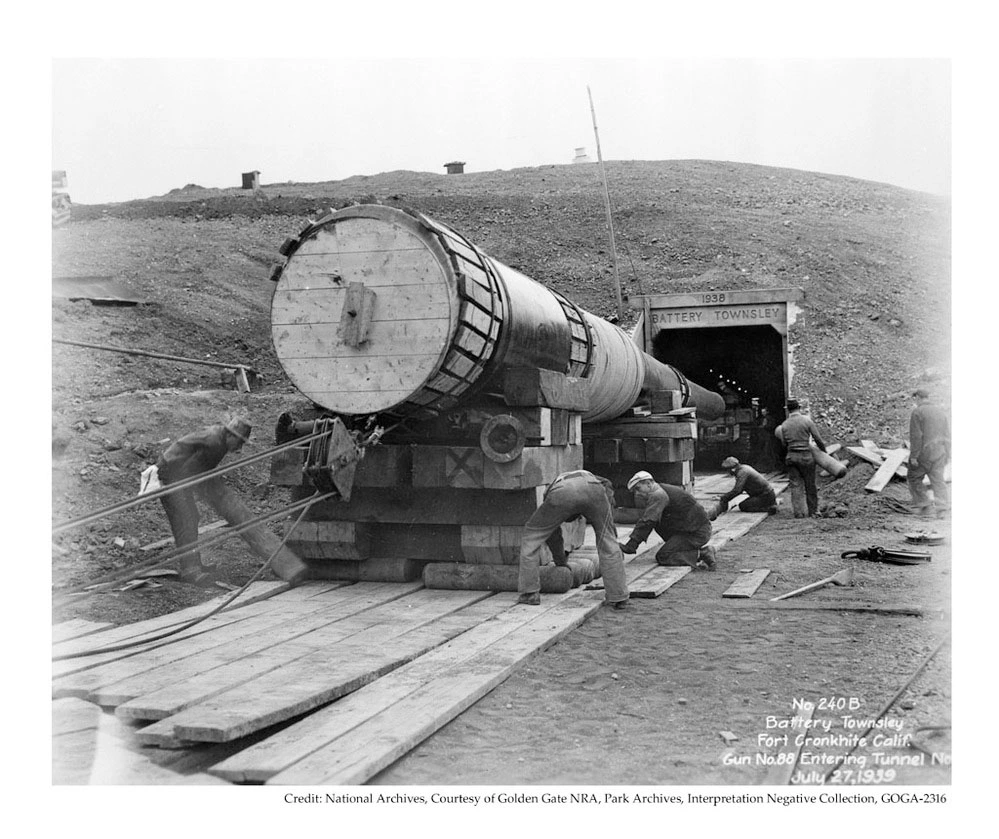
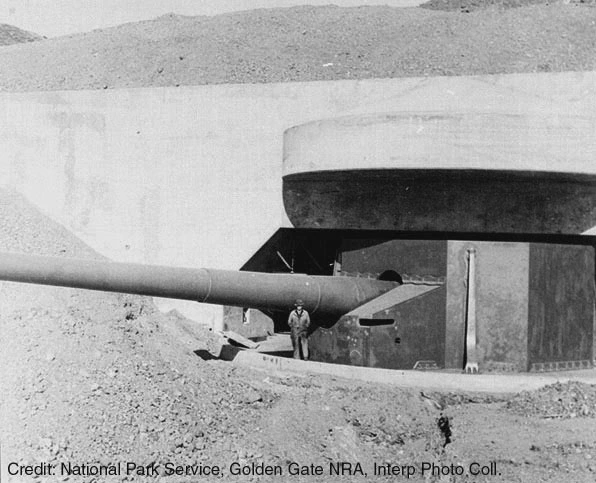
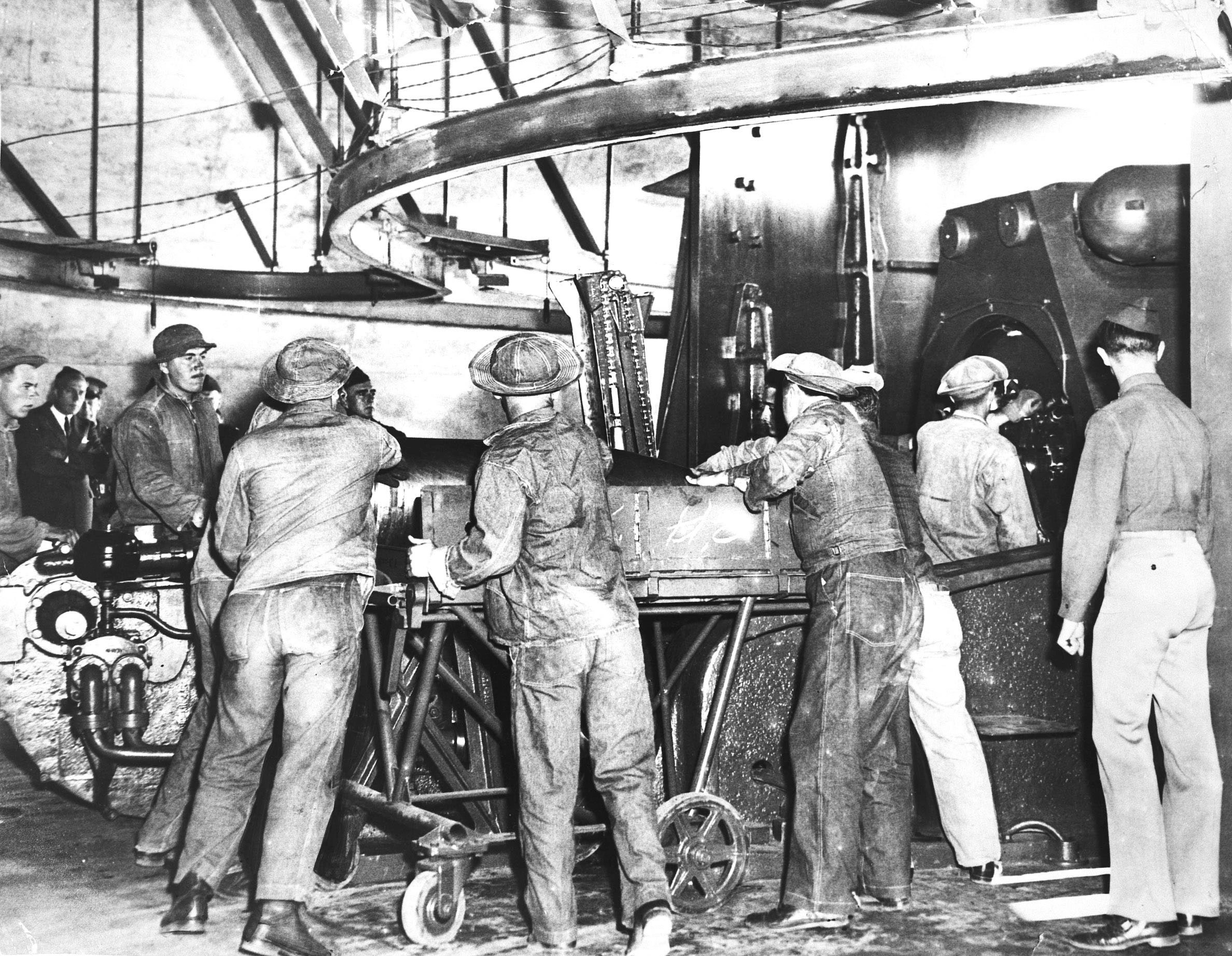
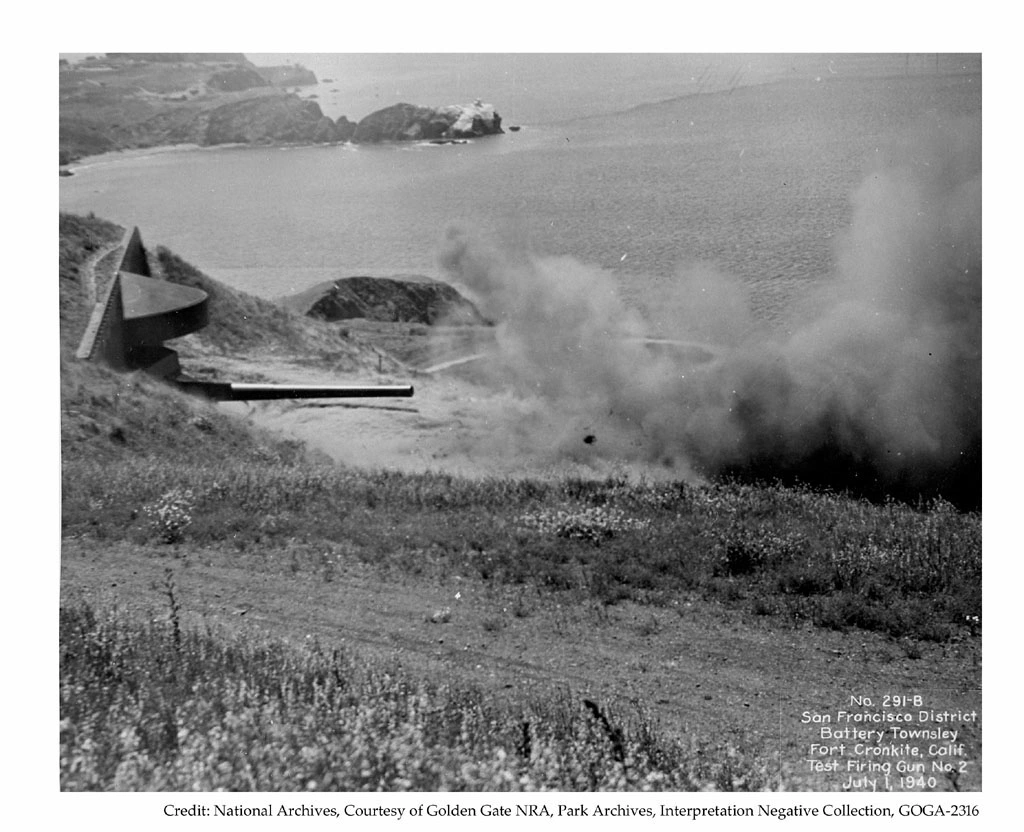
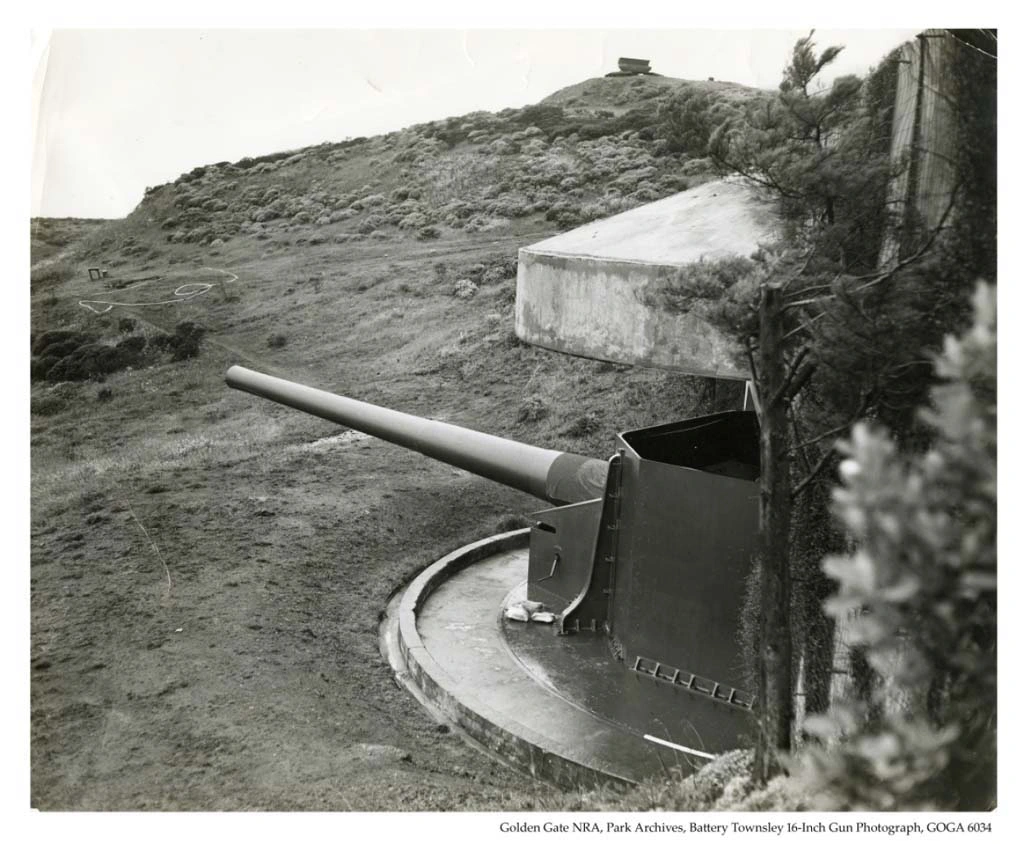
End Historic Photos
Battery Mendell
"Battery Mendell was the first of the batteries built at Fort Barry. Construction was started in July 1901 and was completed in 1902.
On 22 November 1902, War Department General Order 120 named the battery after Colonel George H. Mendell, Corps of Engineers. In 1905, two M1895A4 12-inch breech loading rifles (numbers 4 and 6) made by the Bethlehem Steel Company arrived on site. They were mounted on disappearing carriages (Model 1897, numbers 30 and 31) fabricated by the Midvale Steel Company. These guns fired a 1,100 pound projectile over eight miles.
These guns remained emplaced until 1943, when the threat of imminent invasion was over and more modern Battery Elmer J. Wallace was reactivated following that battery being casemated. The guns were removed and scrapped that same year."
SOURCE militarymuseum.org
Begin Historic Photos
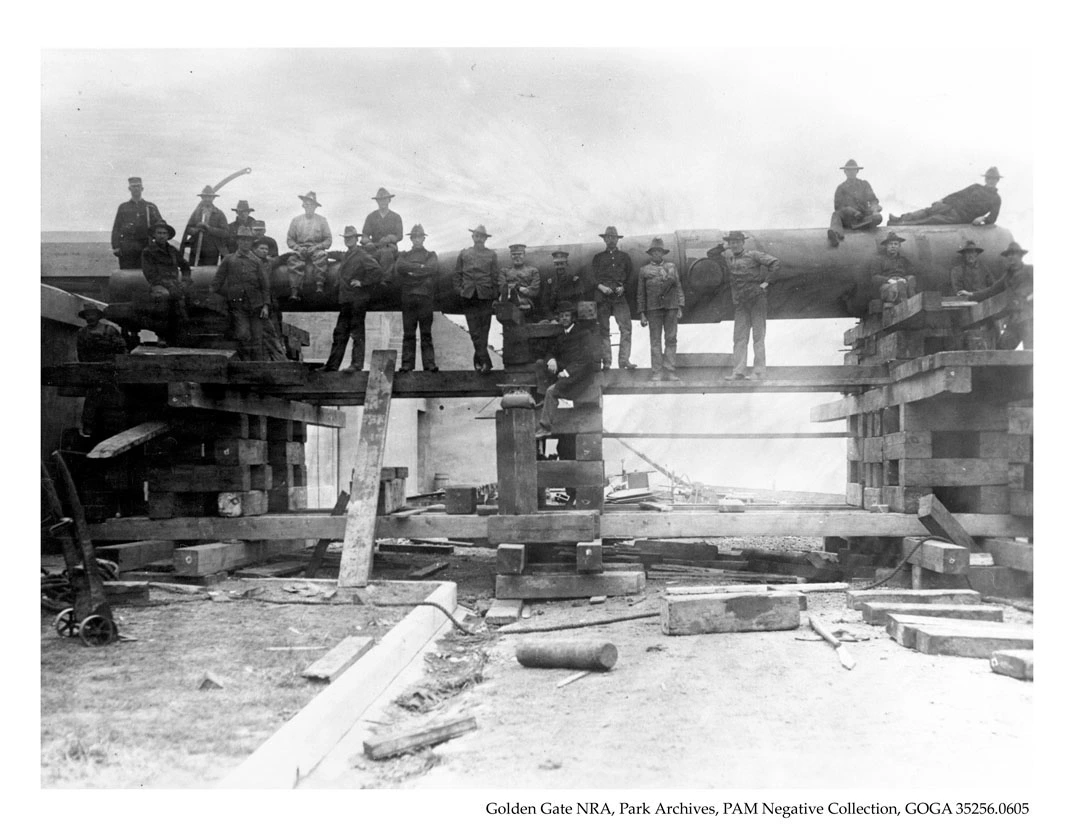
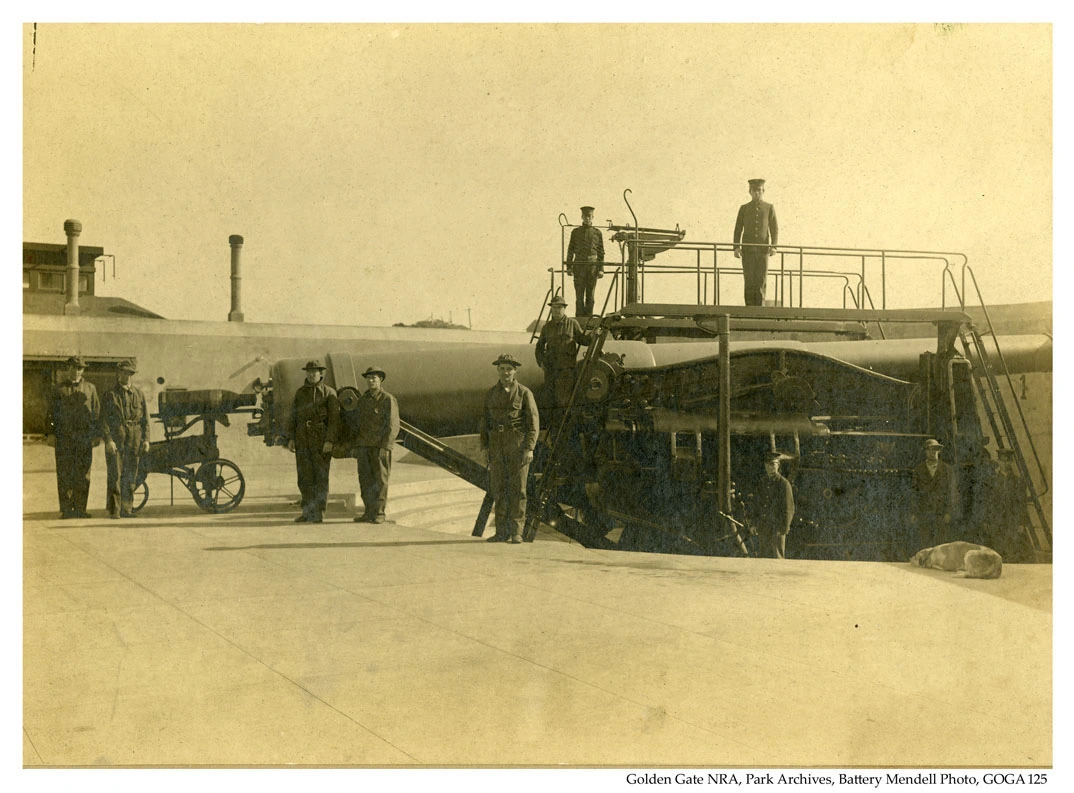
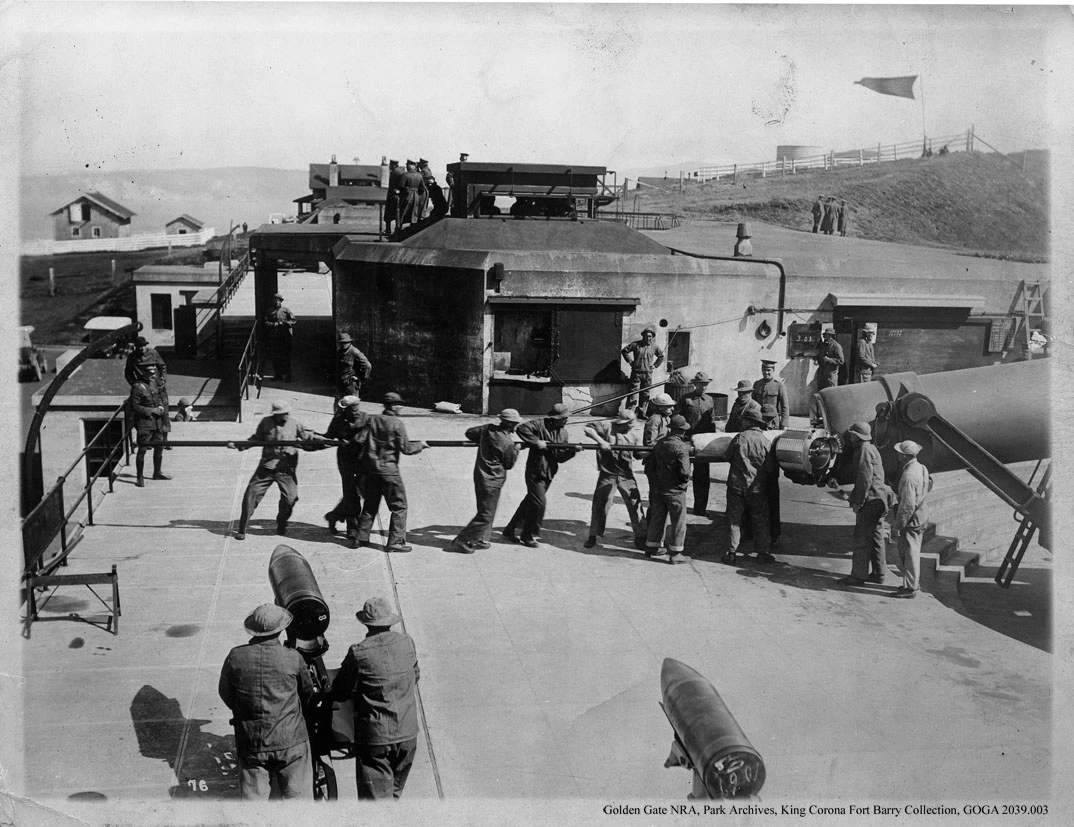
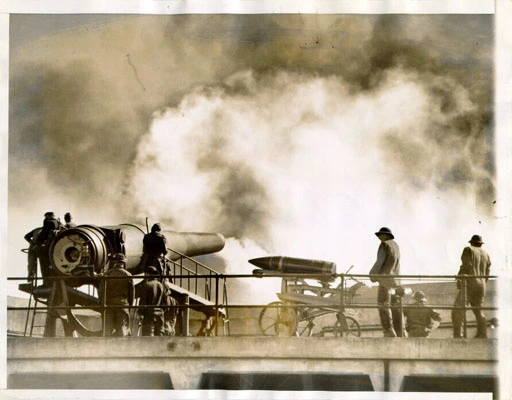
End Historic Photos
Battery O'Rorke
"Battery O'Rorke was built to mount four 15-pounder, 3 inch guns, serial numbered 90, 91, 92 and 94, on Model 1903 pedestal mounts. The battery was named in honor of Colonel Patrick Henry O'Rorke. Colonel O'Rorke, at native of Ireland and a graduate of the U.S. Military Academy at West Point, was killed at the age of 27 at the Battle of Gettysburg during the Civil War in July 1863.
Each gun could fire shells weighing 15 pounds a distance of five miles. These small guns were important because they could be loaded and fired more rapidly than larger weapons. The guns were located at their location to prevent enemy landings on Rodeo Beach.
The battery was inactivated in 1945 and its guns scrapped in 1946."
SOURCE militarymuseum.org
Battery Wallace
Battery Wallace was originally constructed as an open firing platform in 1919. The Endicott period Model 1895A4 12 inch coastal rifles mounted on the more modern Model 1917 Carriage extended the range of the older gun from eight miles to 17 miles. The battery was named after Colonel Elmer J. Wallace, a Coast Artillery Officer who was killed in France in 1918.
The threat of aerial attack led the Army to develop overhead cover for the battery's two guns. Between 1942 and 1944 the battery was casemated with a steel reinforced concrete ceiling and covered with blast absorbing earth and camouflaging vegetation.
By 1948, Battery Elmer J. Wallace was considered obsolete. The Army abandoned it and scraped its massive guns."
SOURCE: militarymuseum.org
BONUS BUILDINGS
This was on the side of a cliff:
The building on the top of this hill caught my eye:
So I got on the roof. It was otherwise sealed up, yet covered in Graffiti. Decent view, though. That's SF-88L in the distance on the right-hand side:
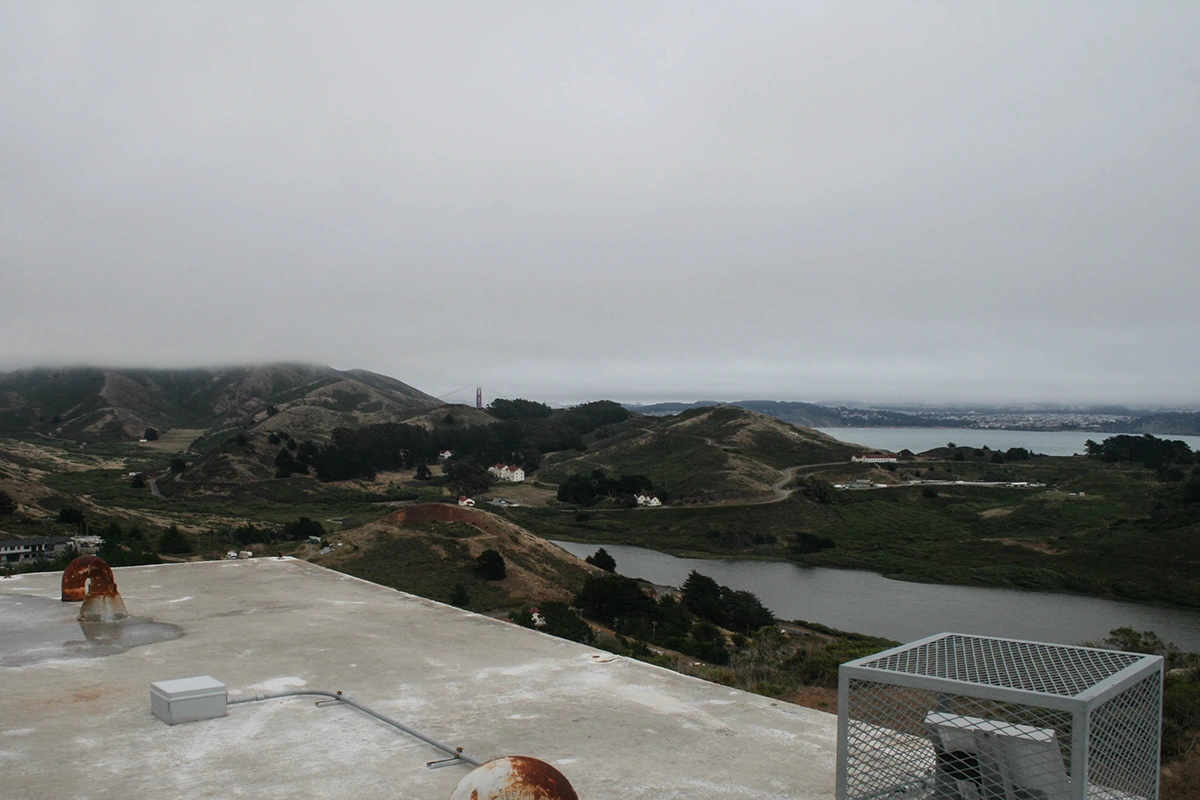
The last photo I took of my first (and only) night in San Francisco:
Labels: adventure, Bunkers, california, explore, guns, industrial, military, mountains, Nike Missile, roadtrip, San Francisco, sf-87c, SF-88l, storytime, war
